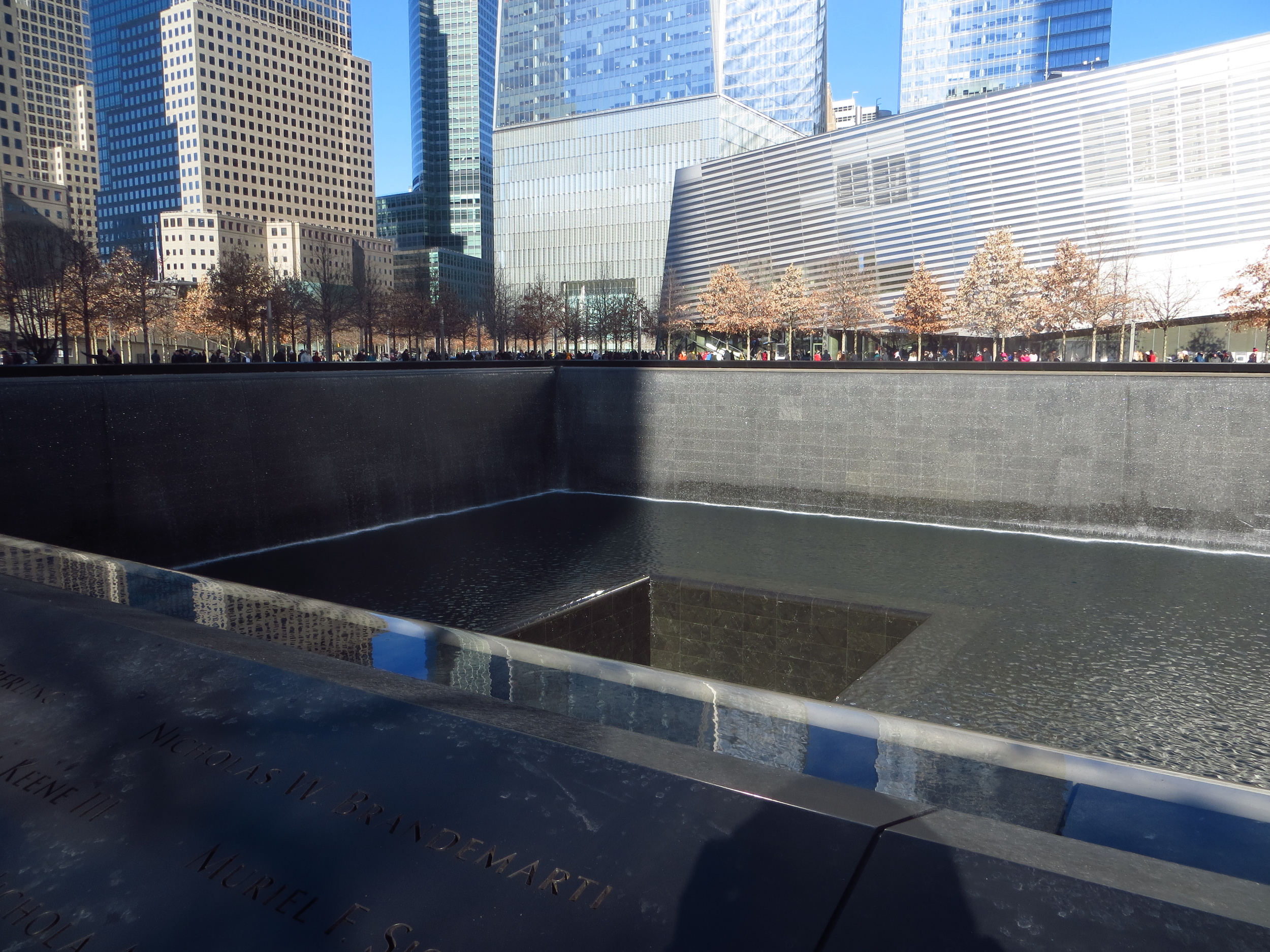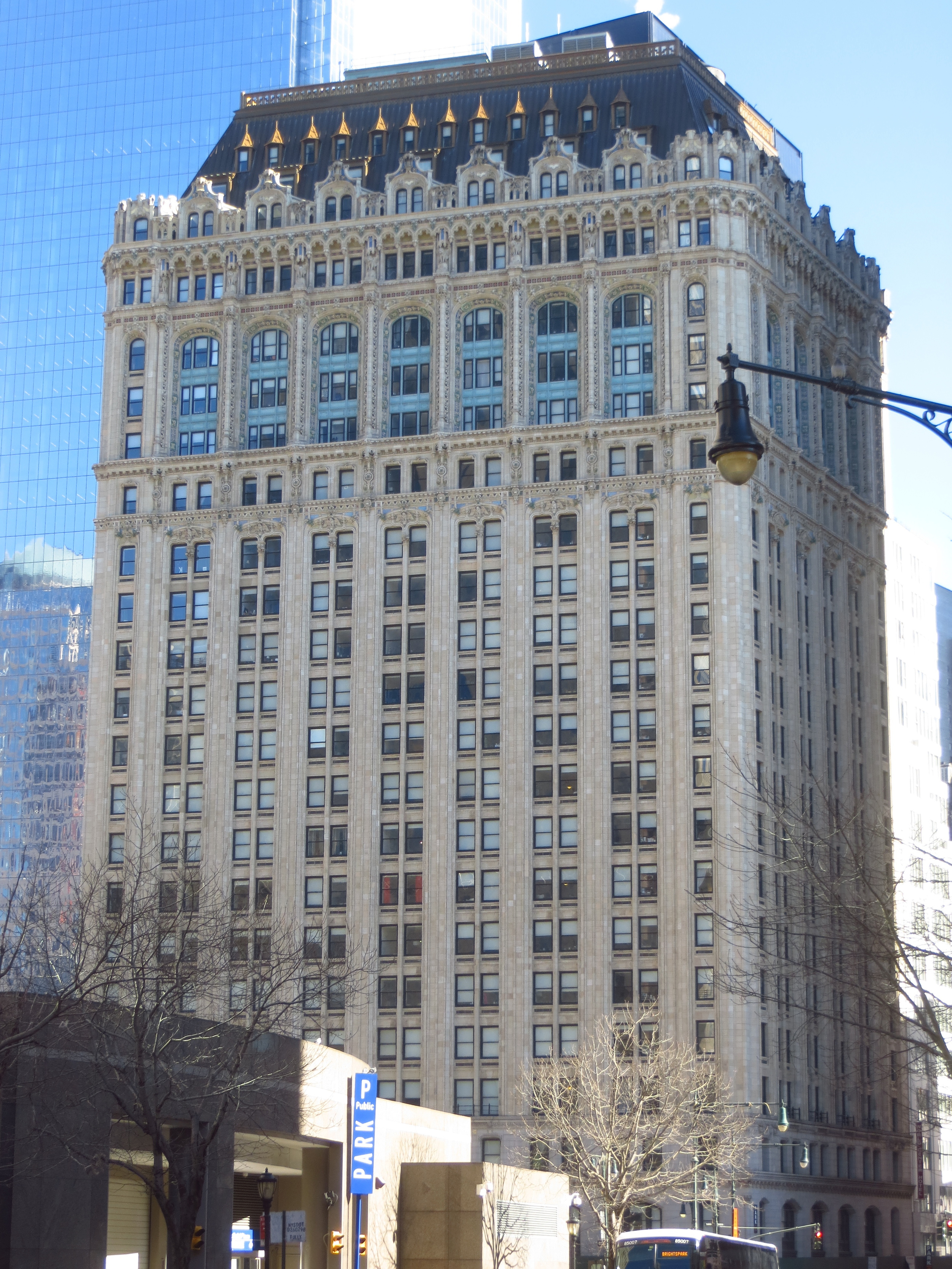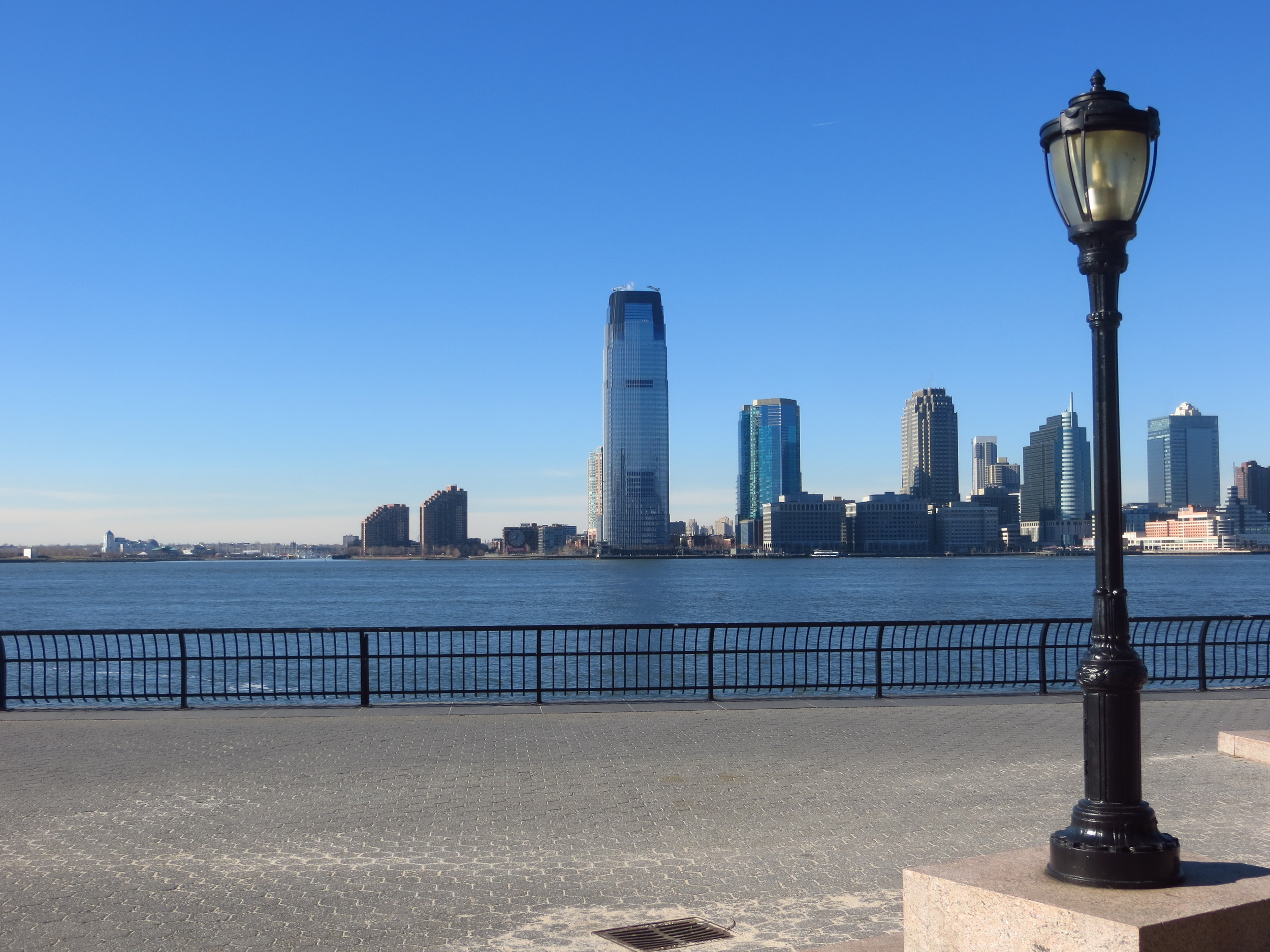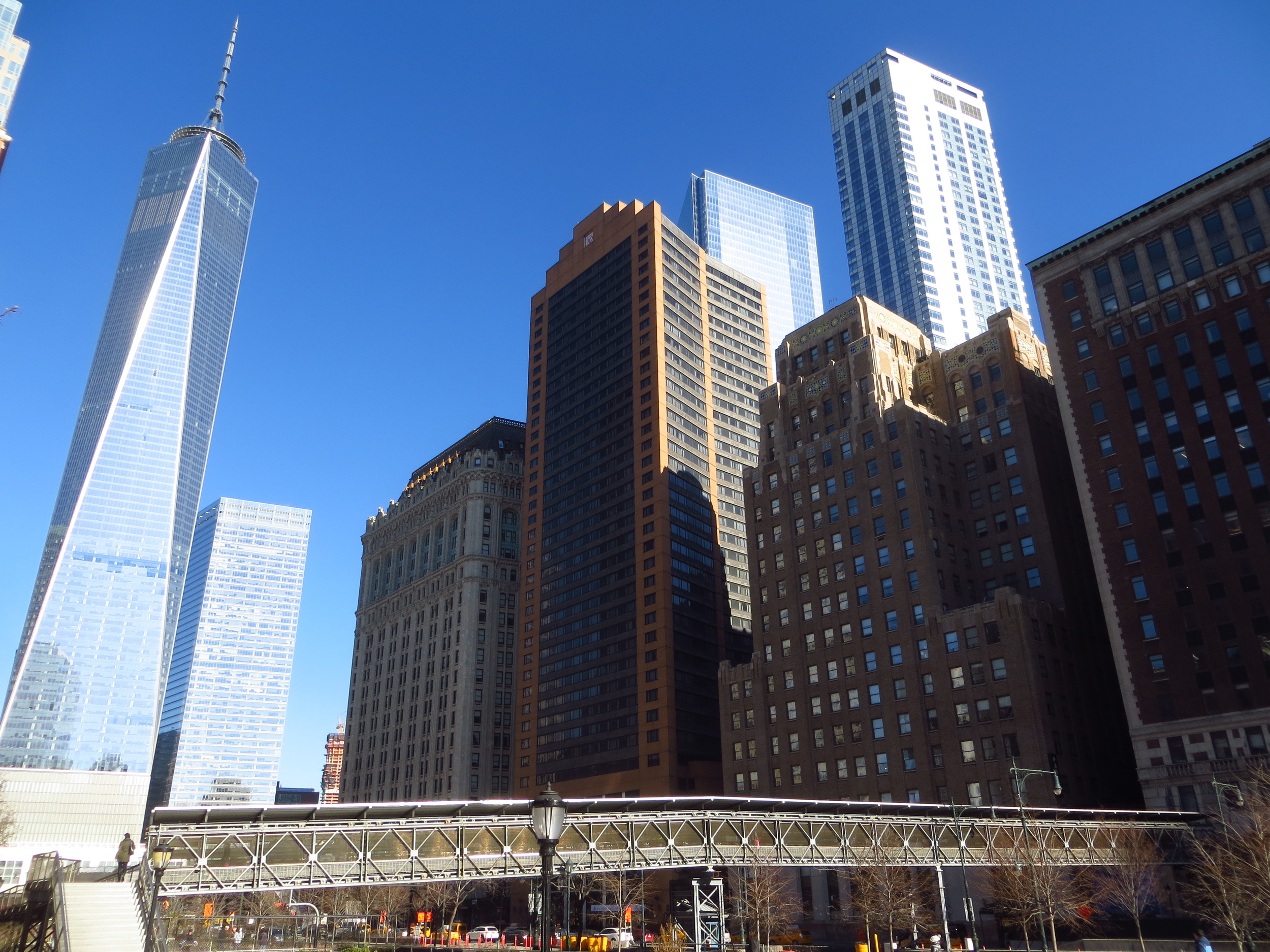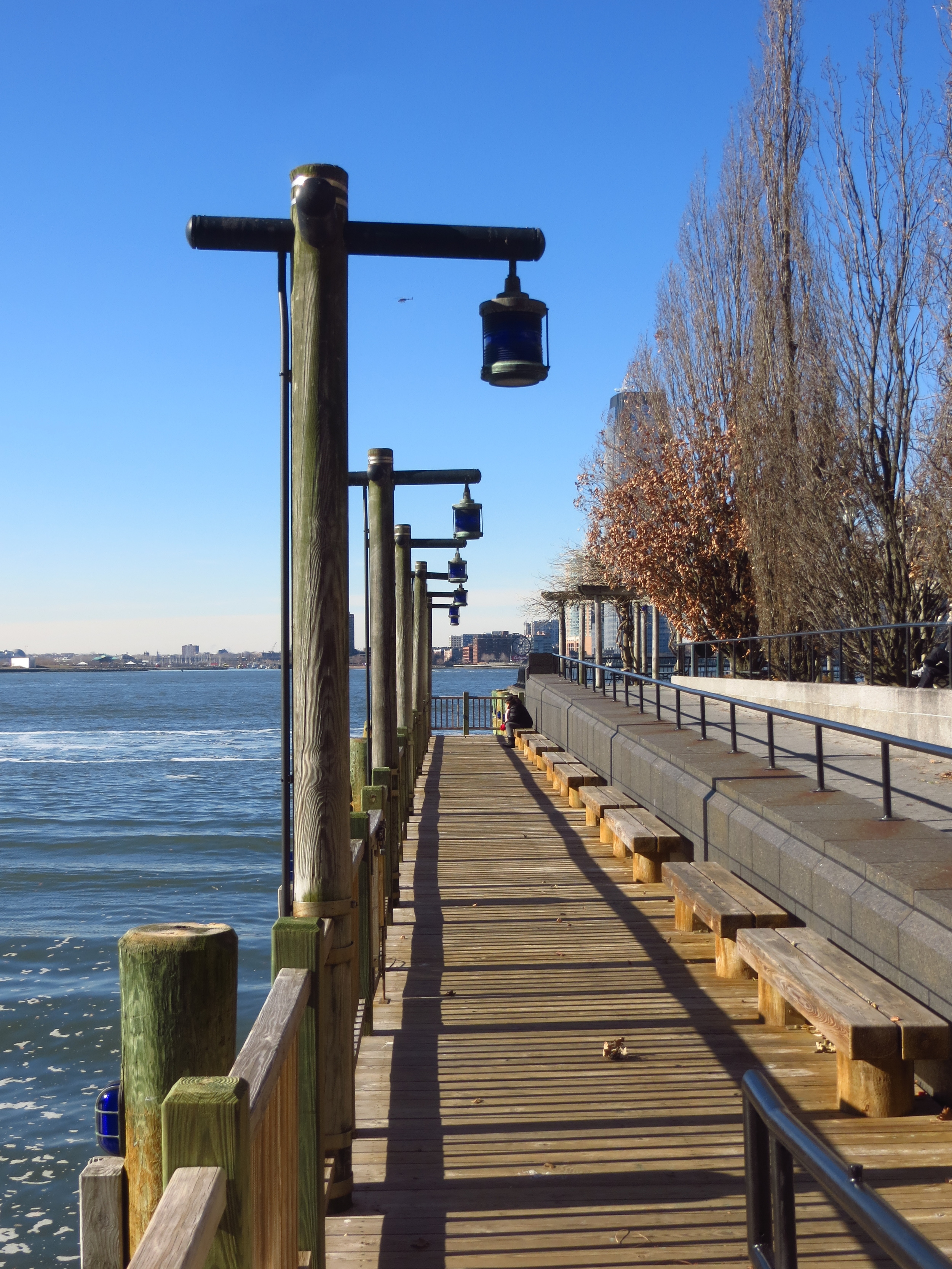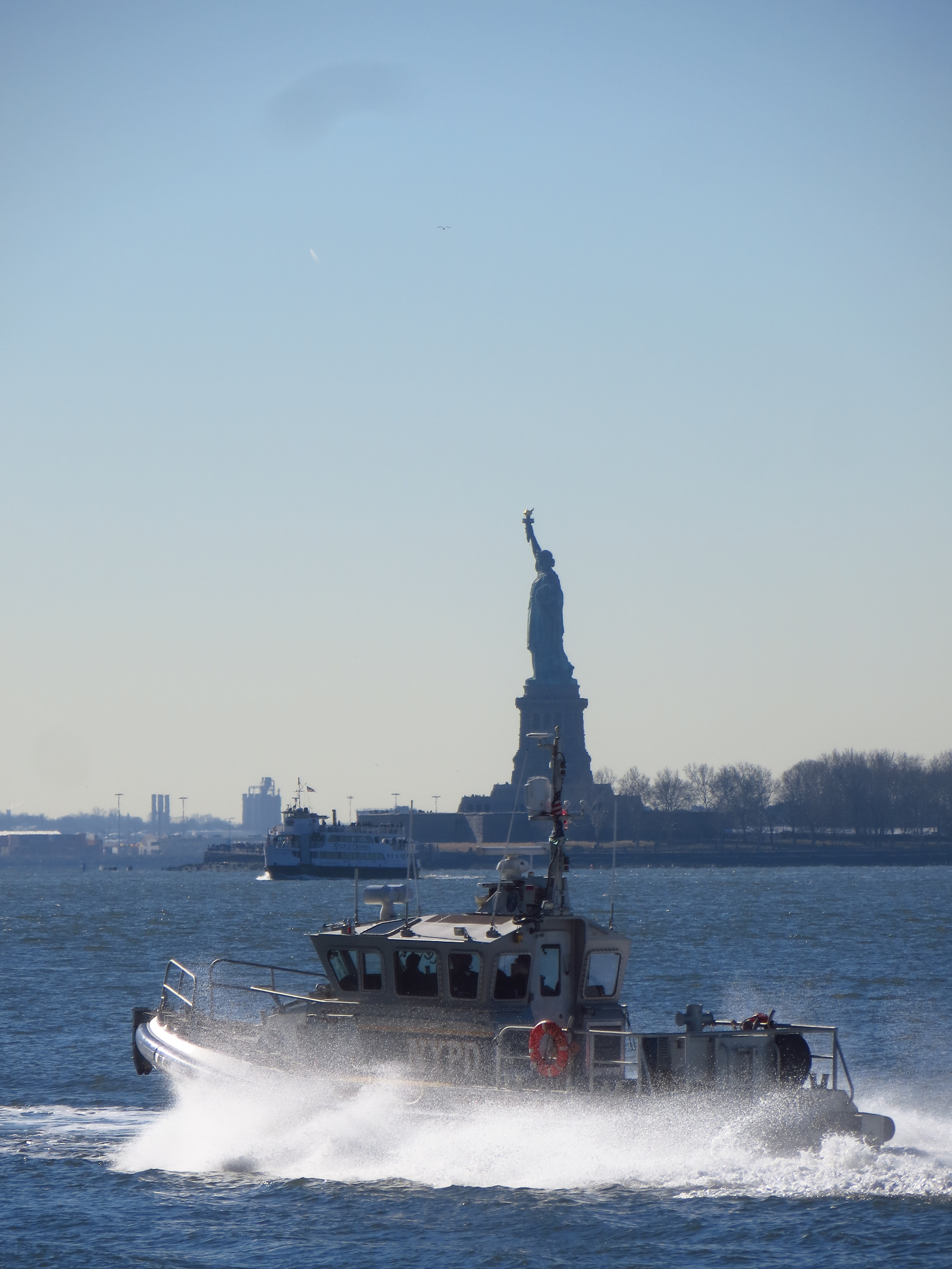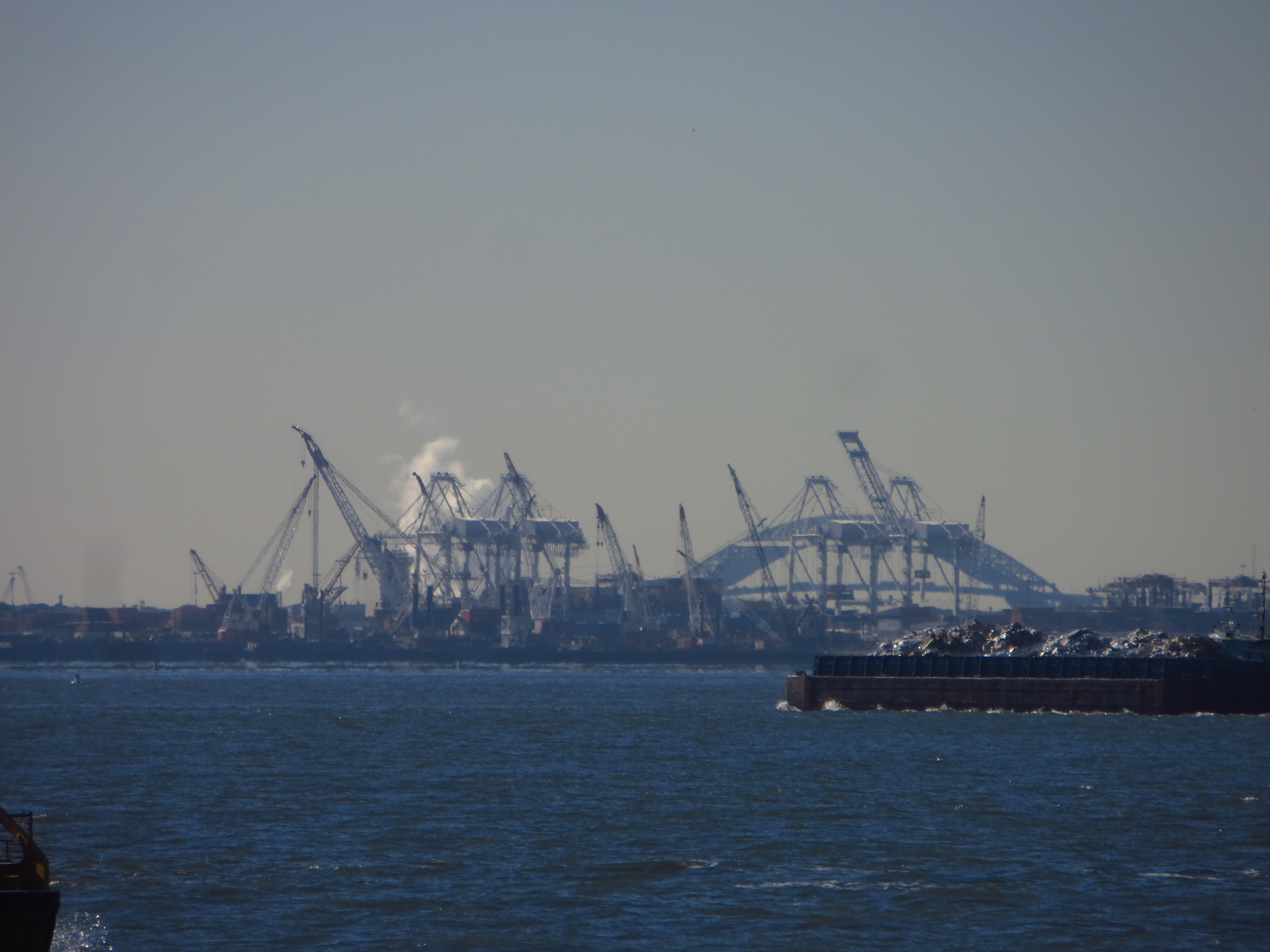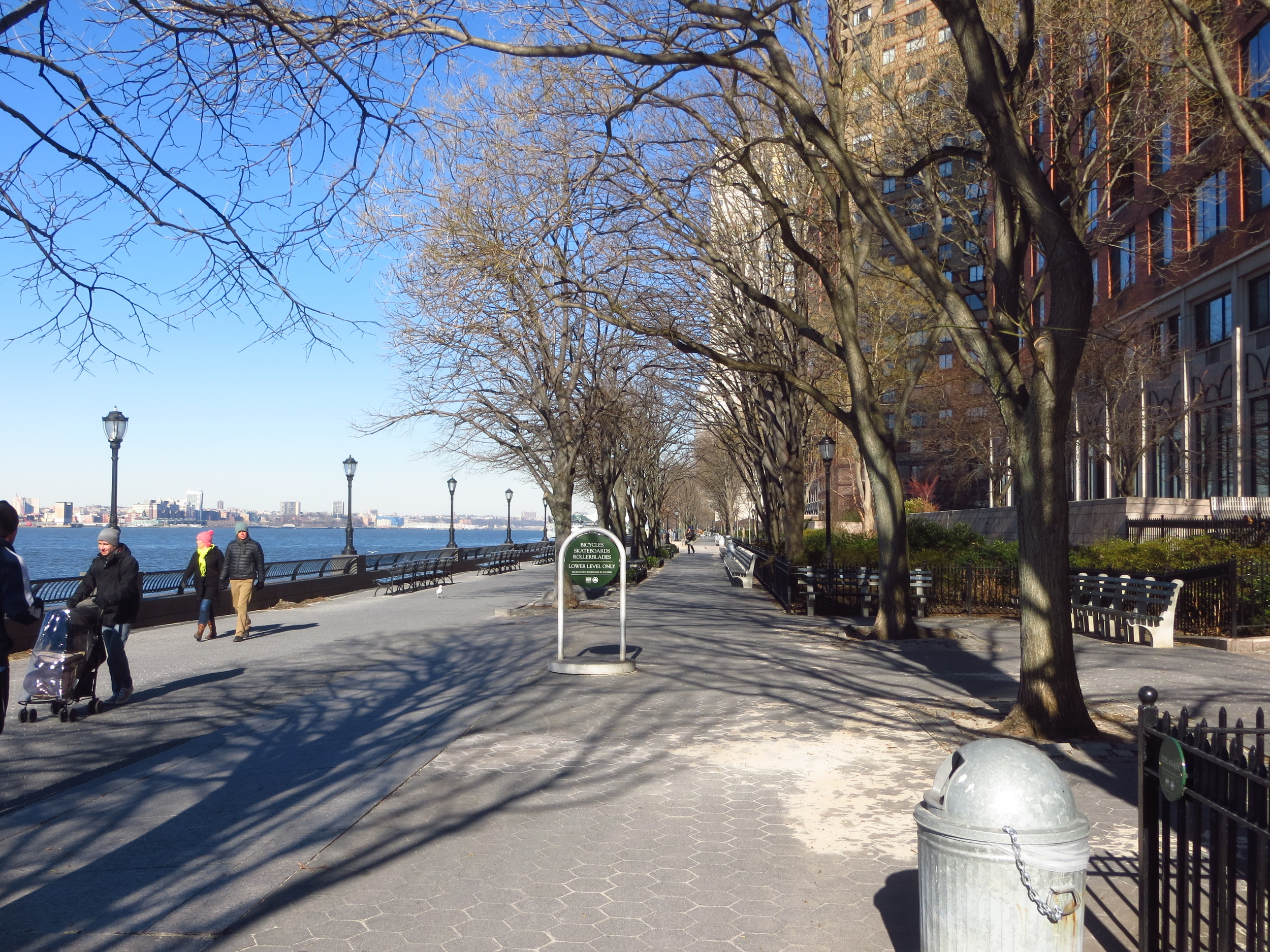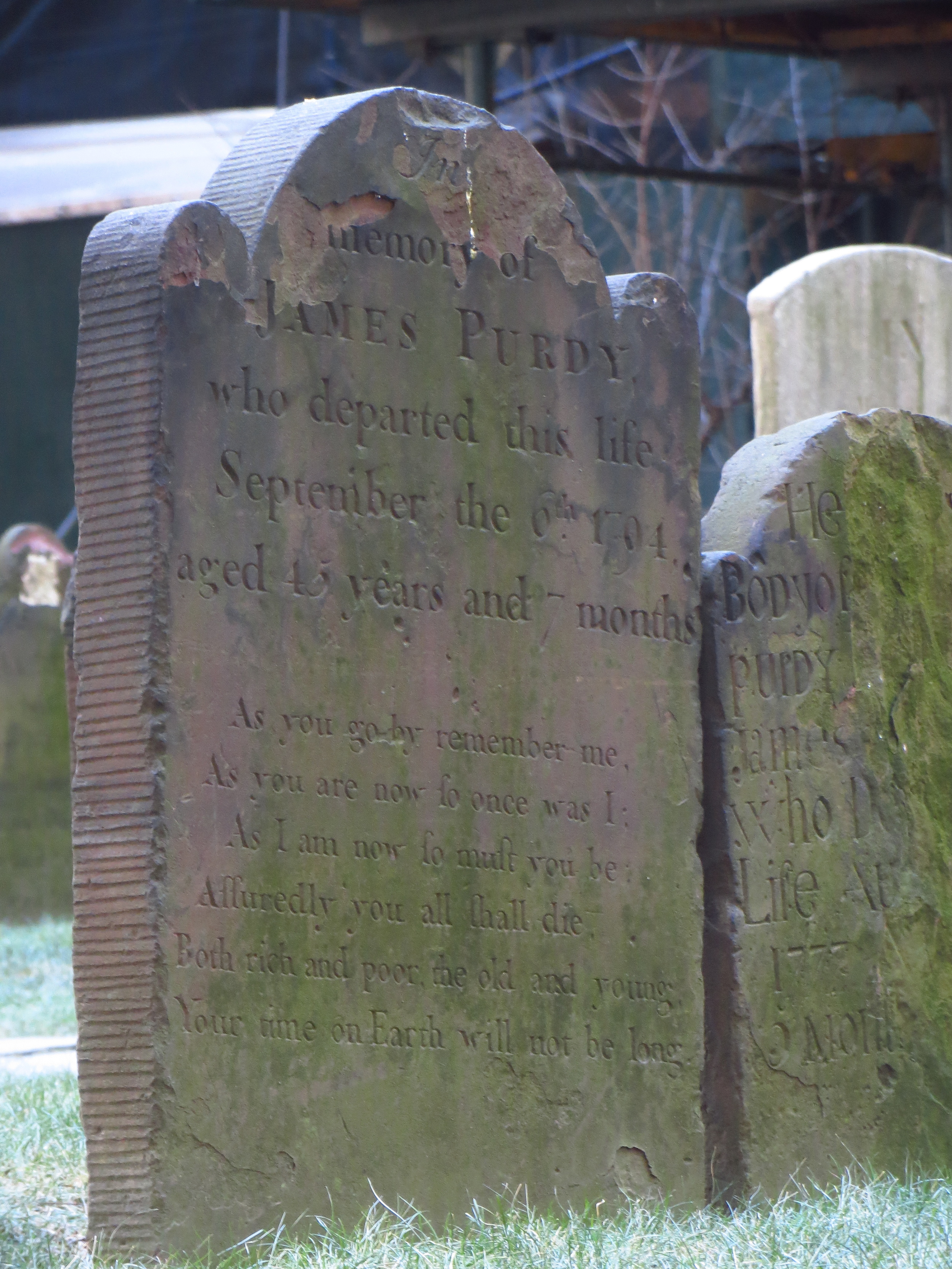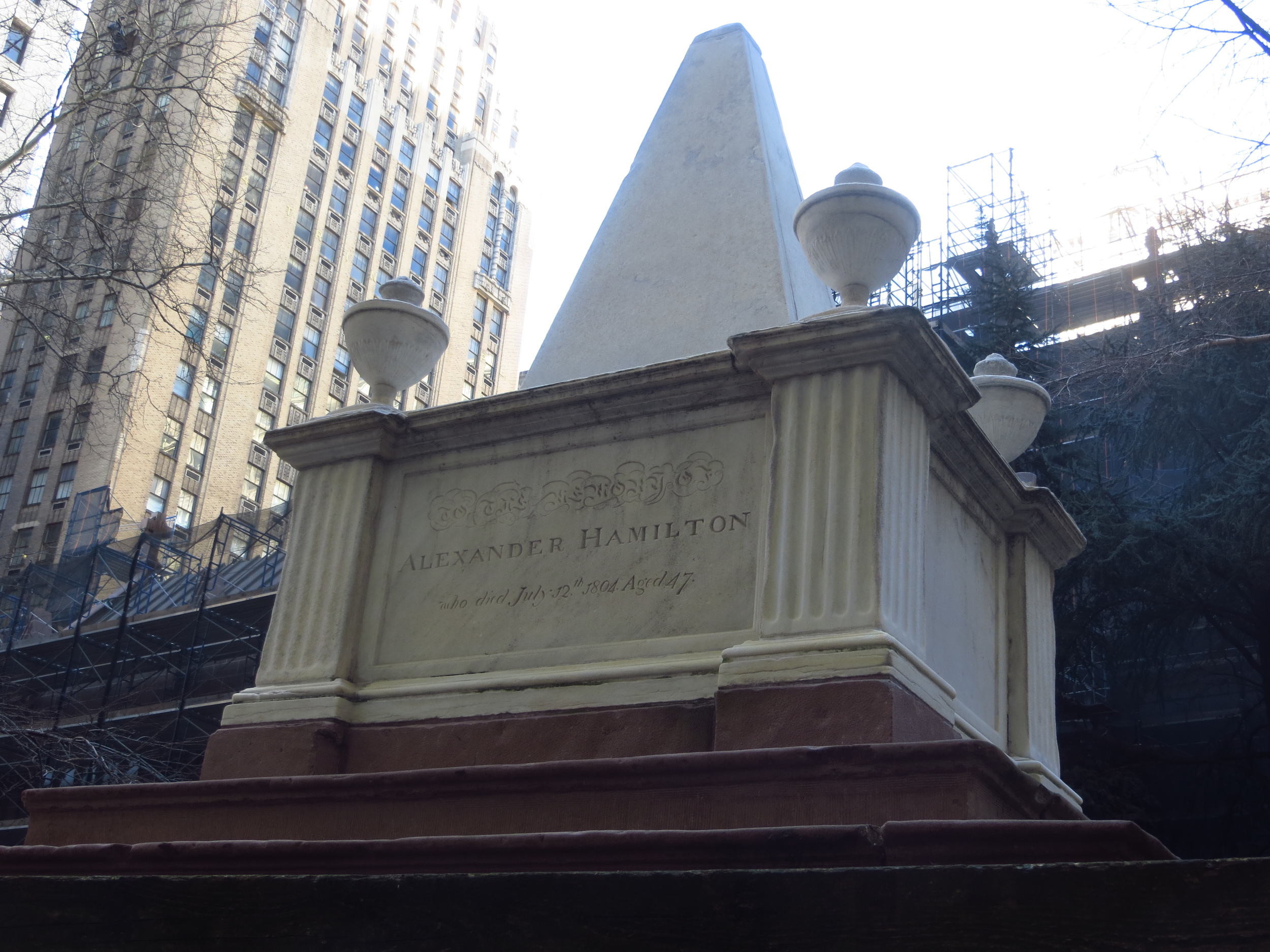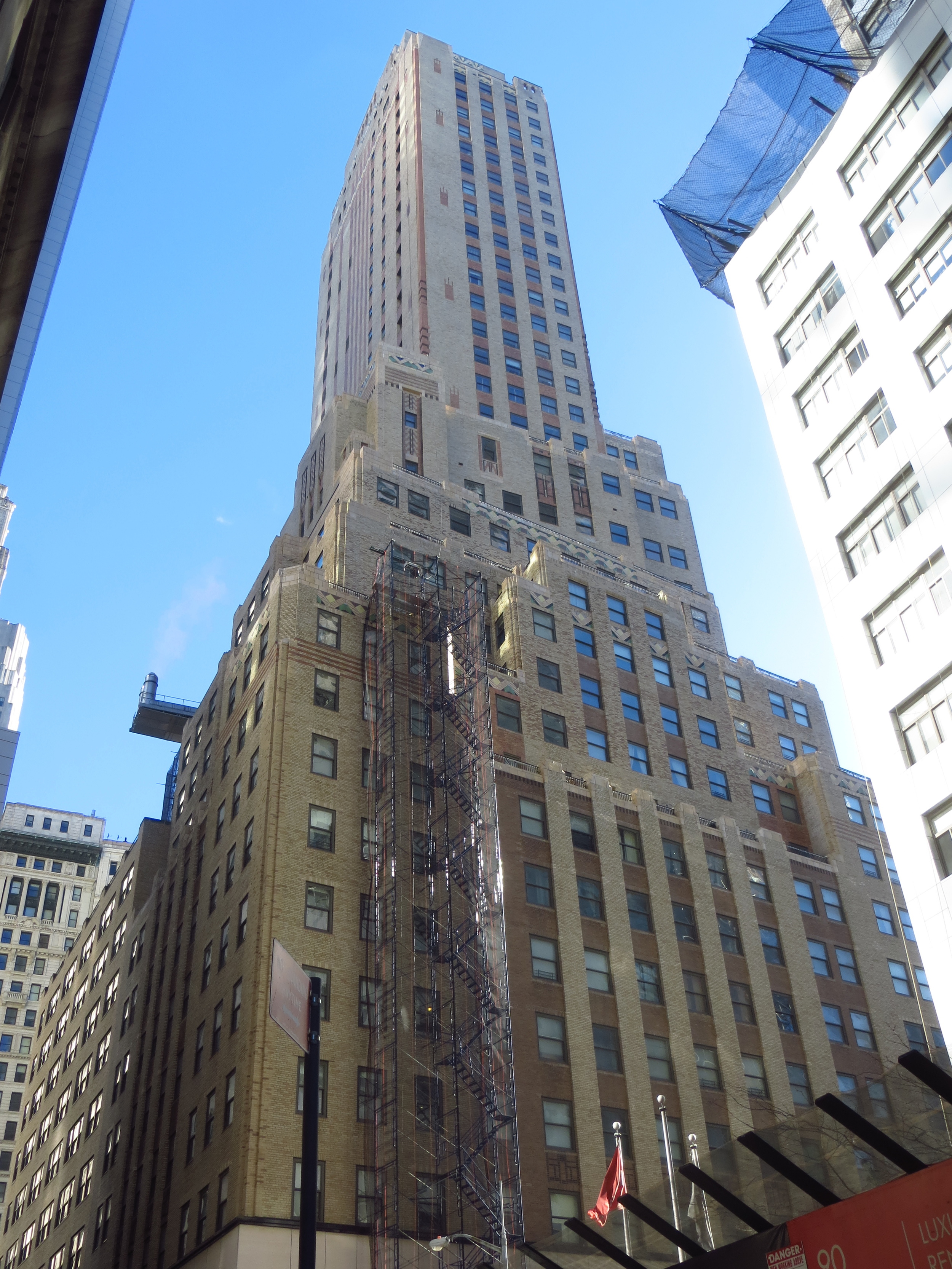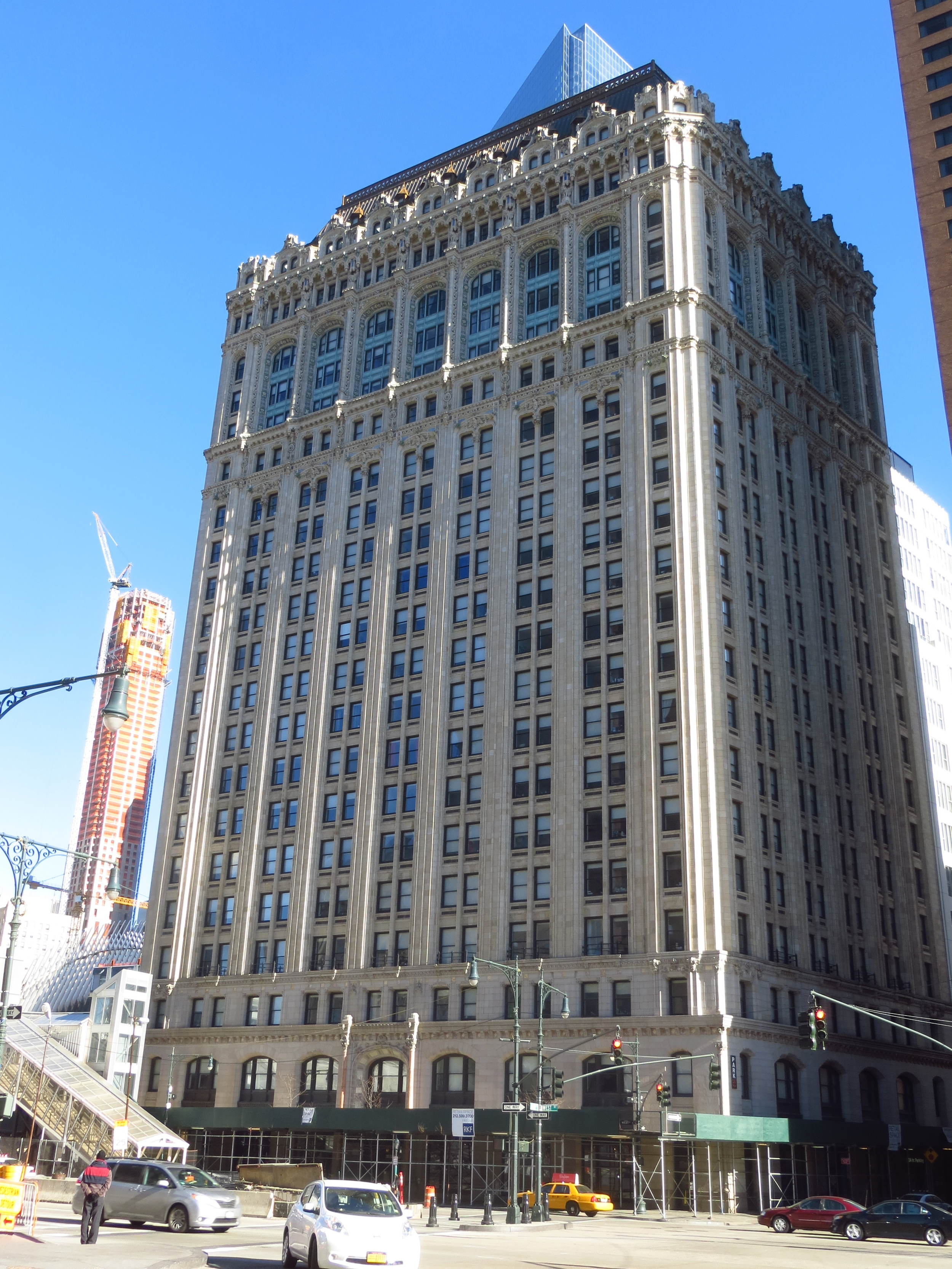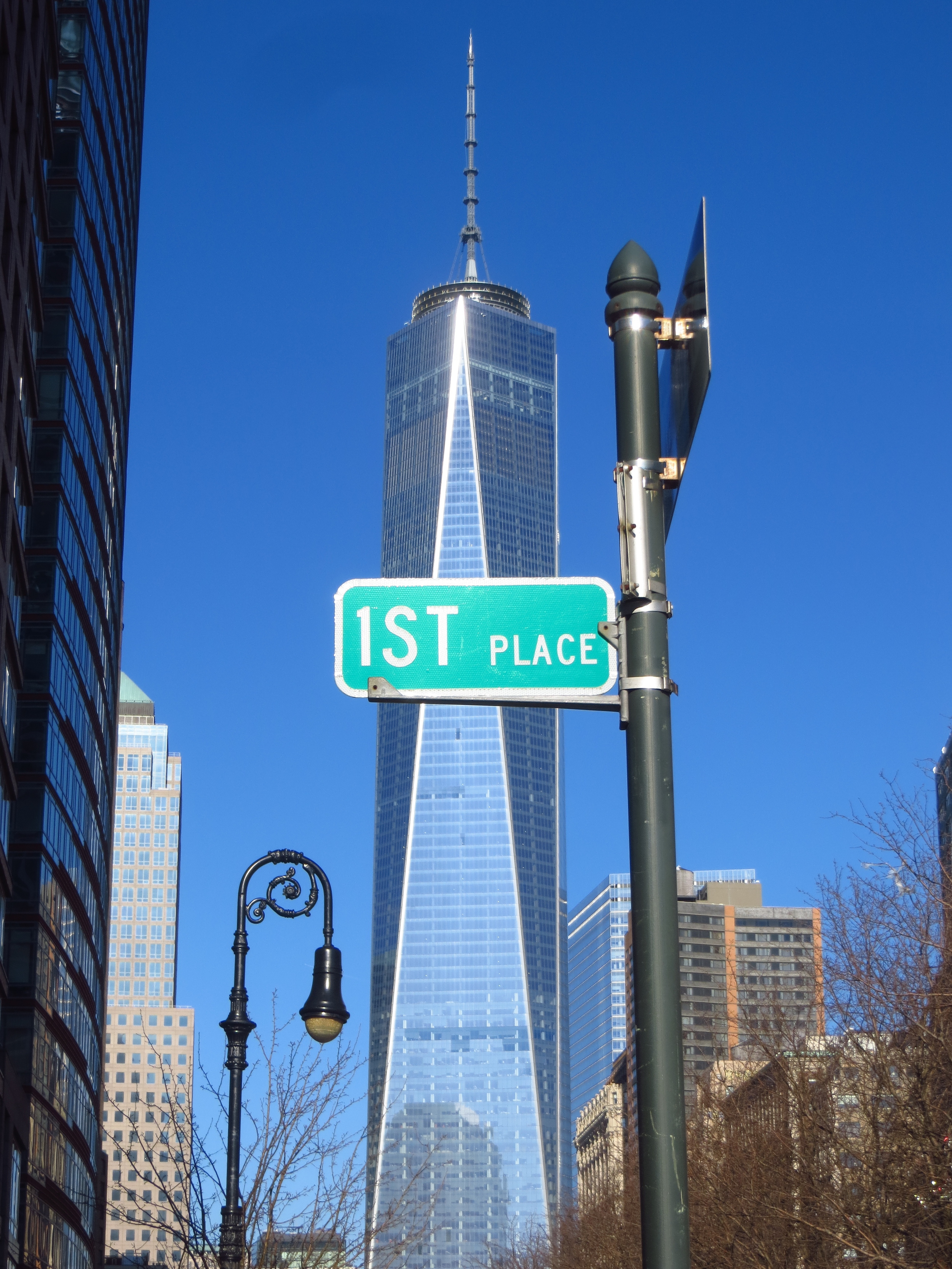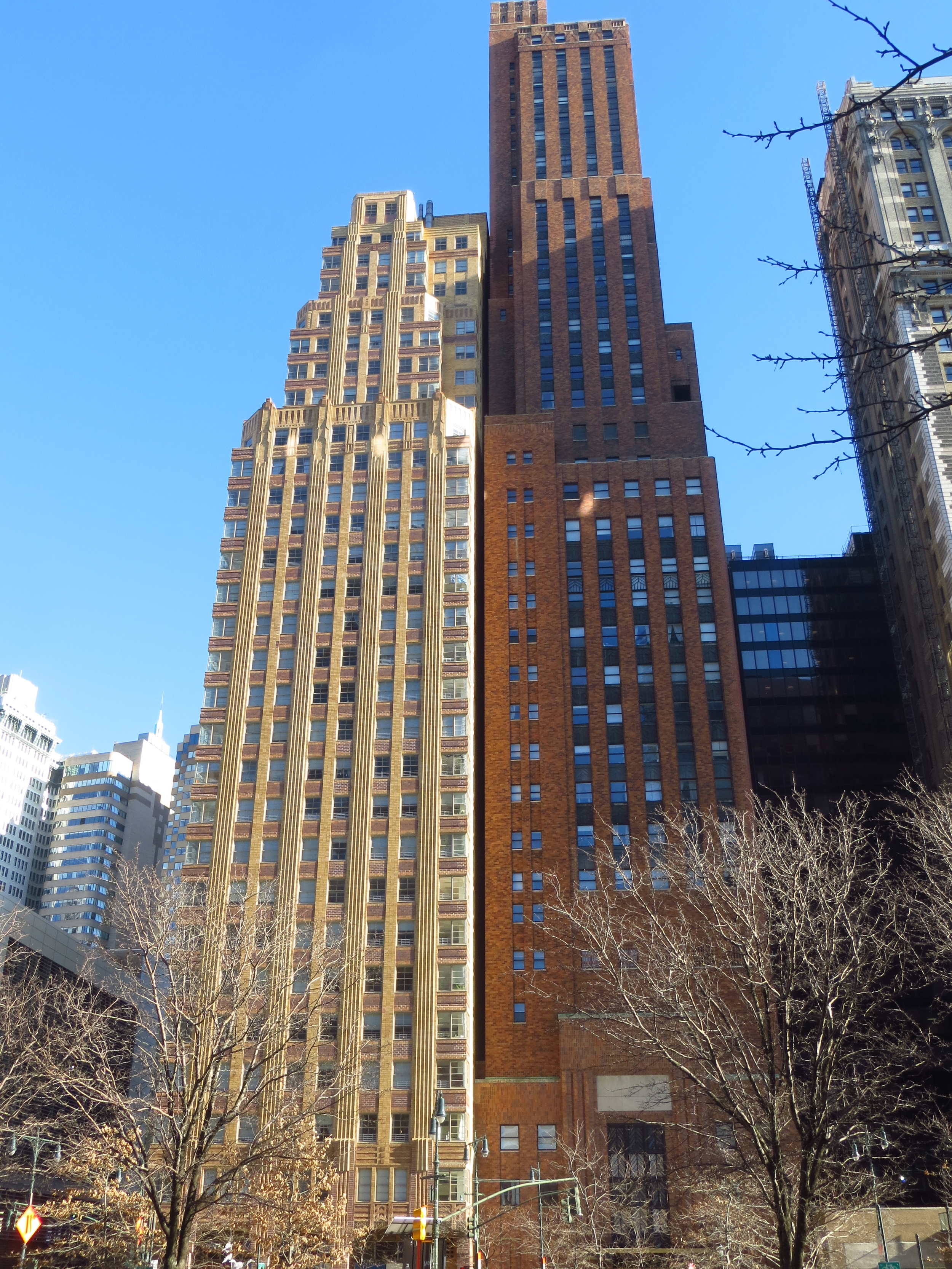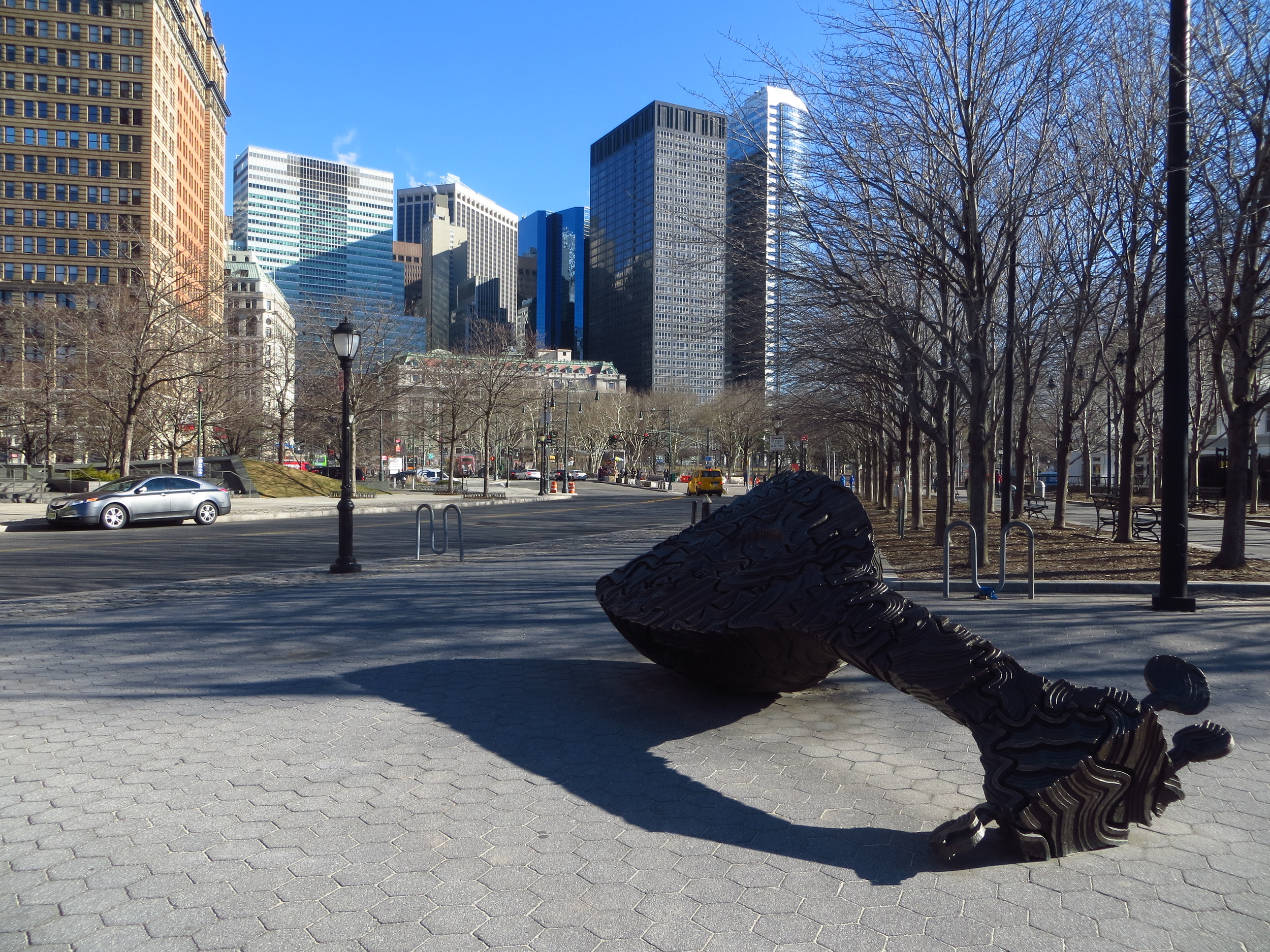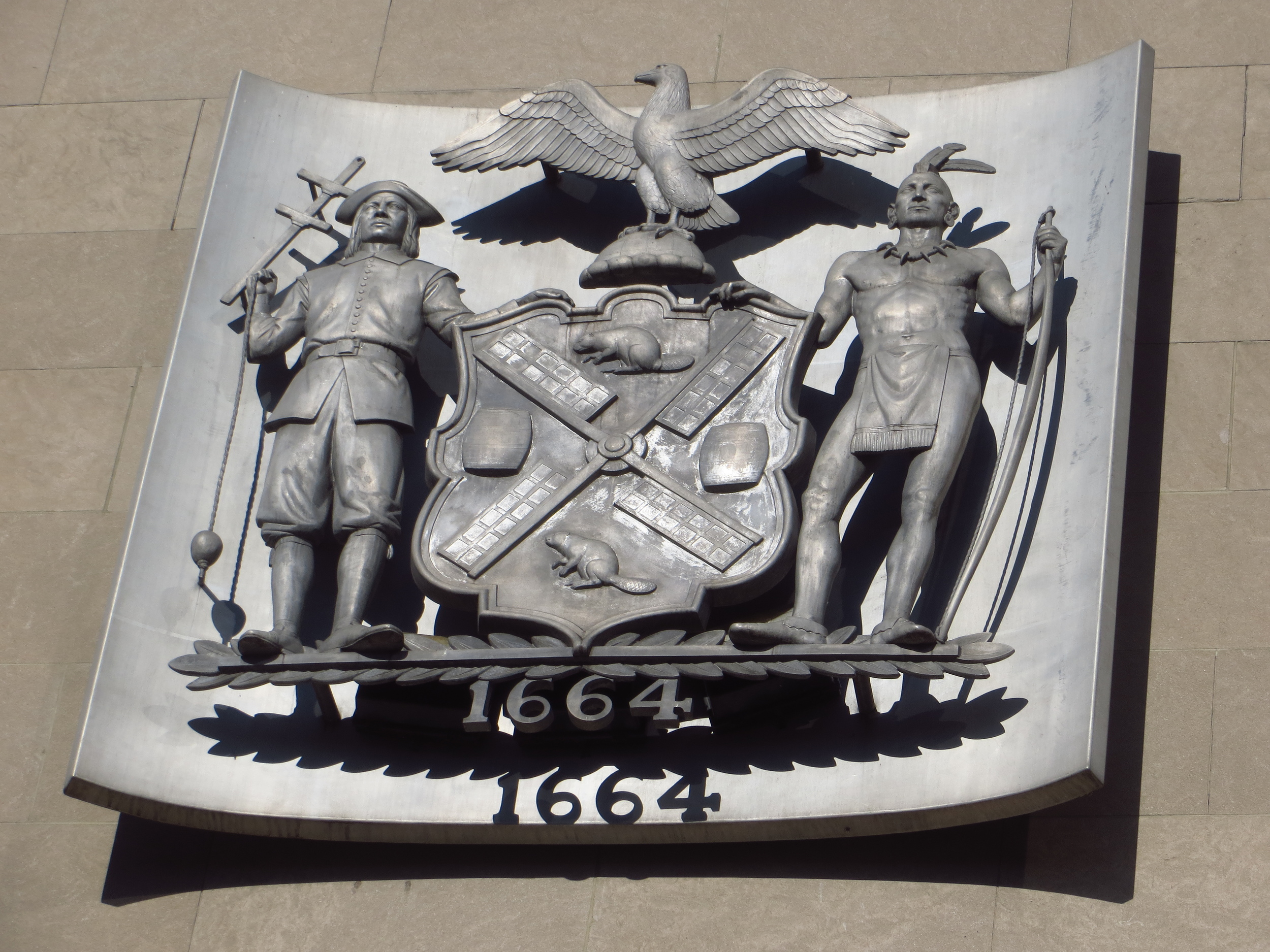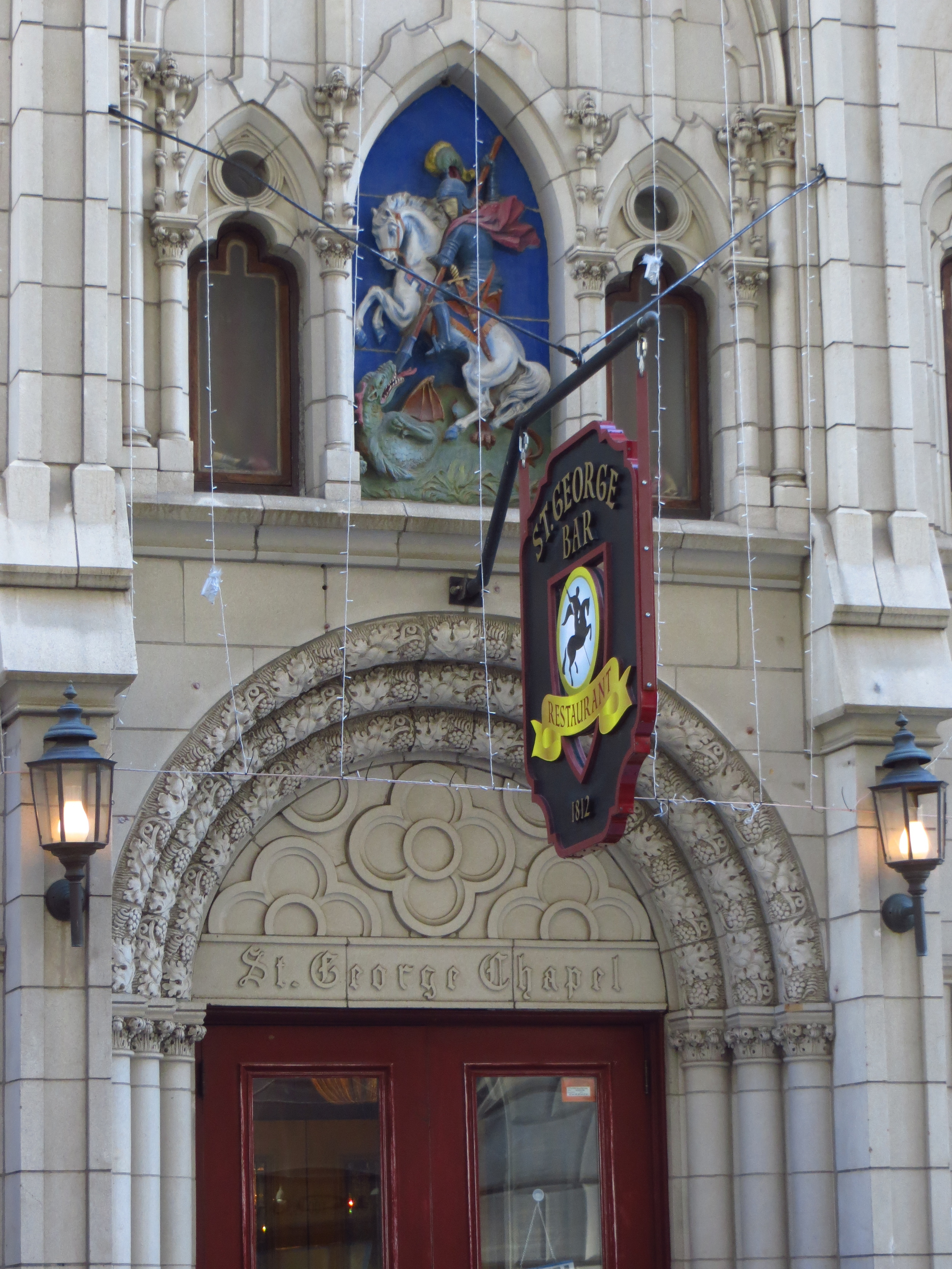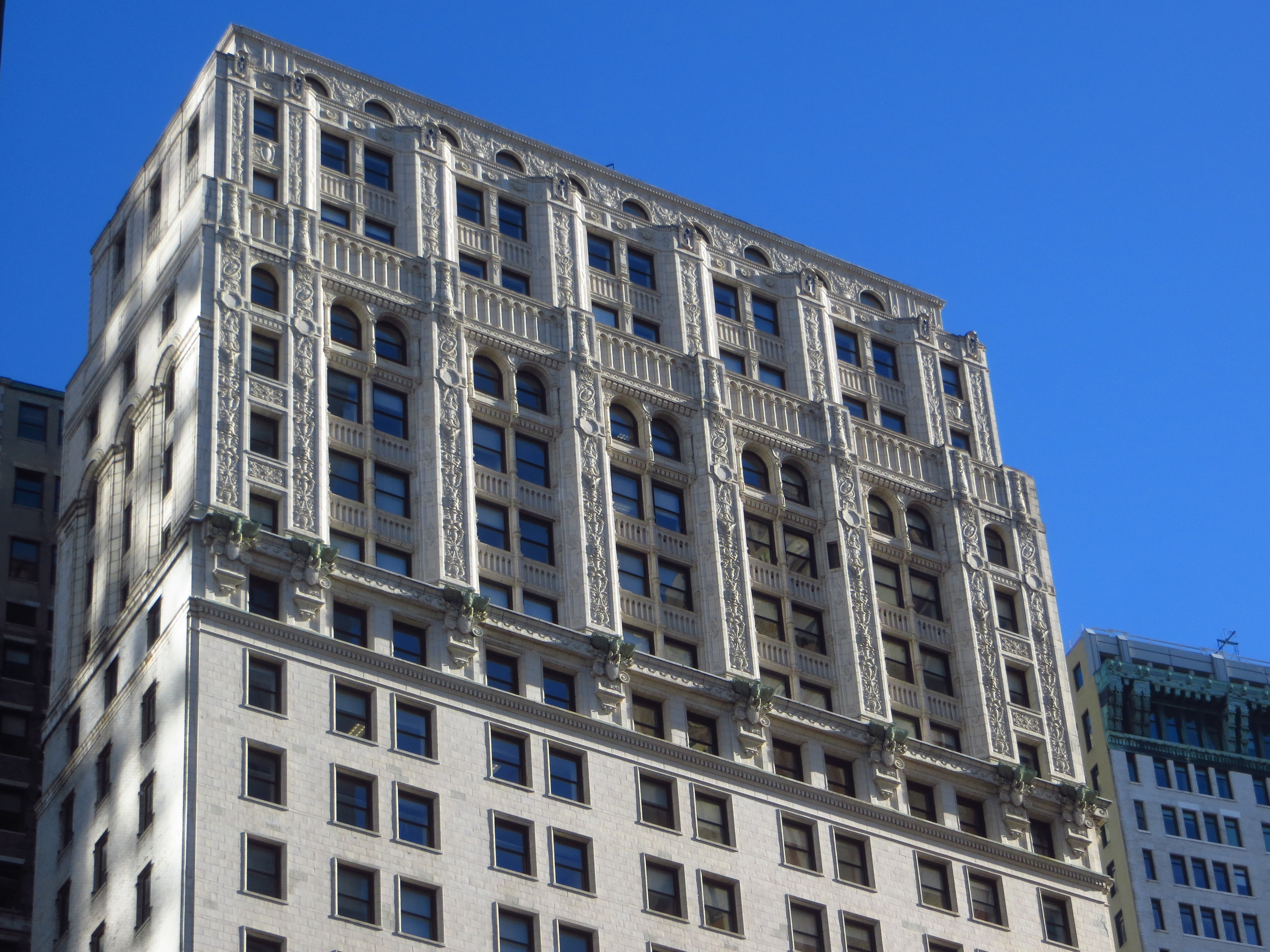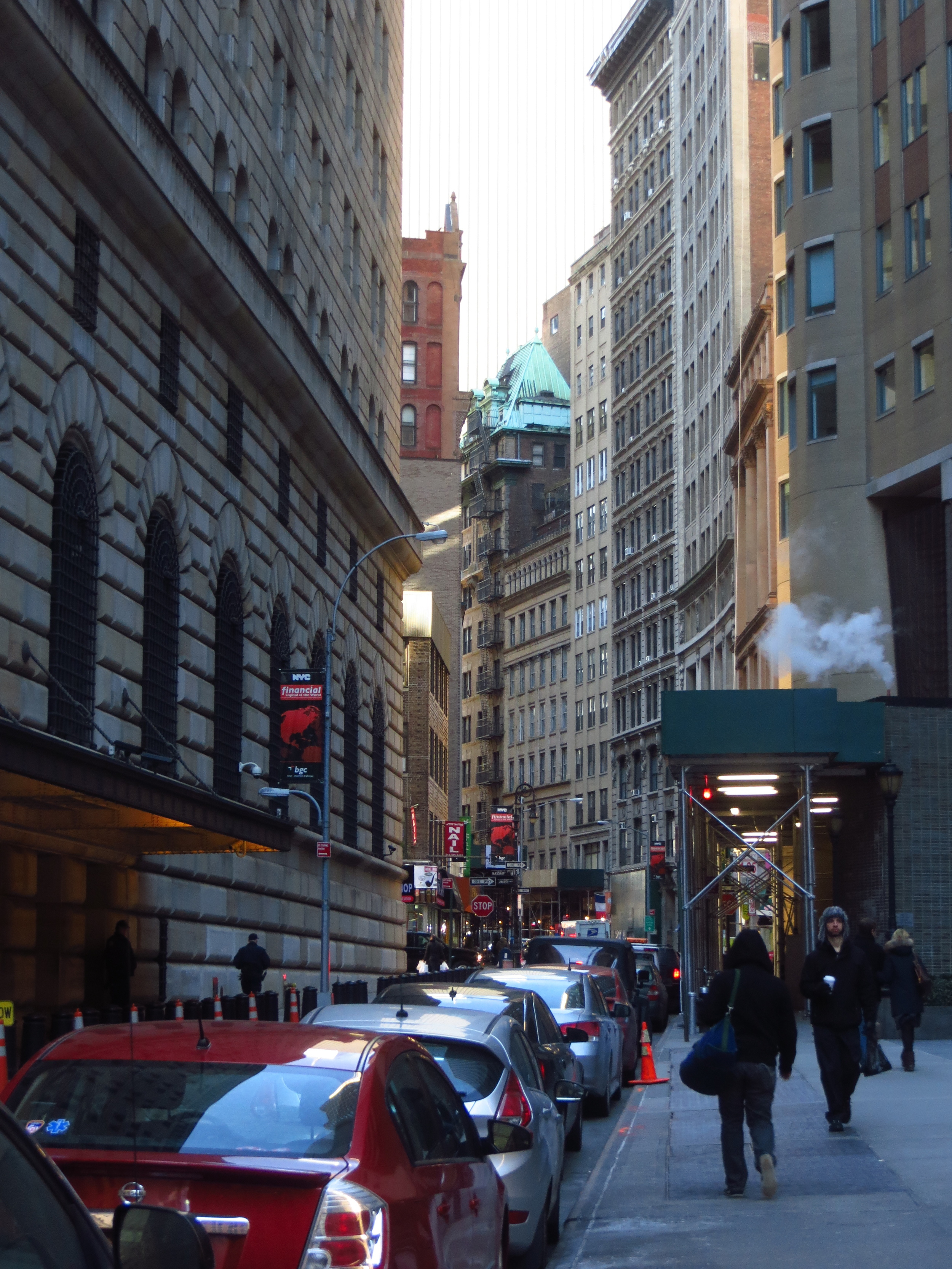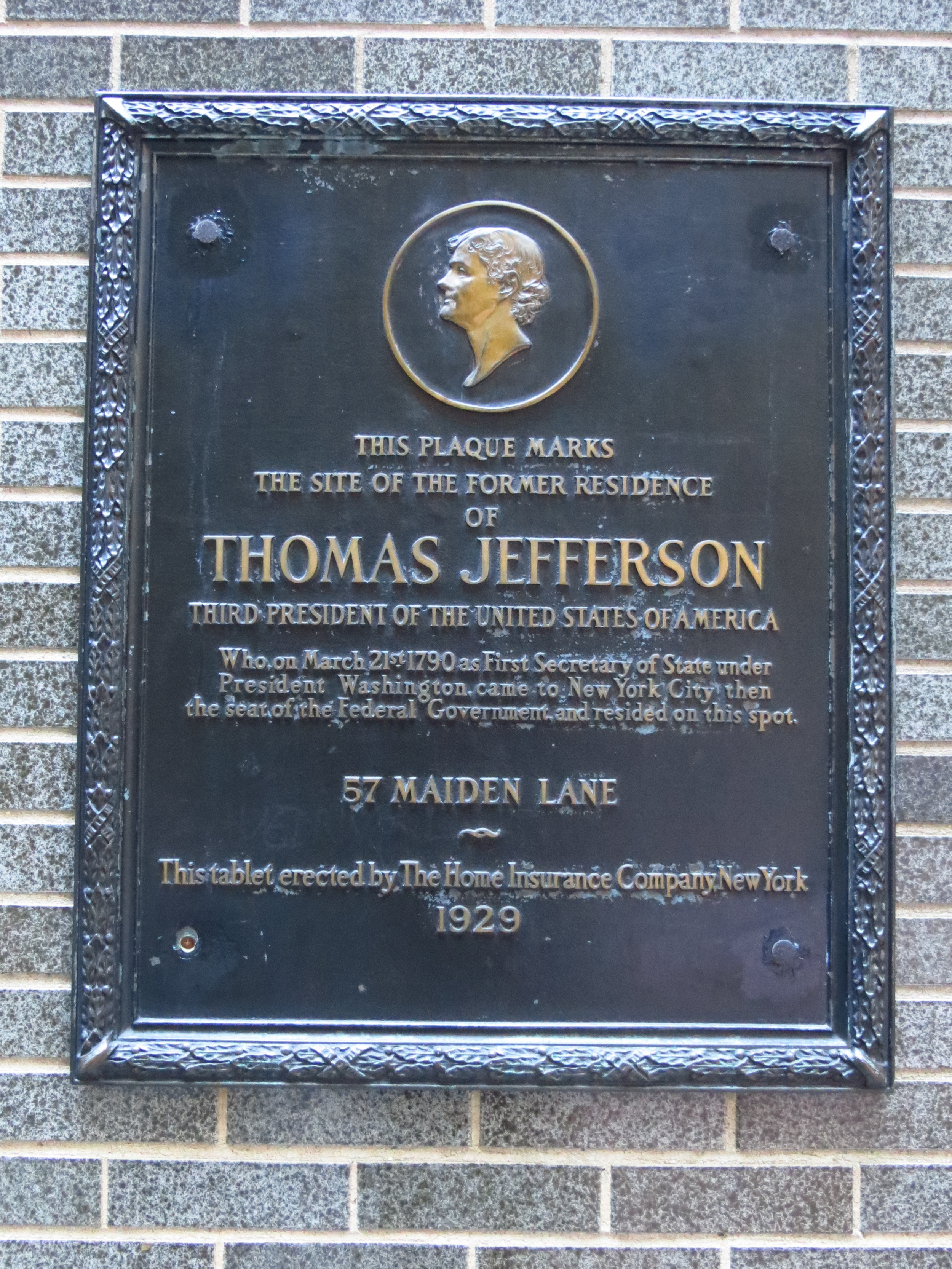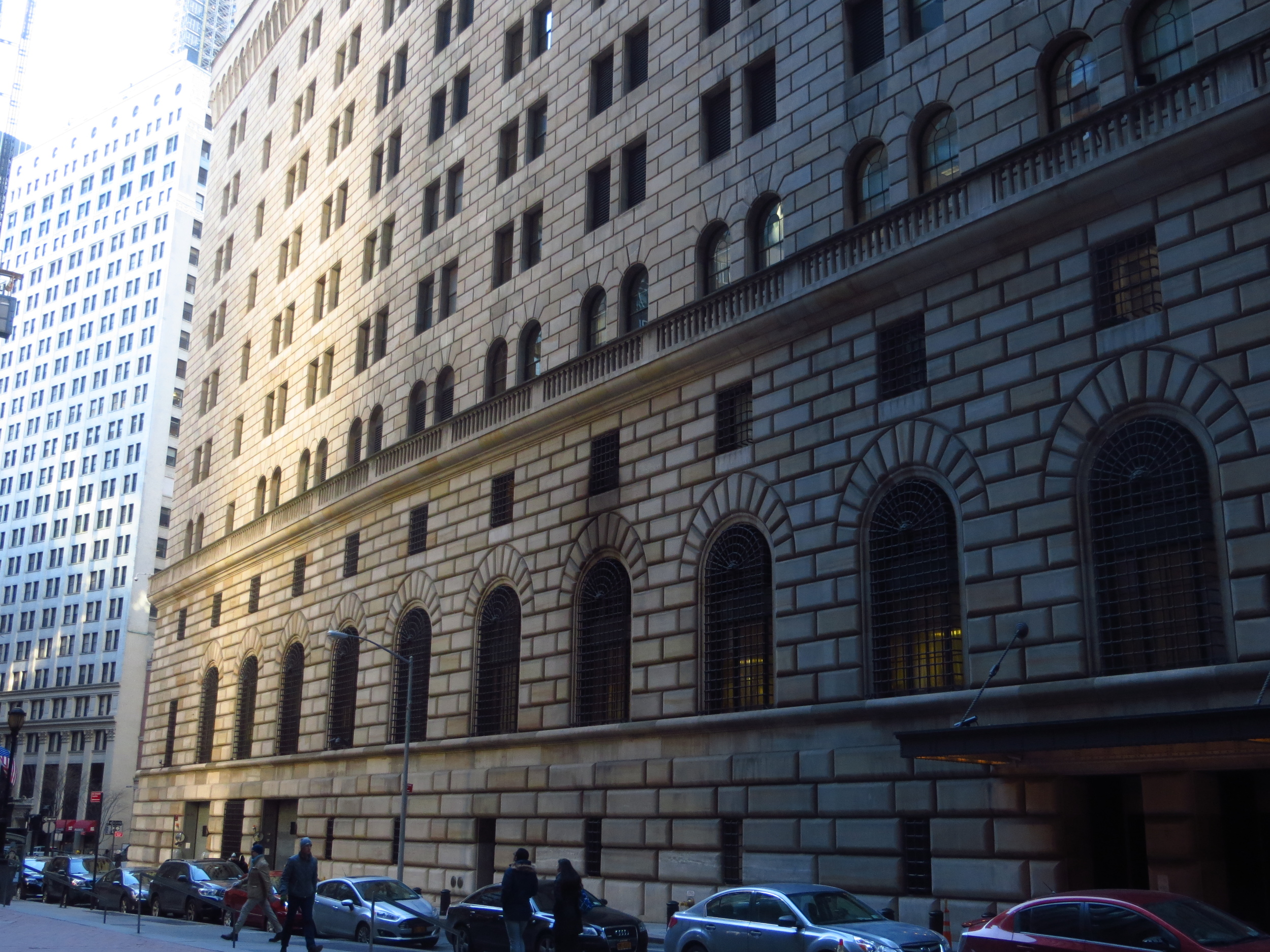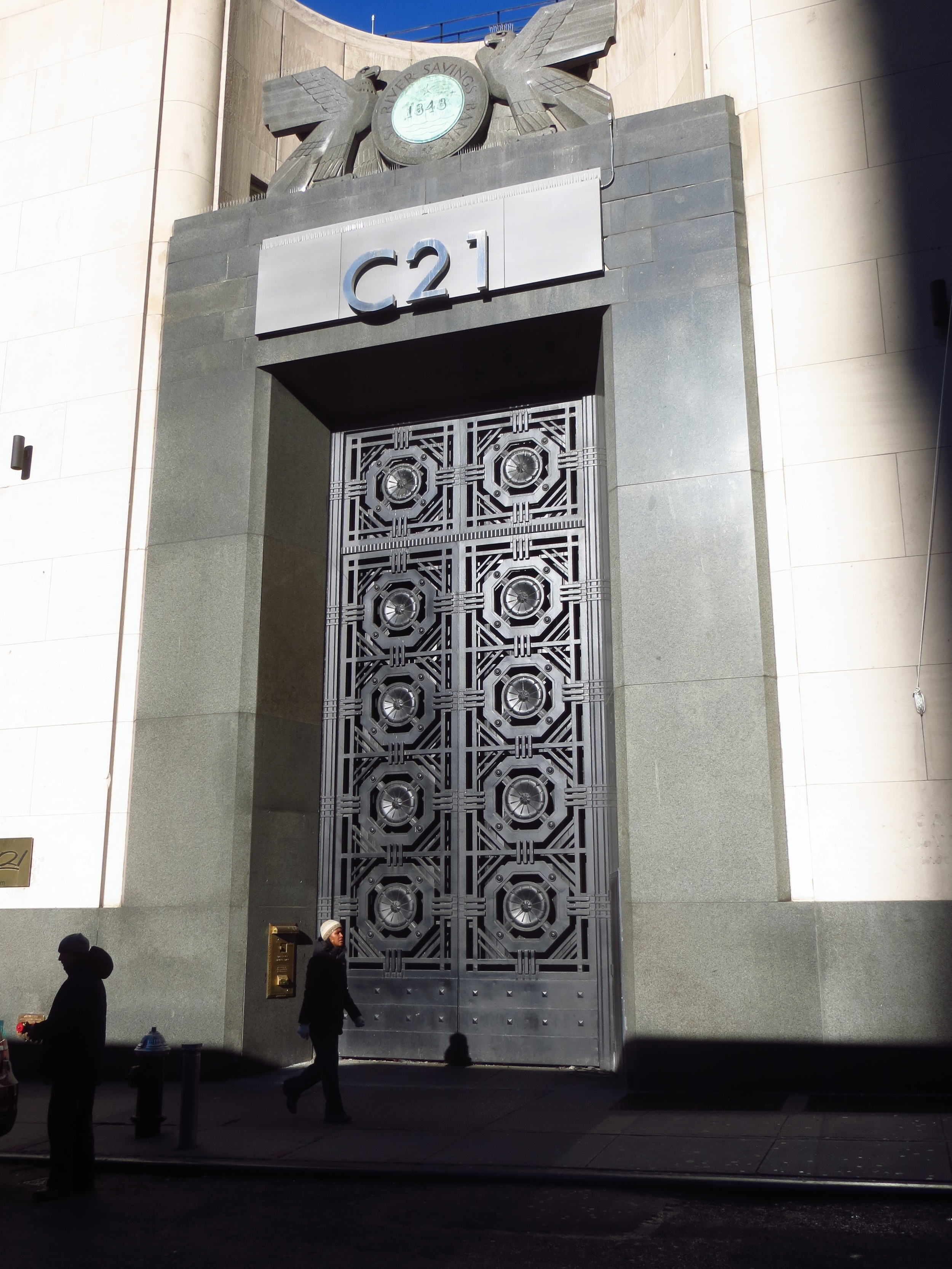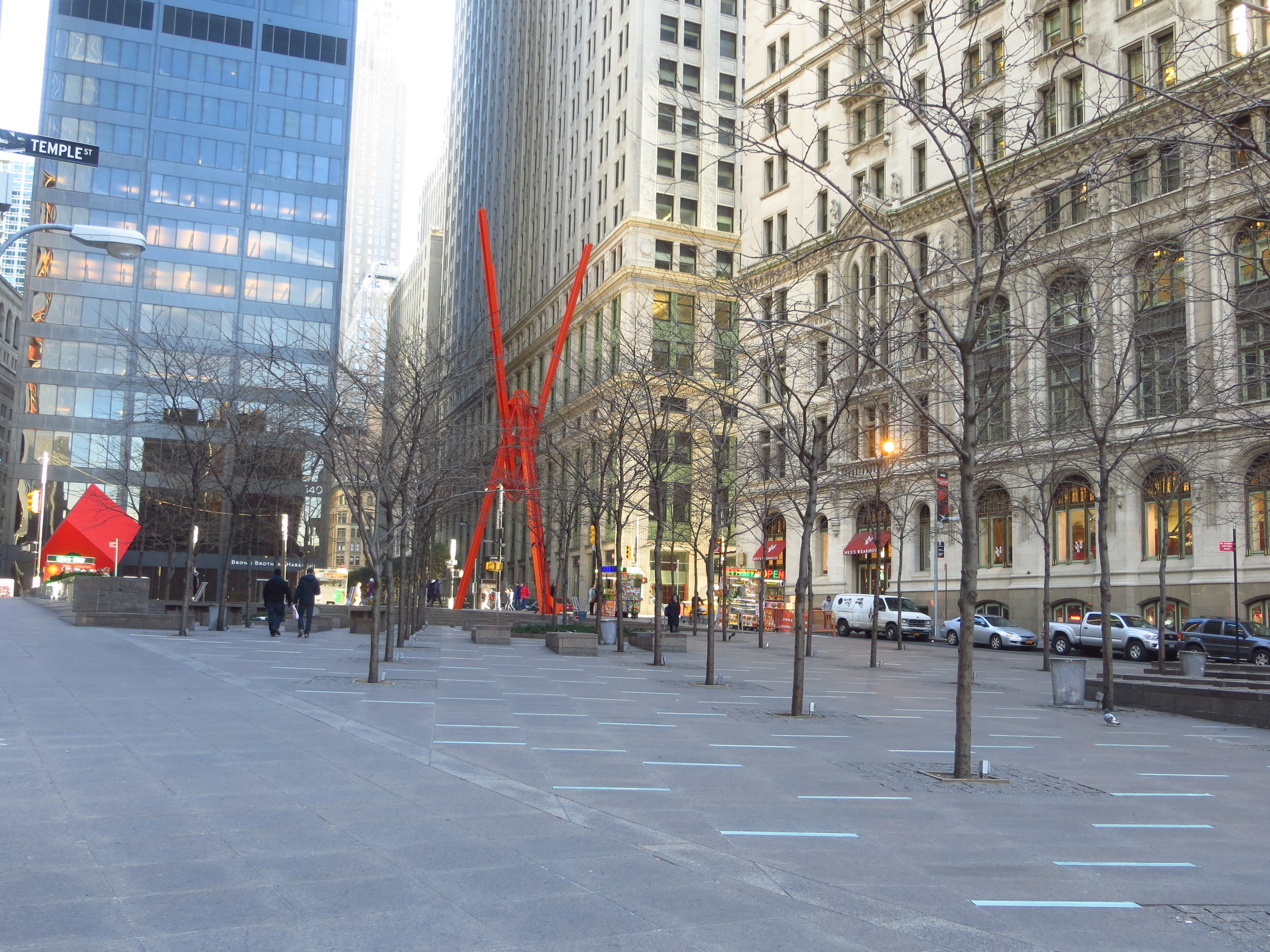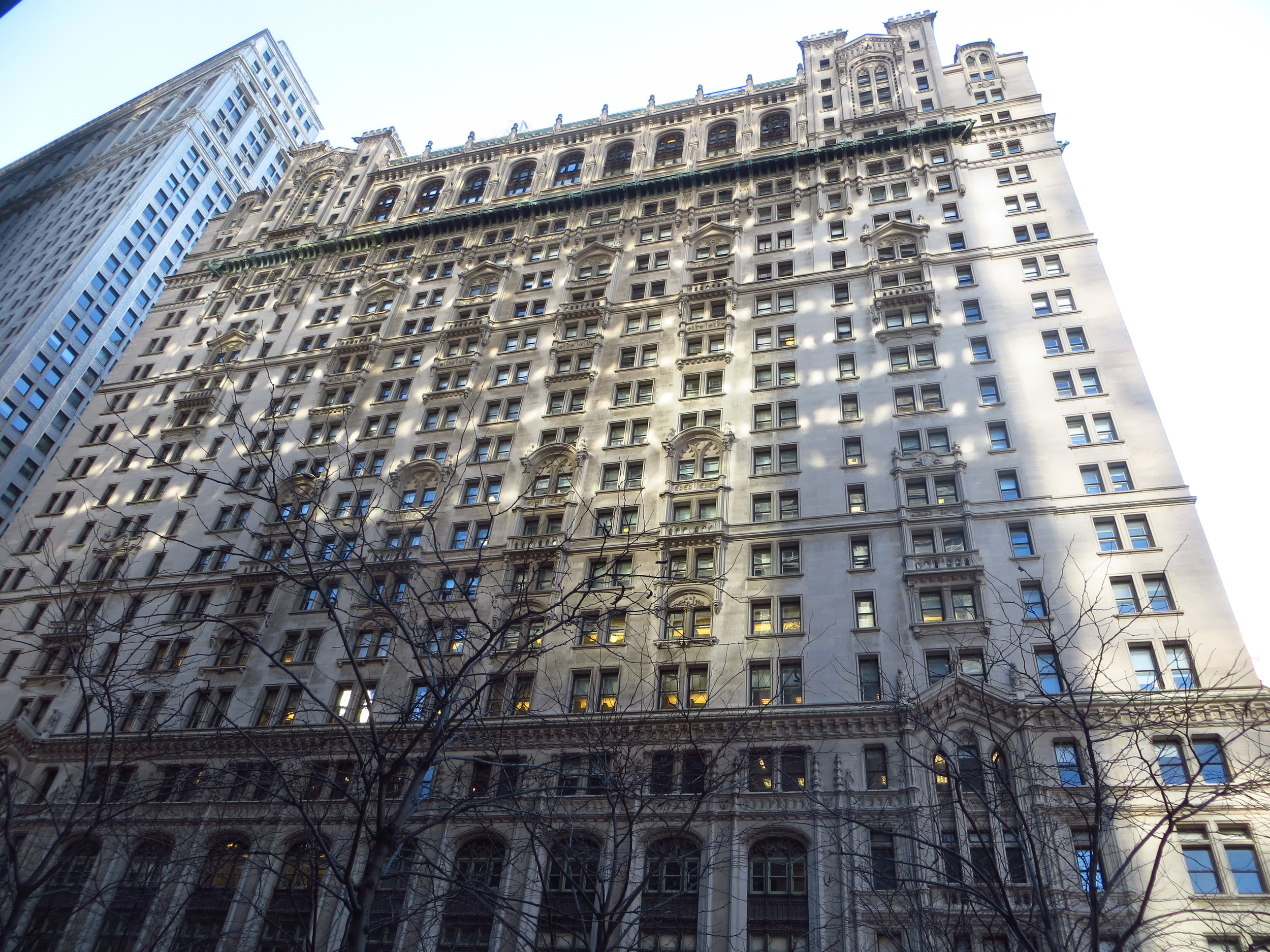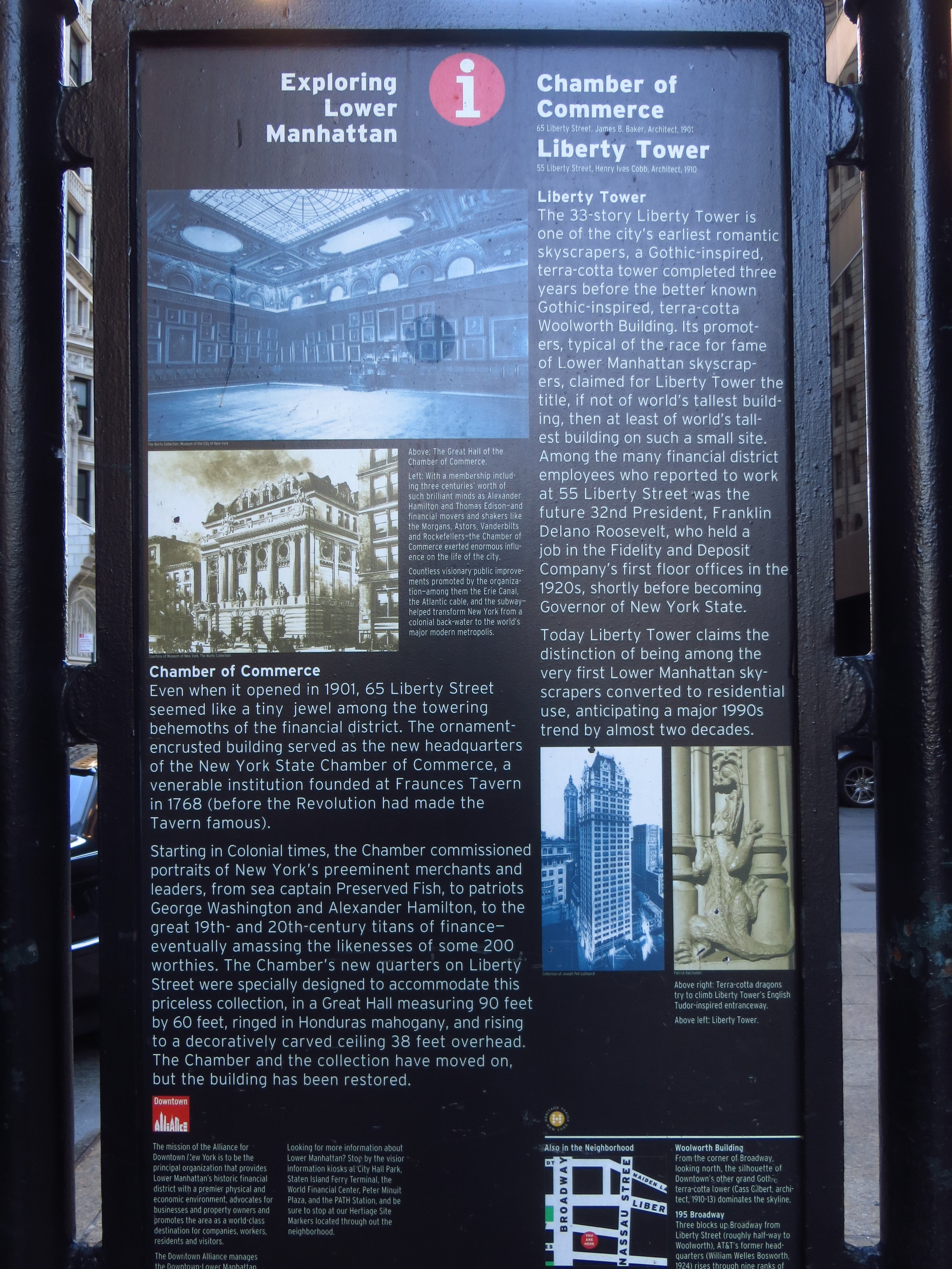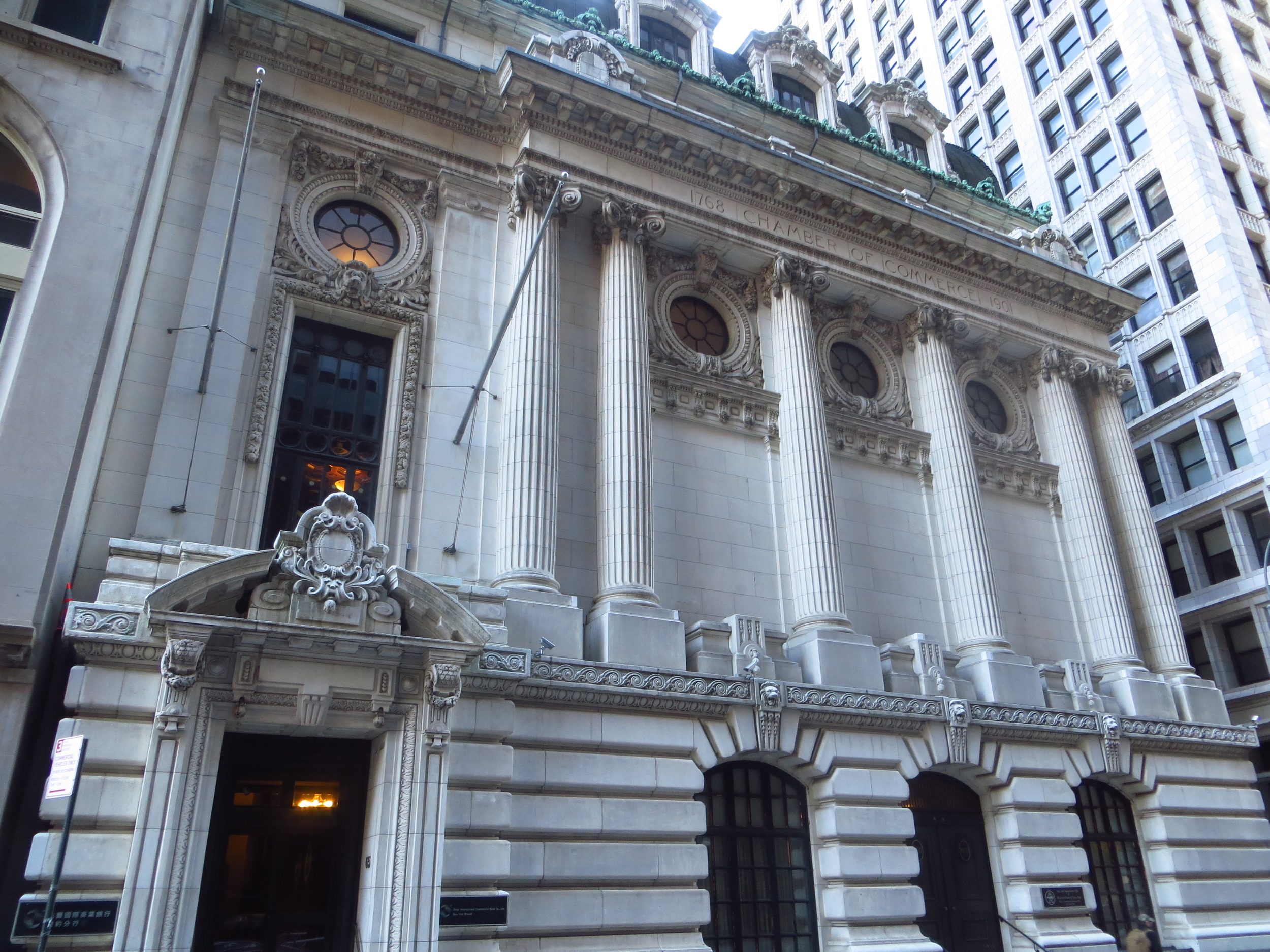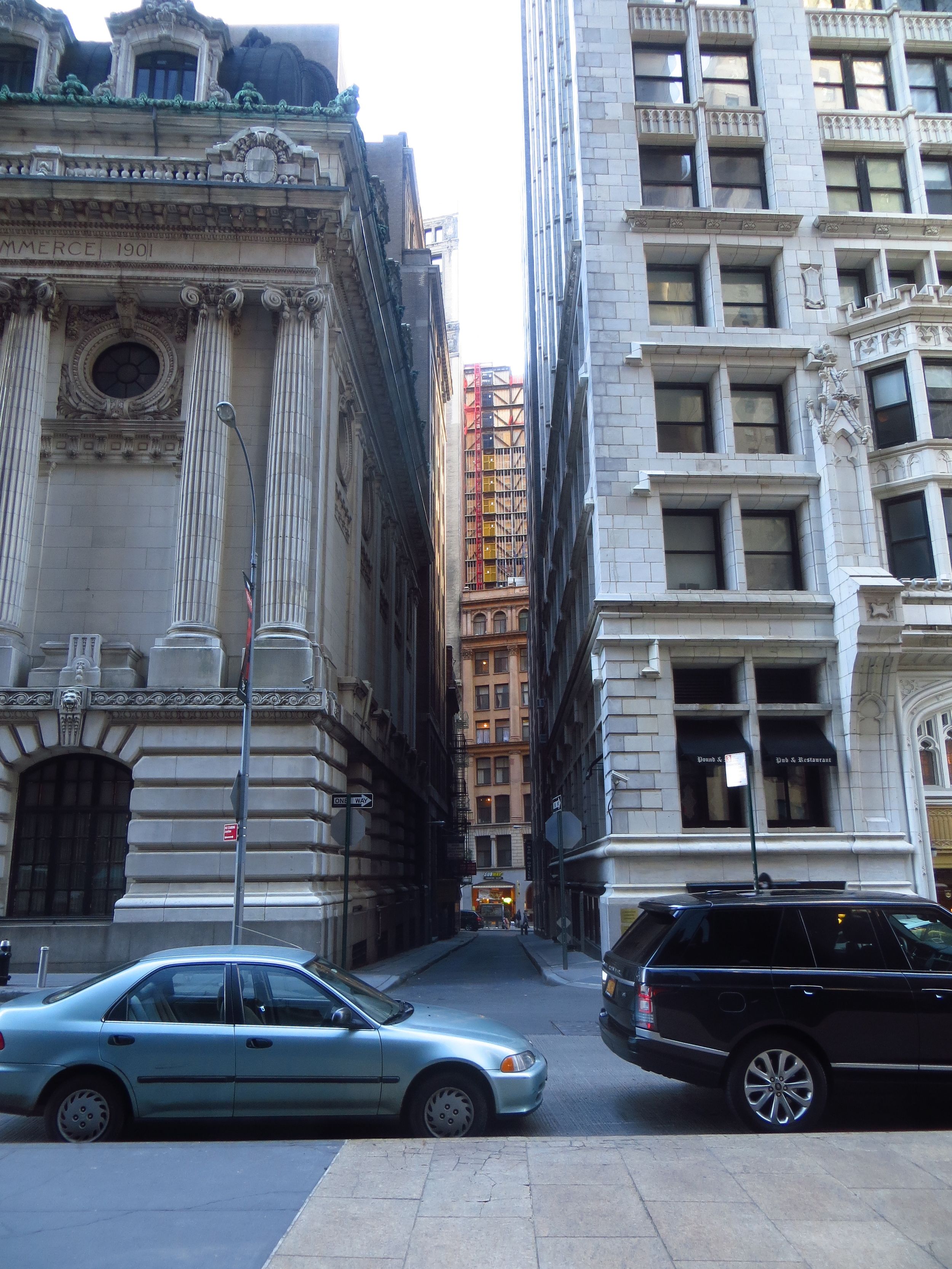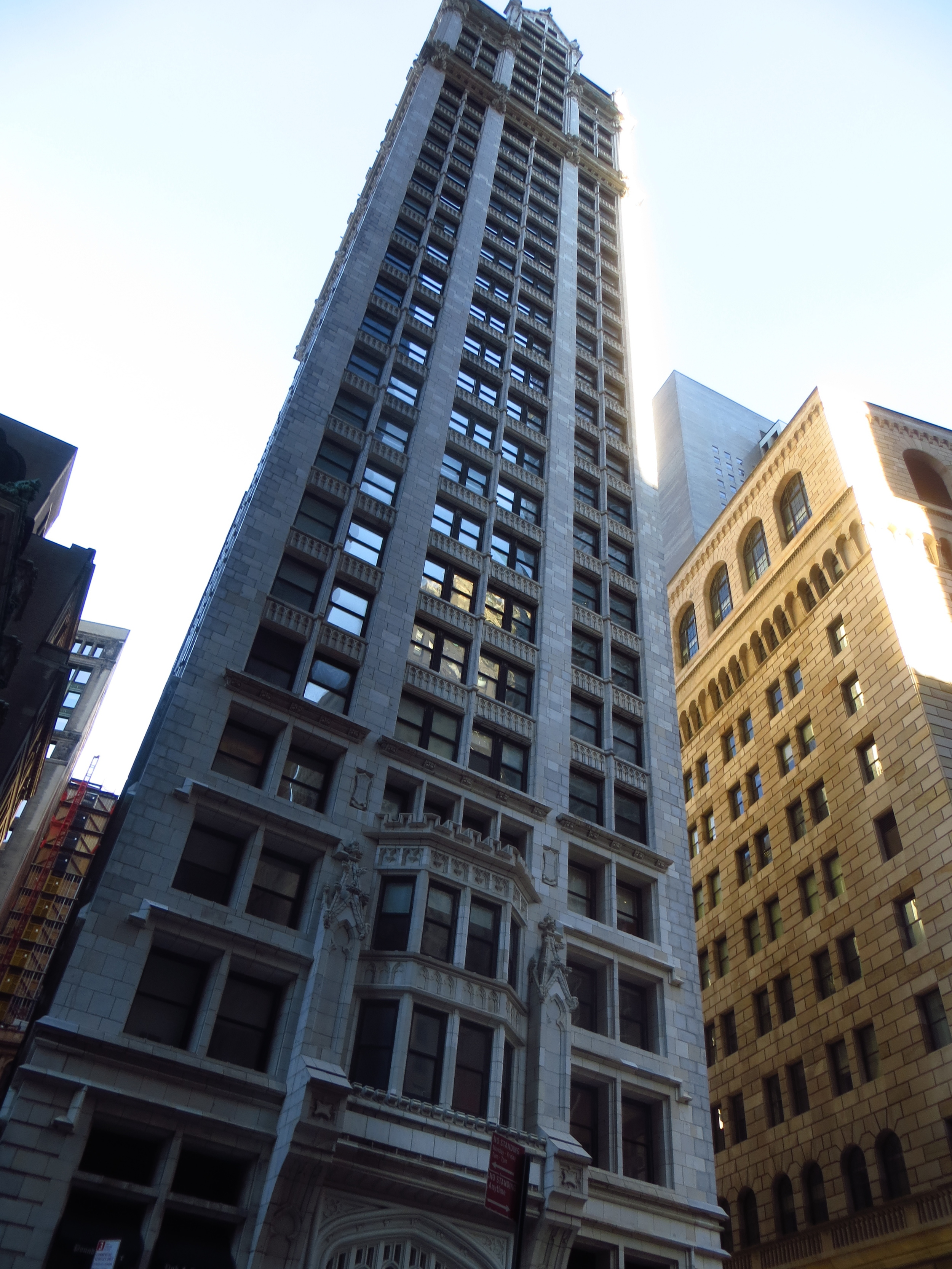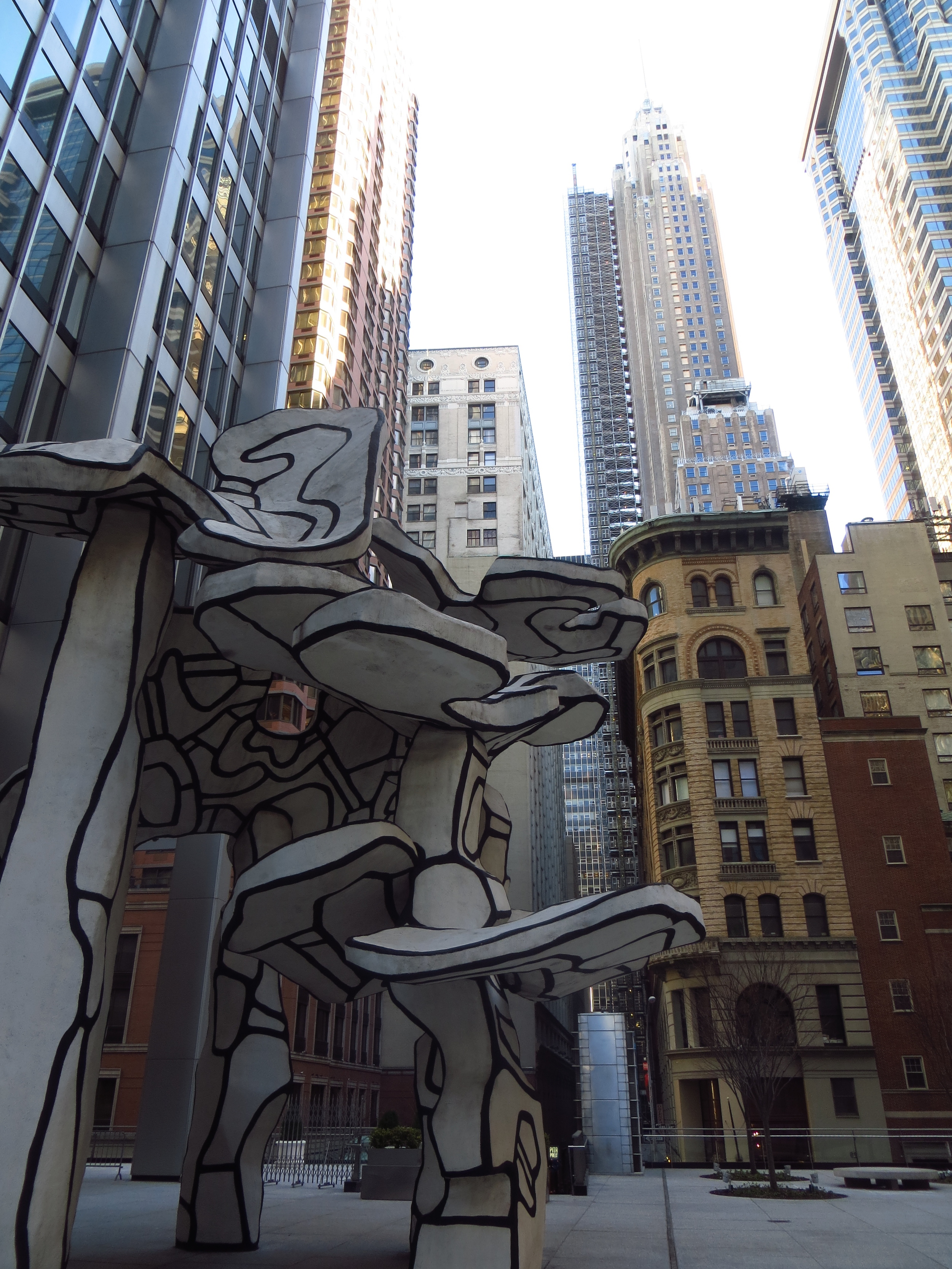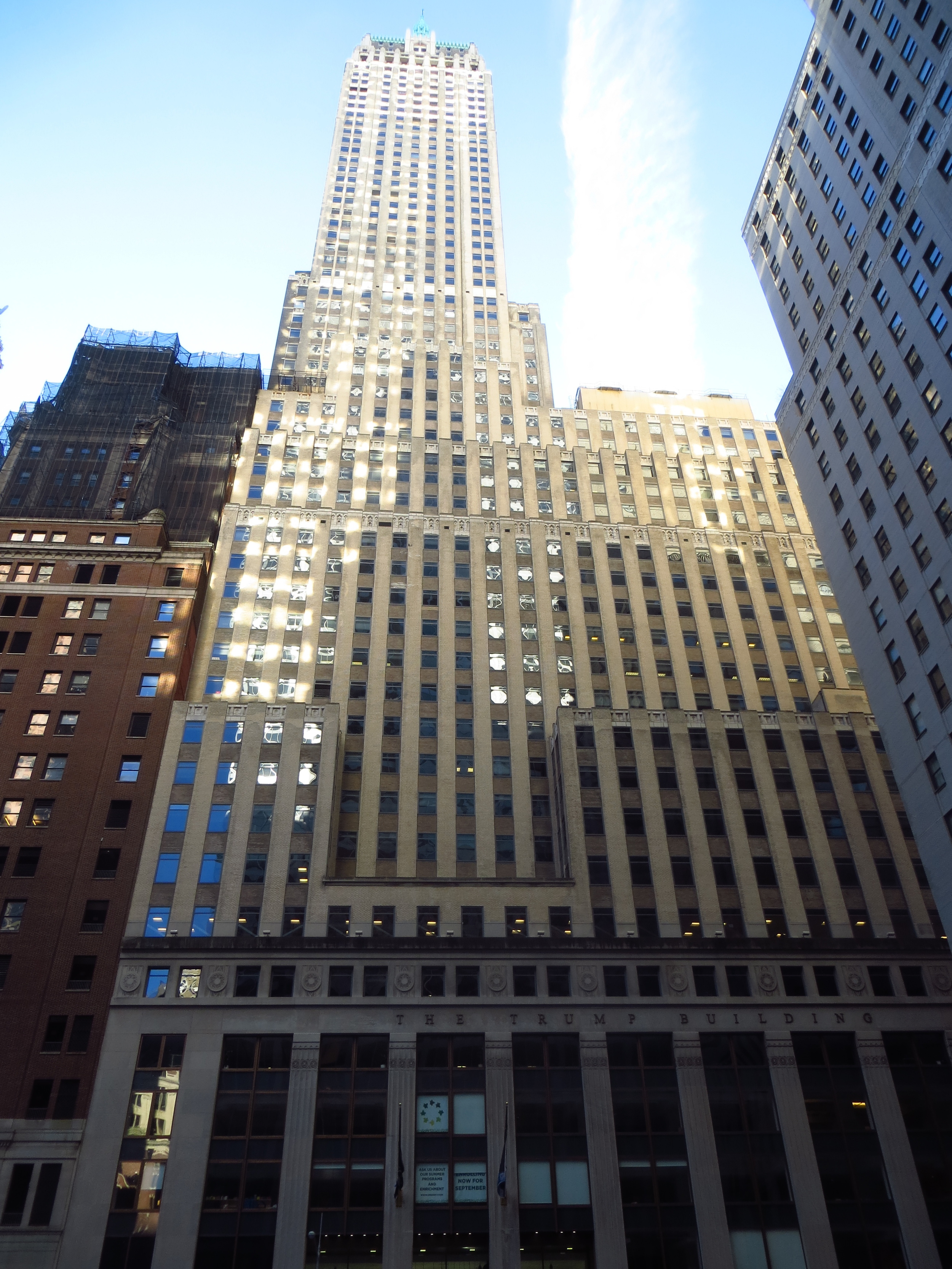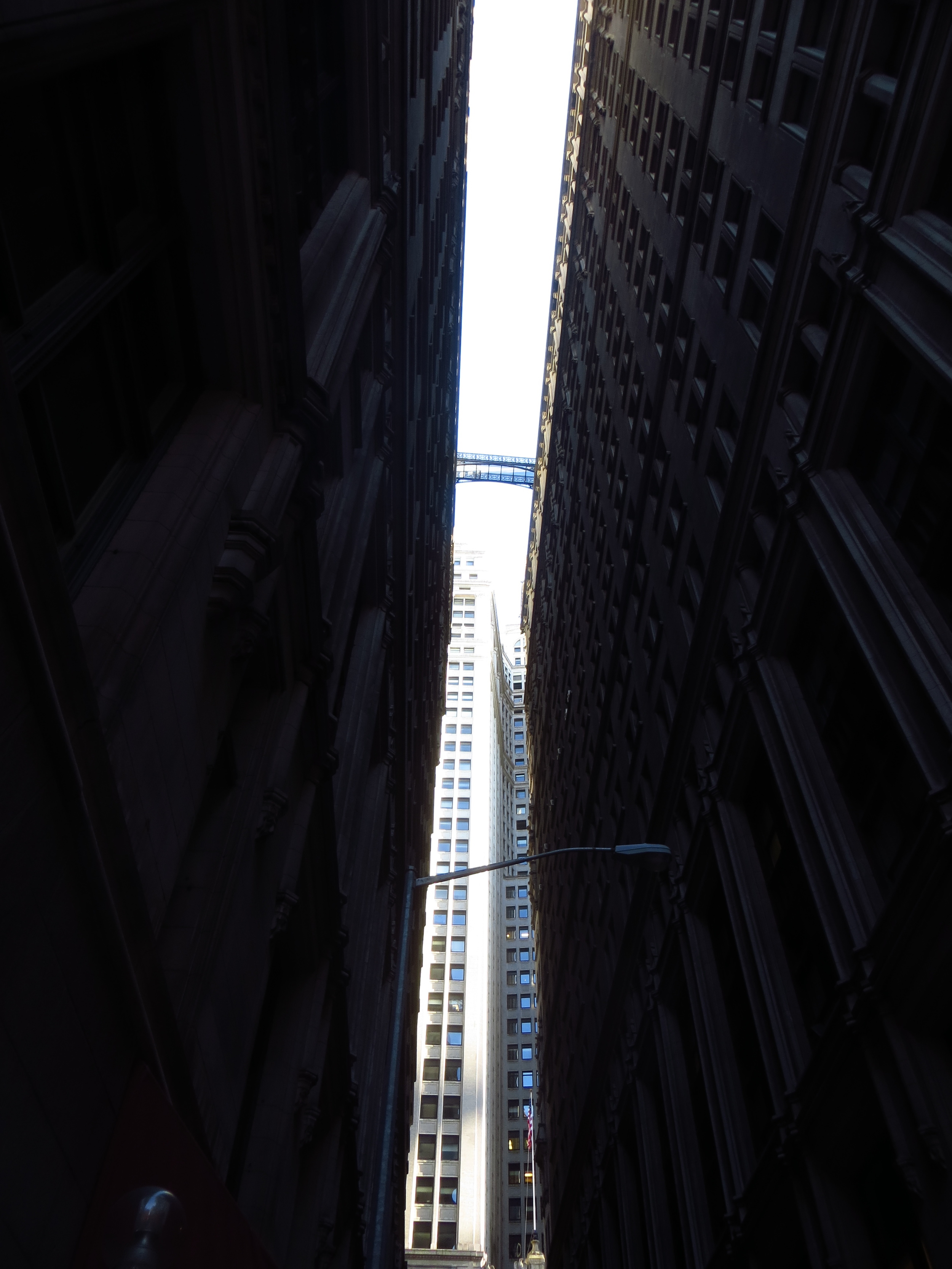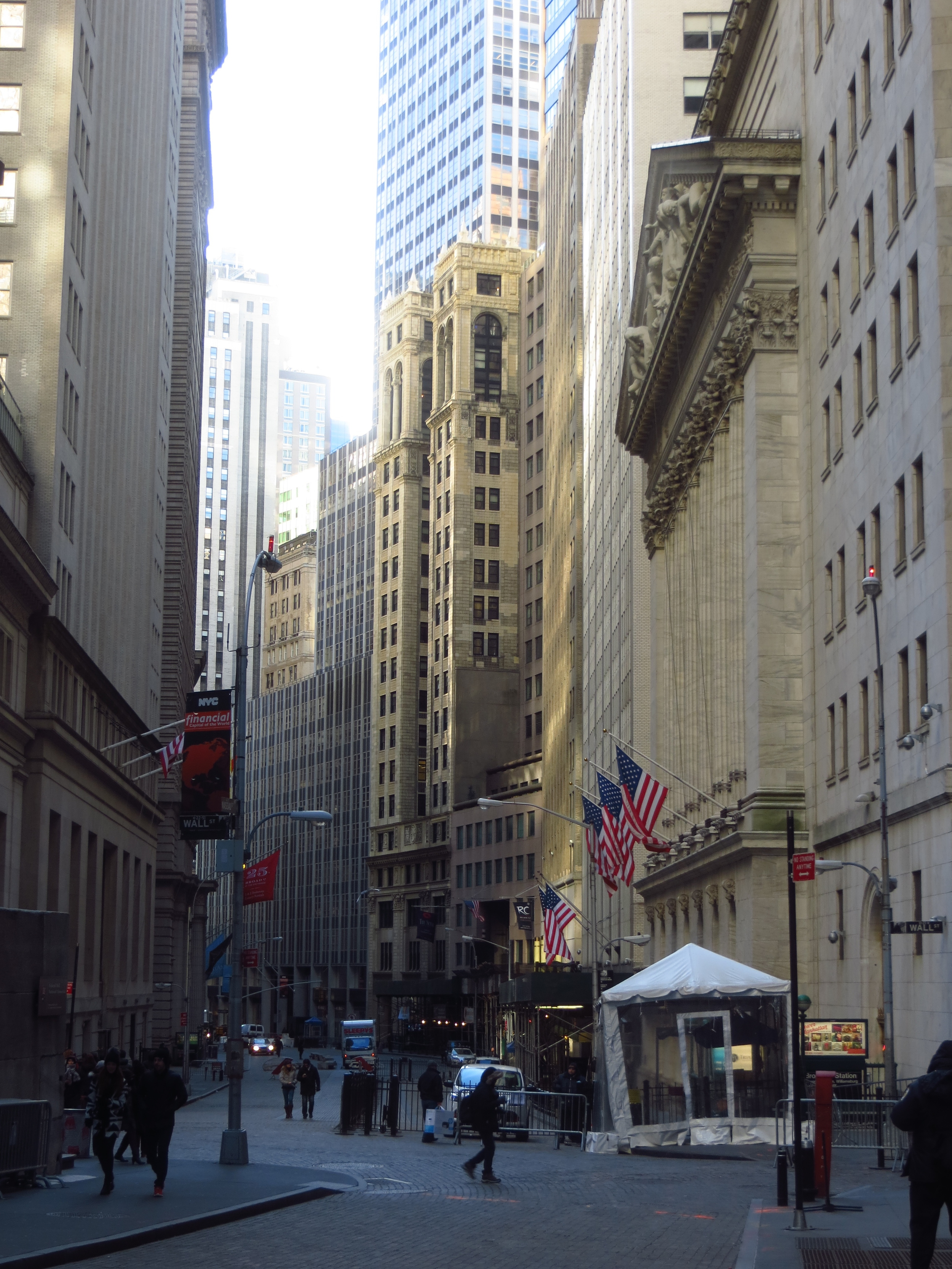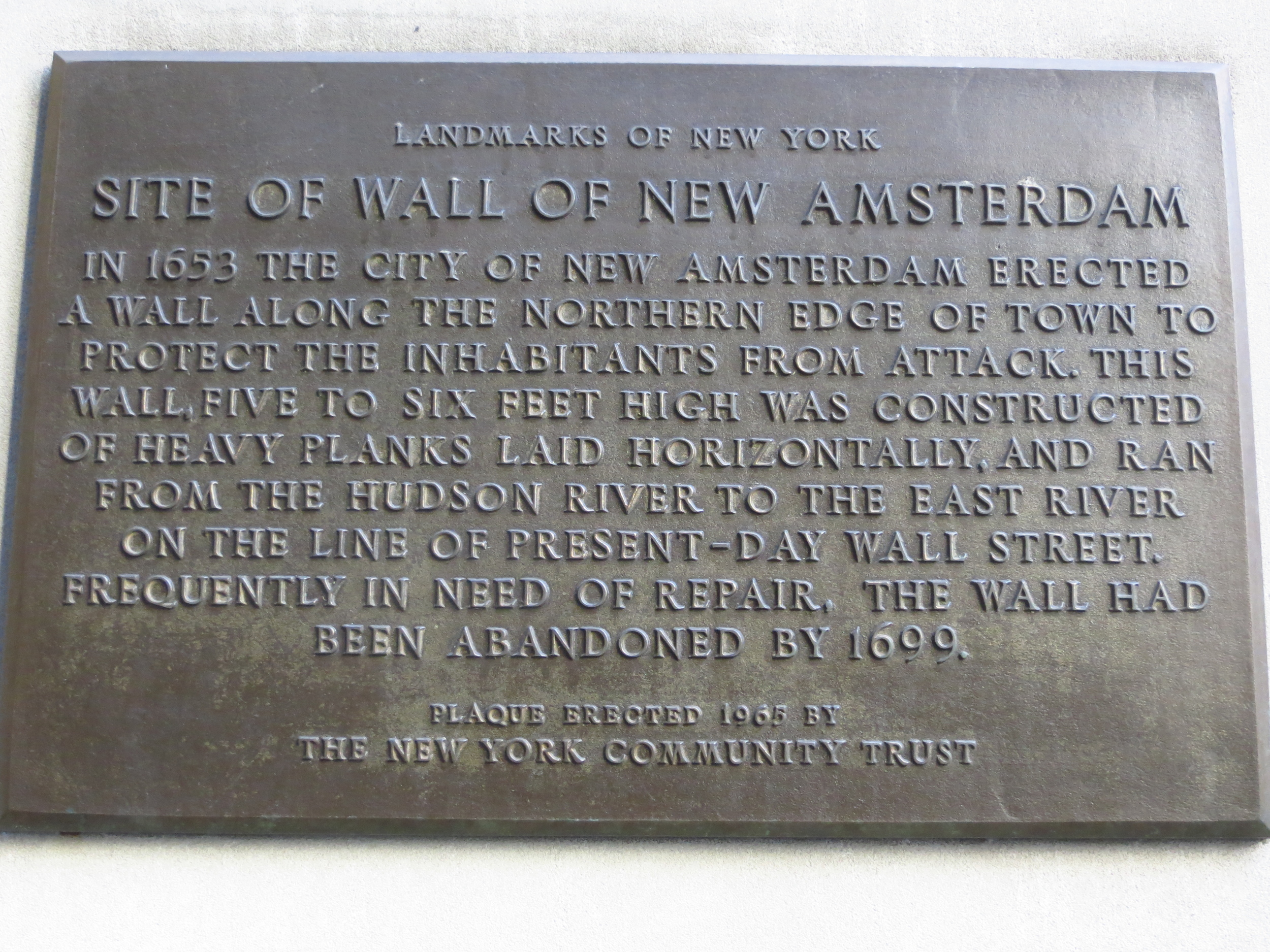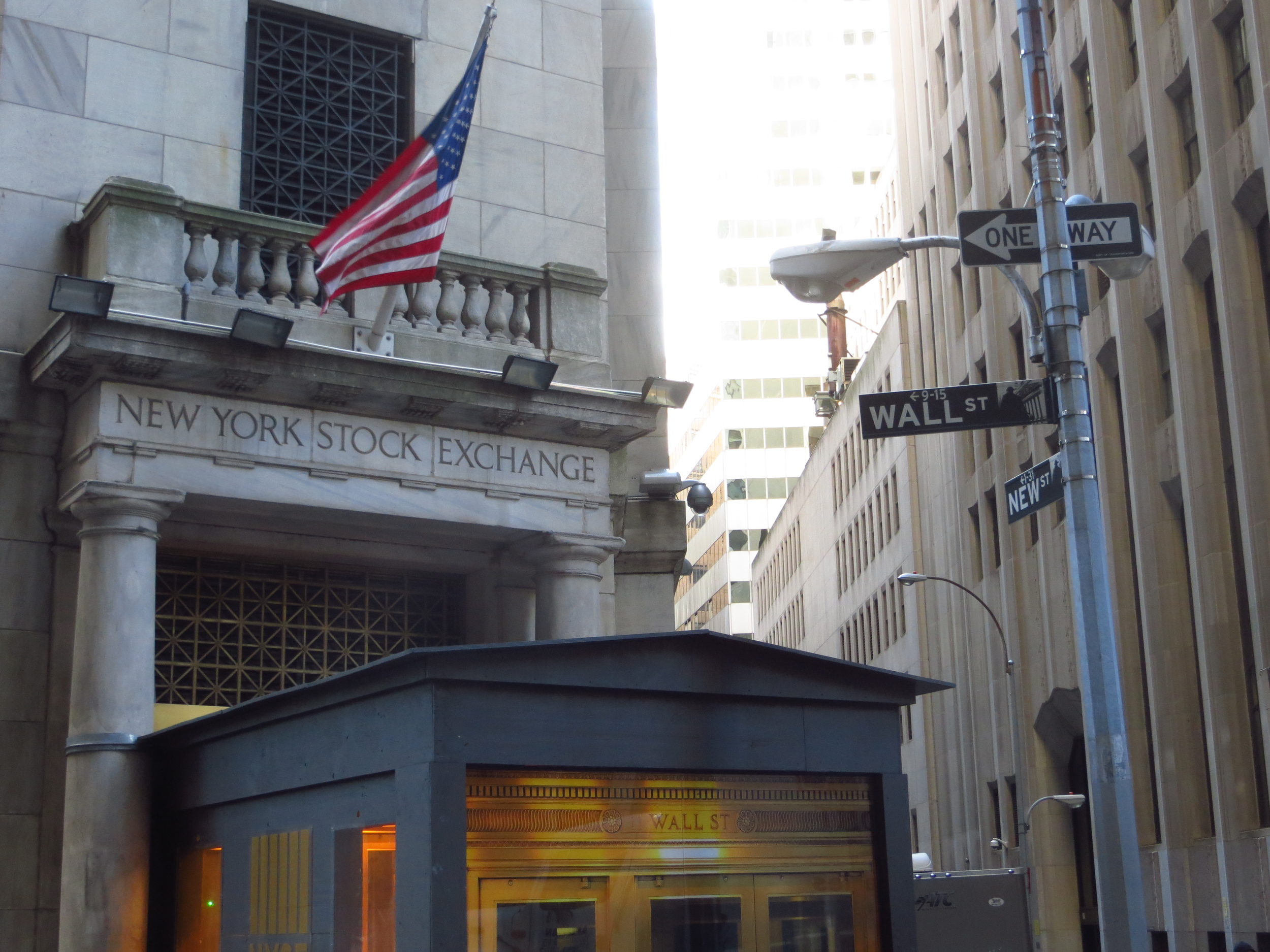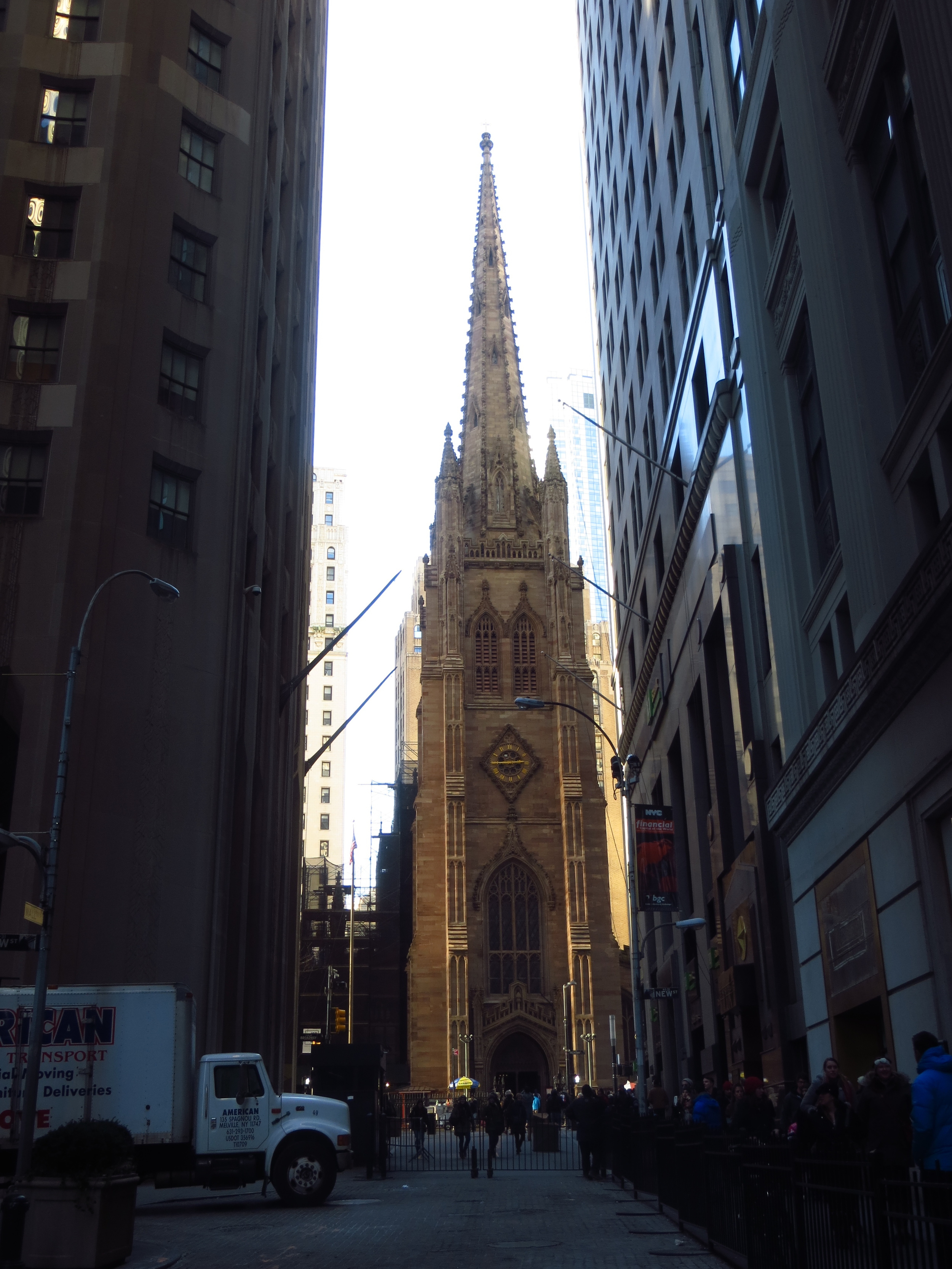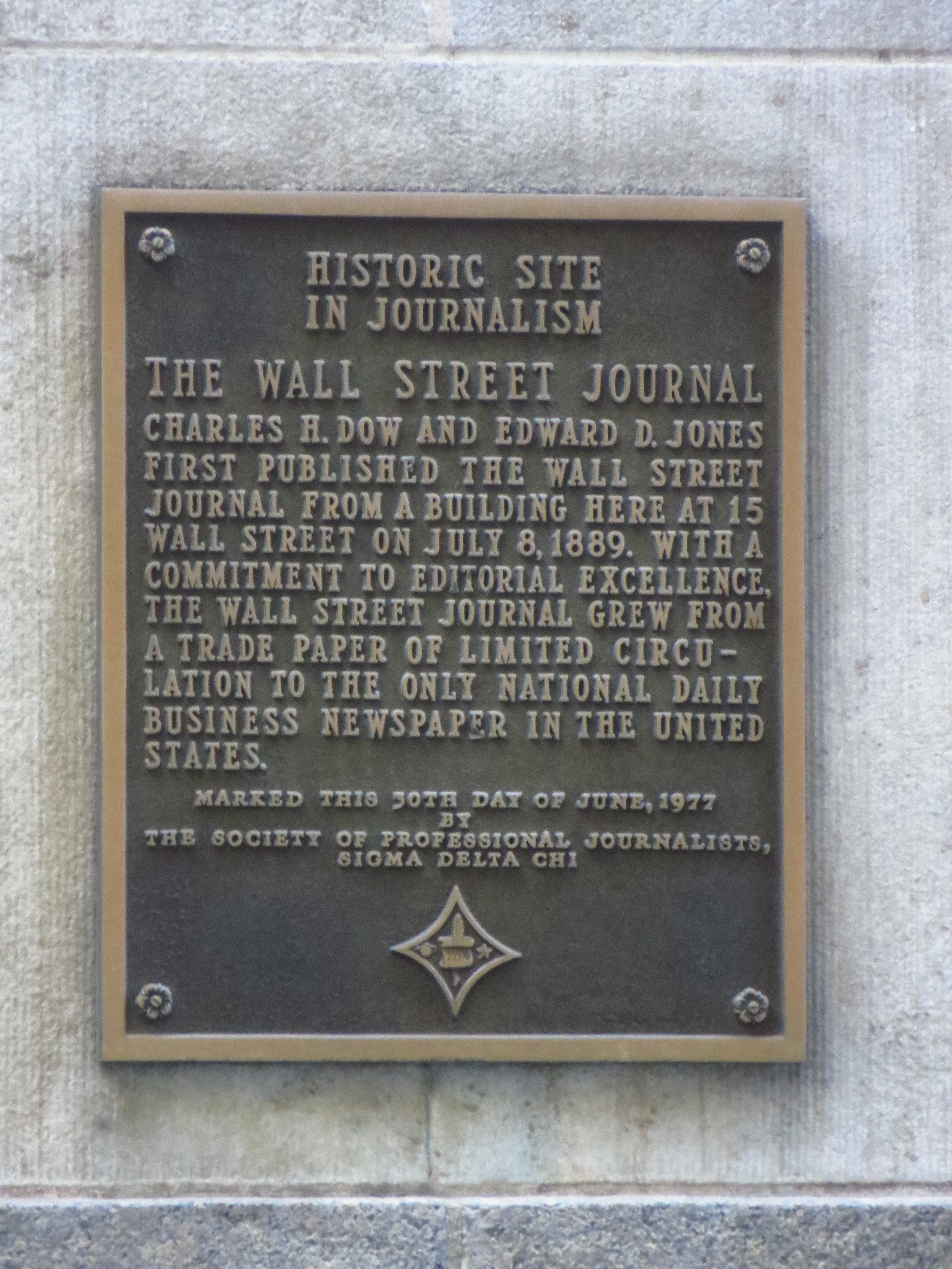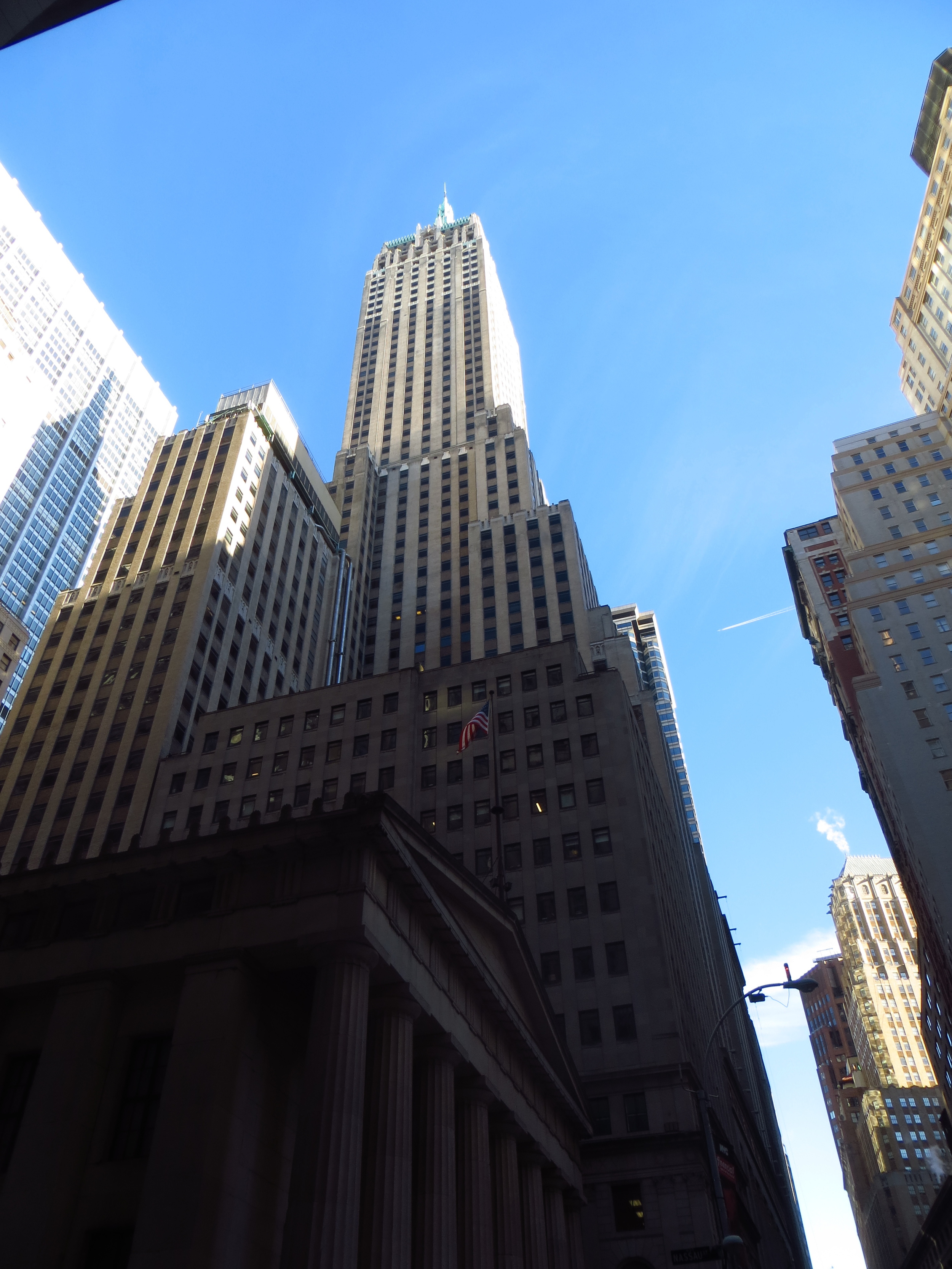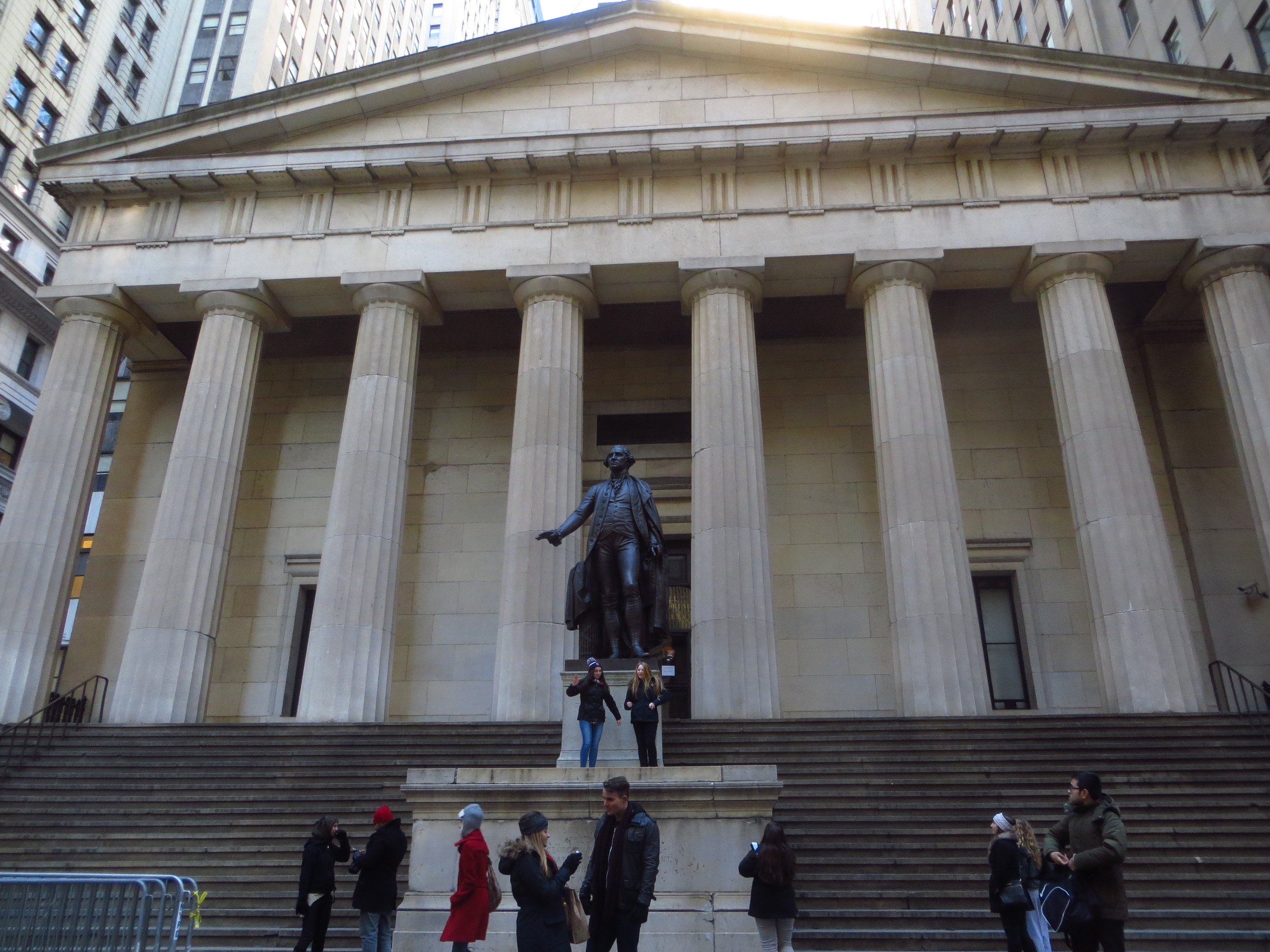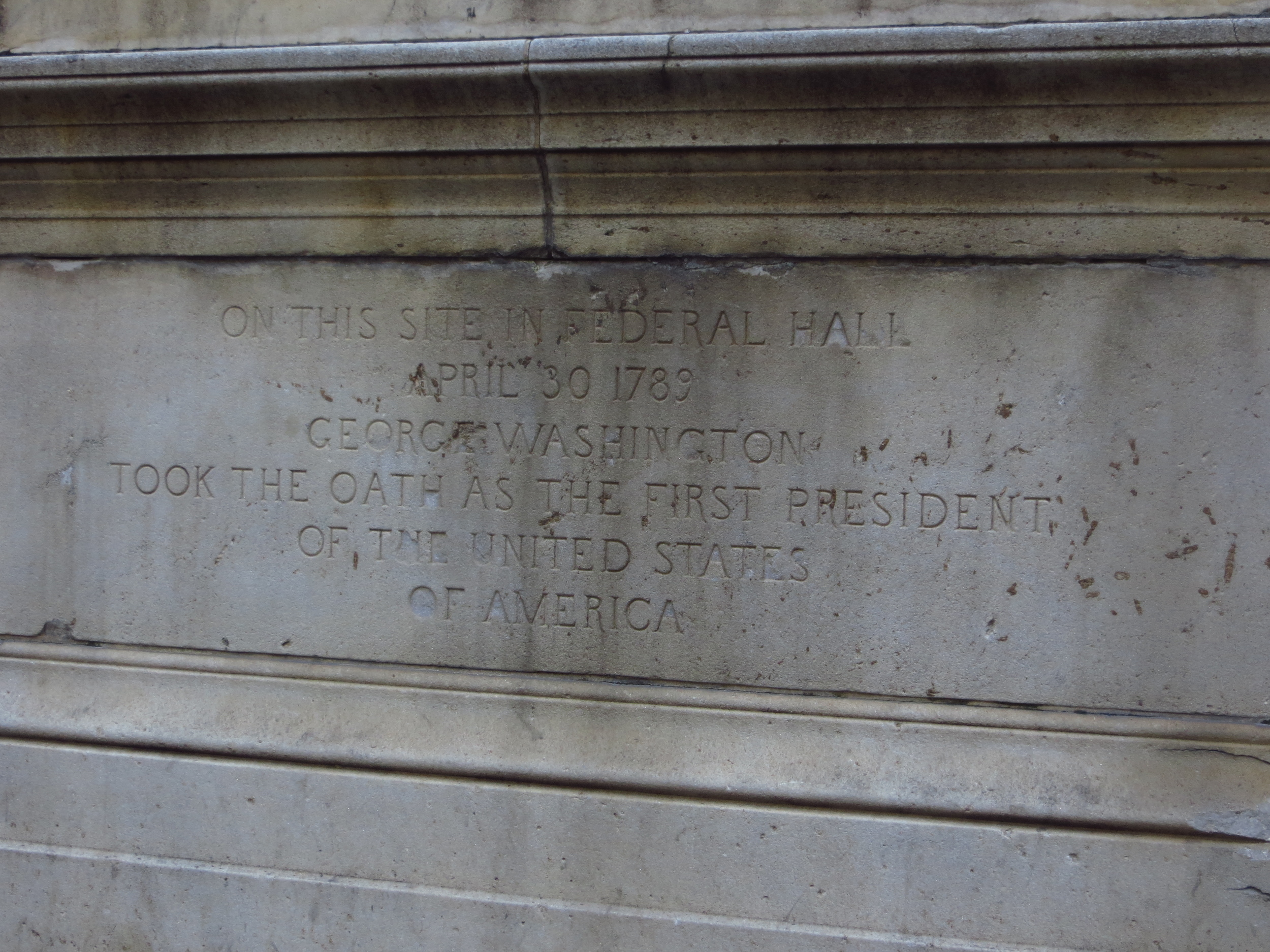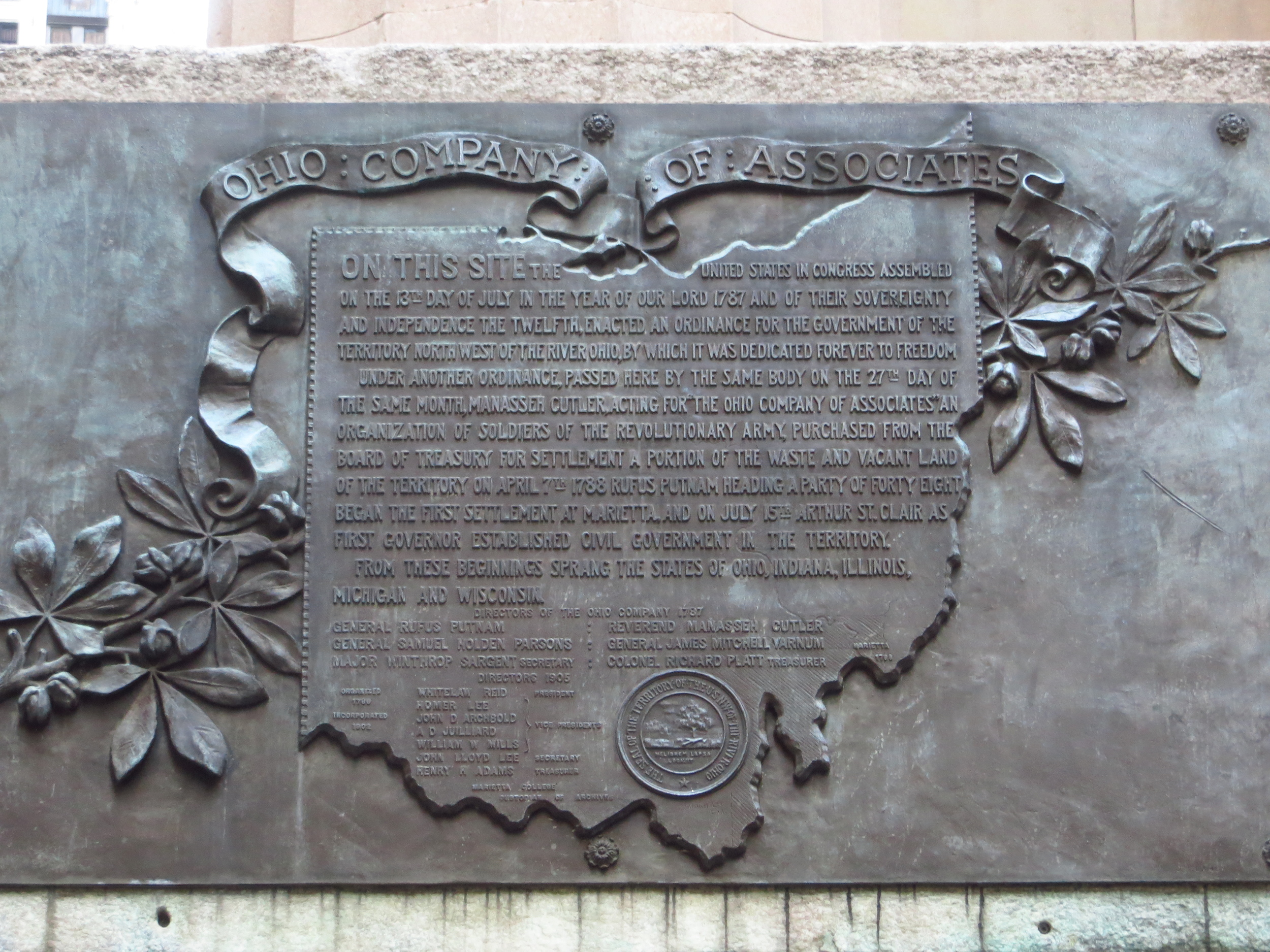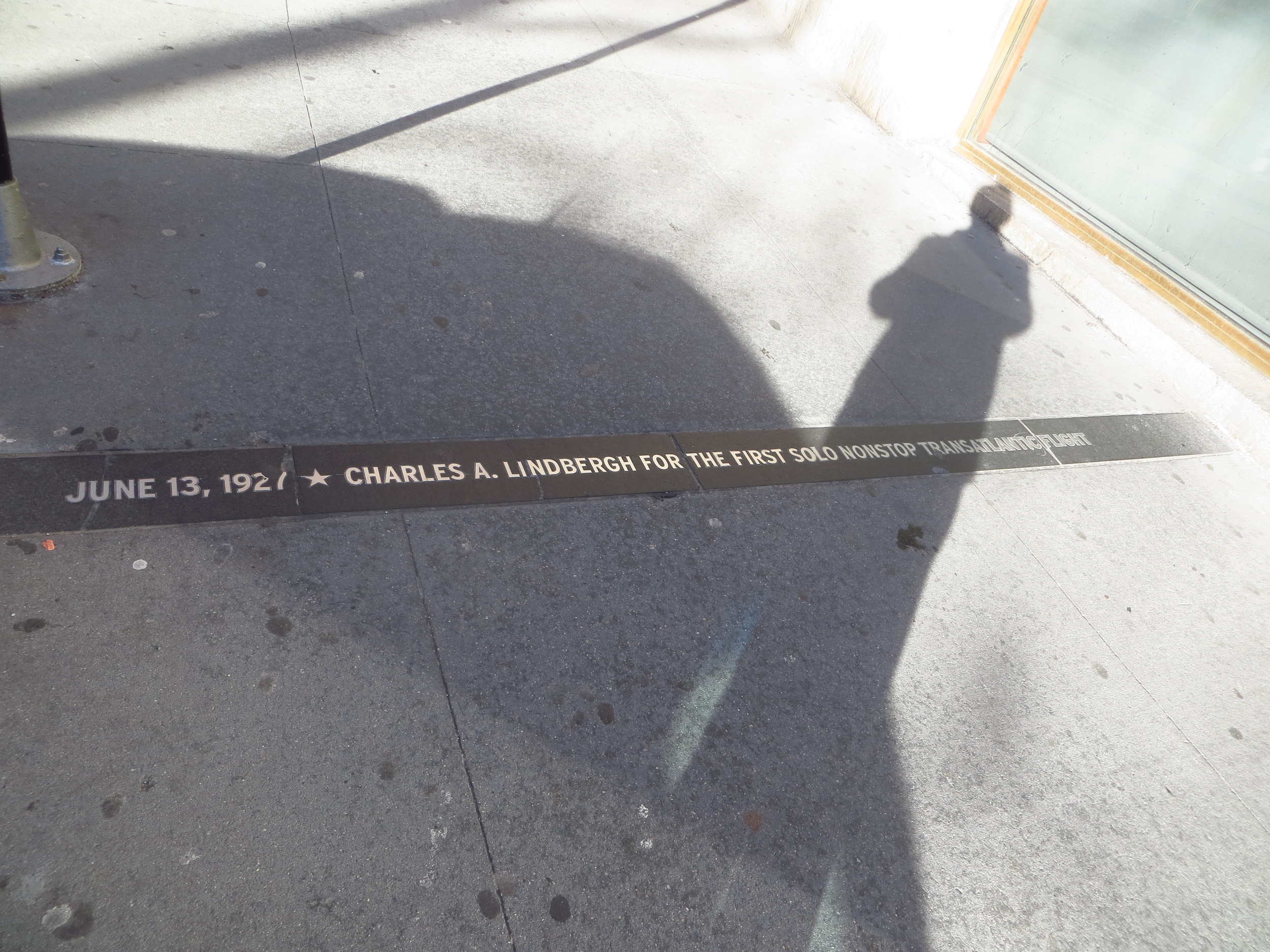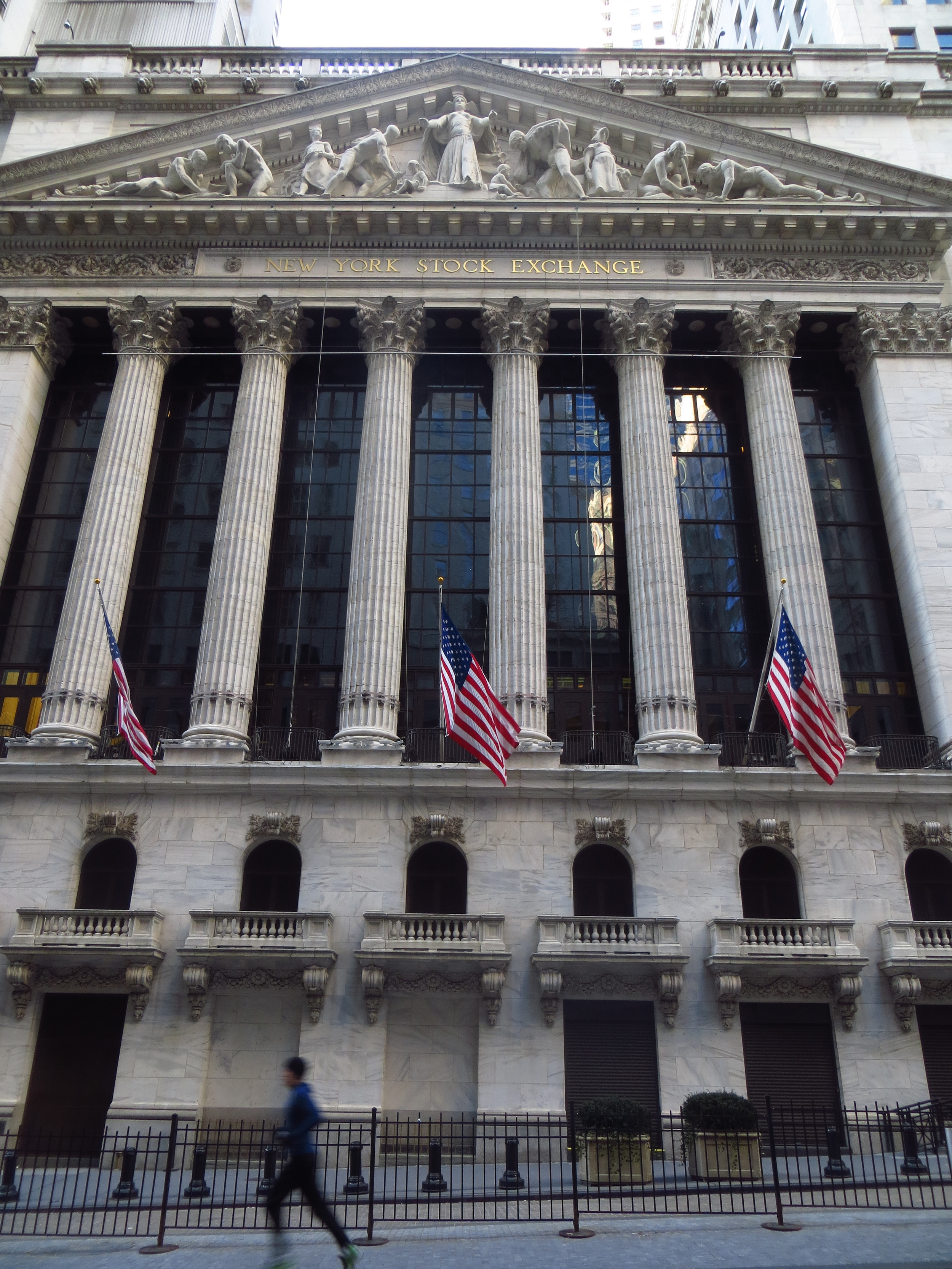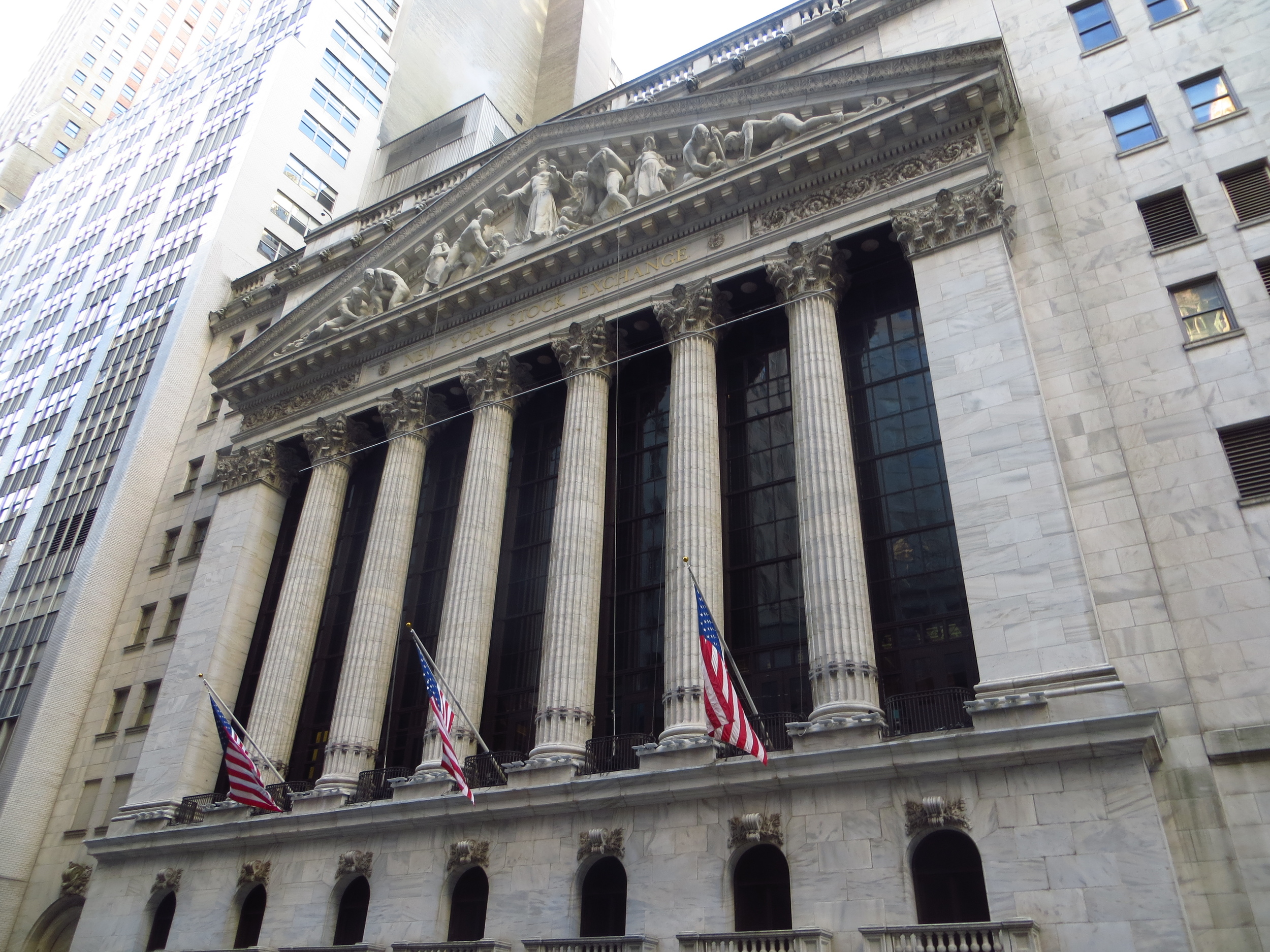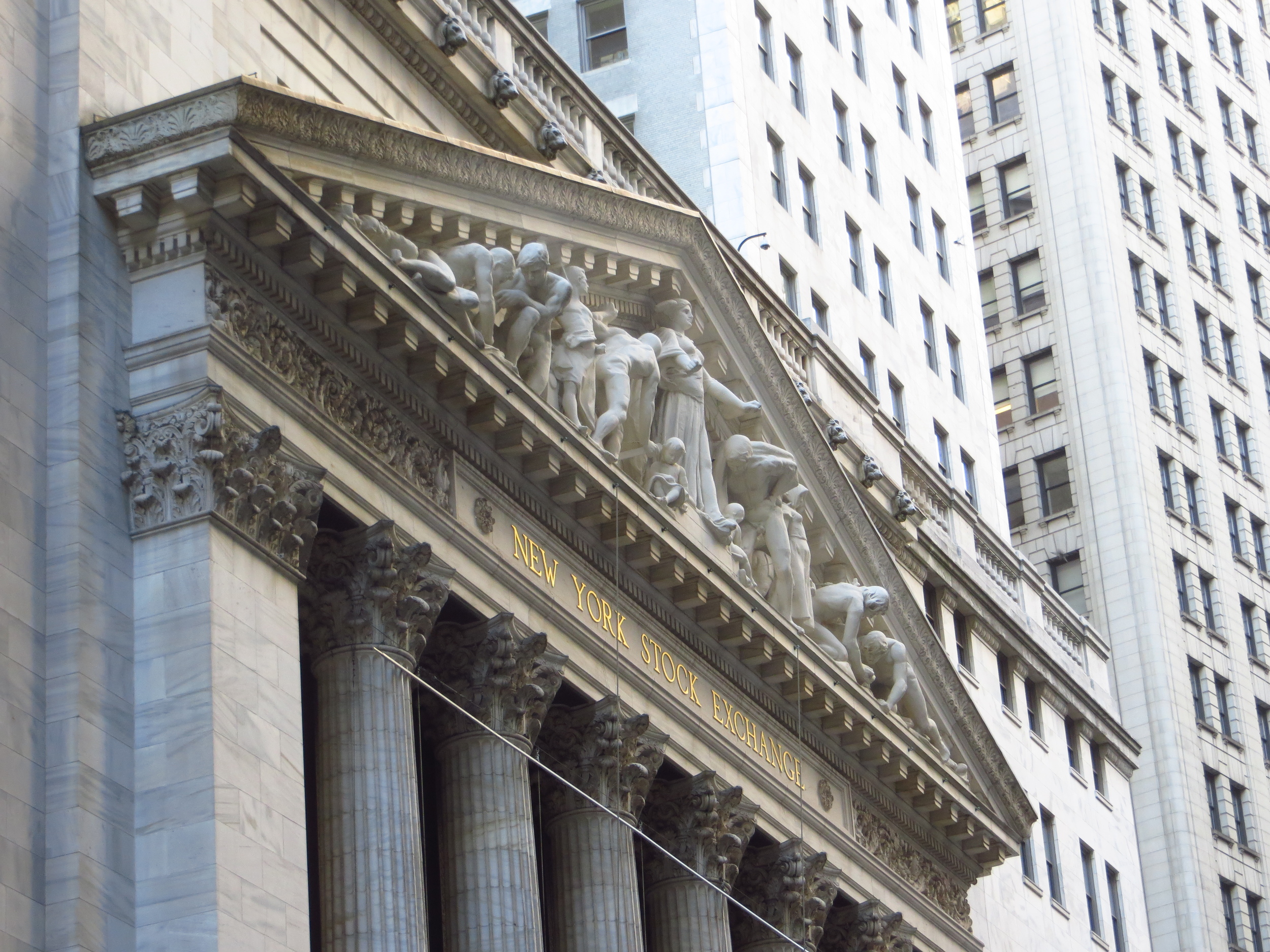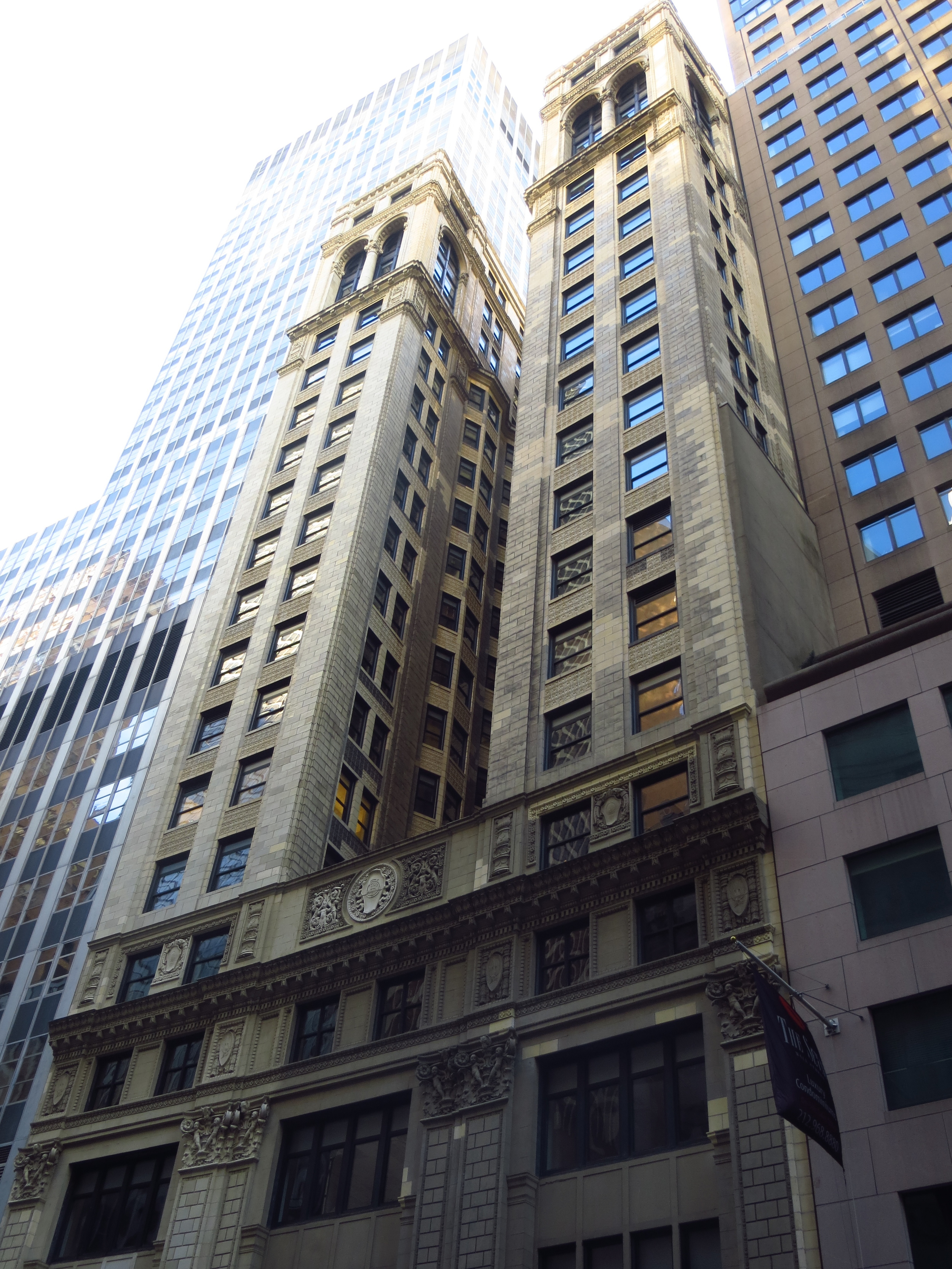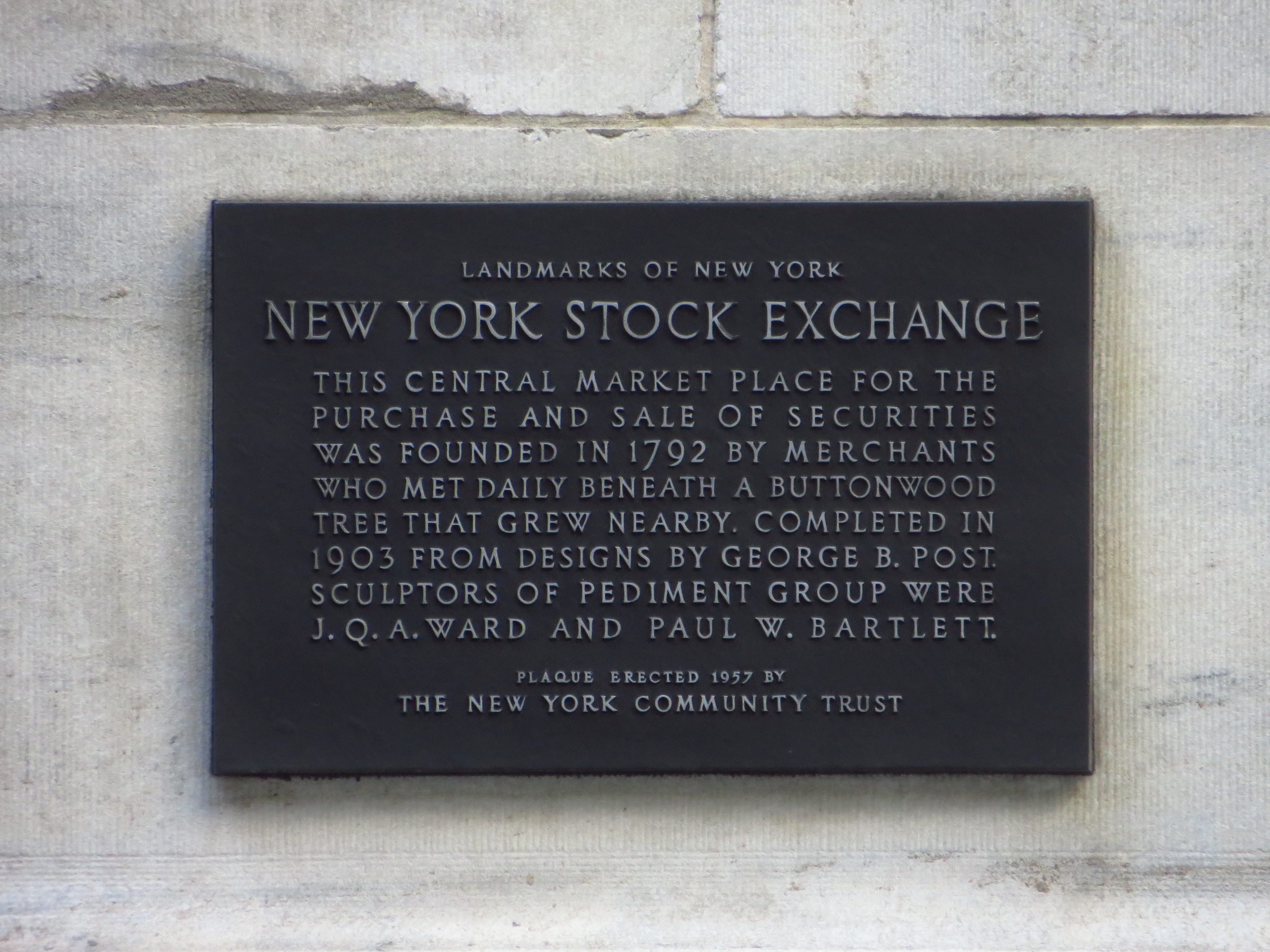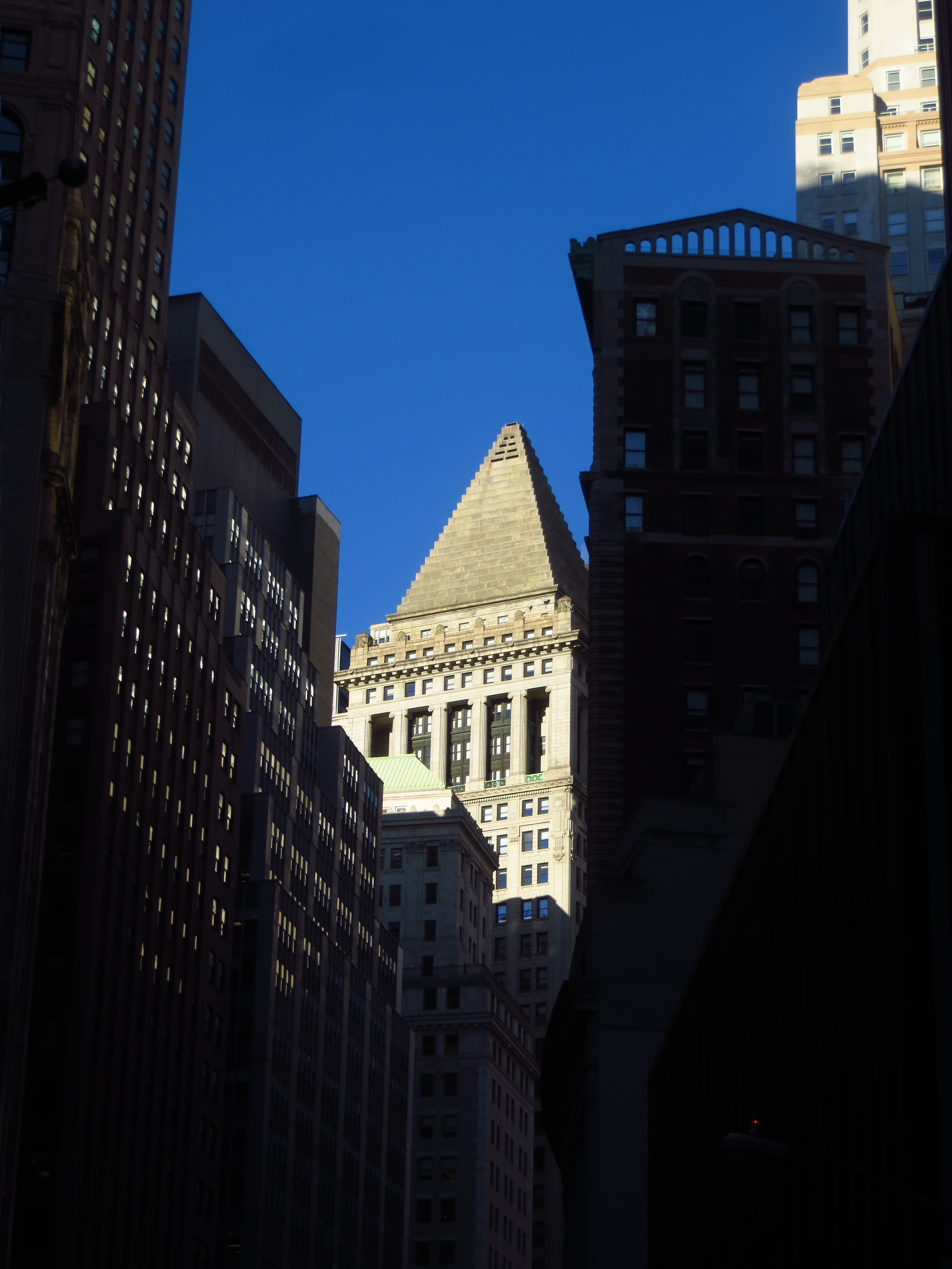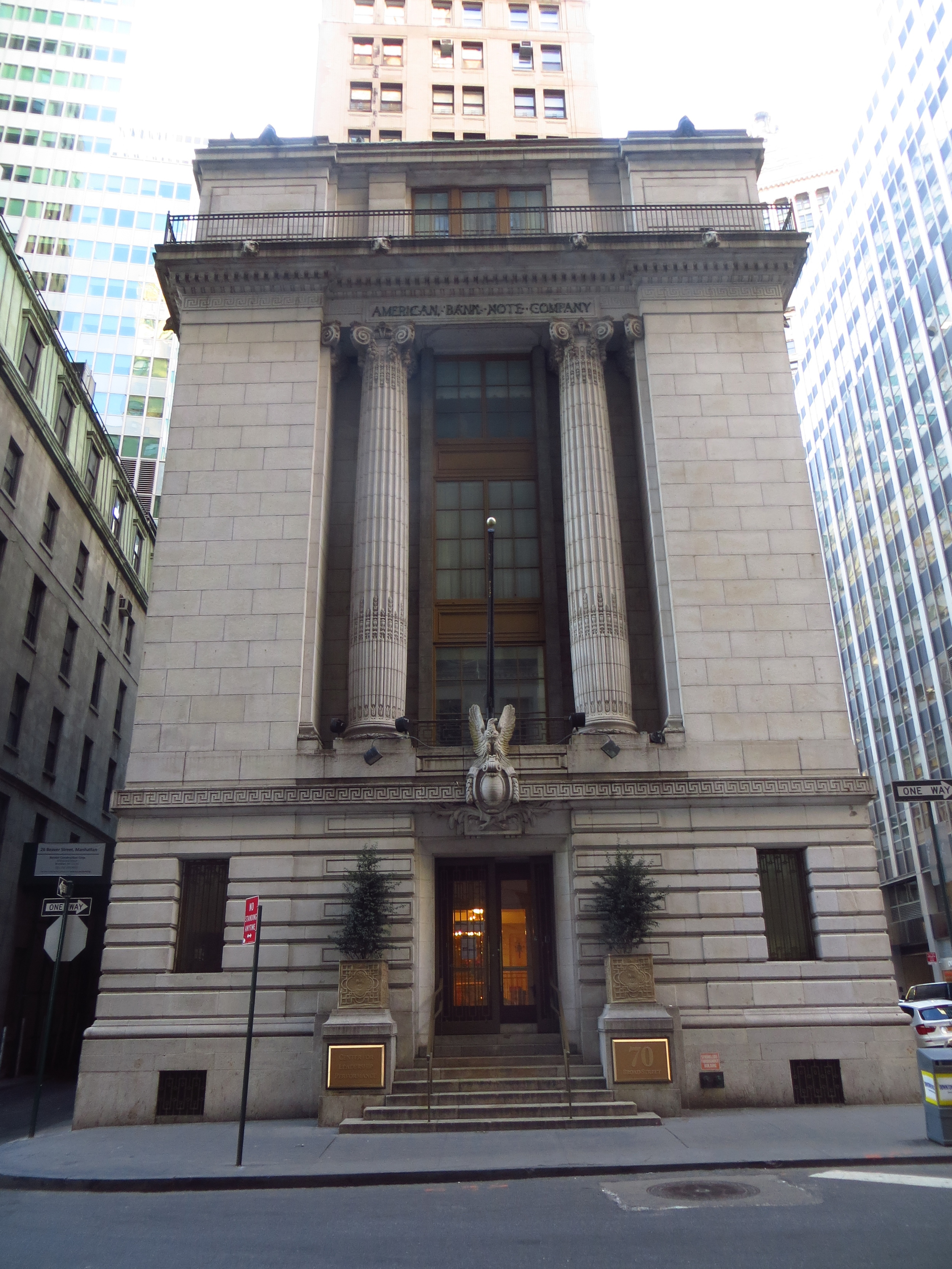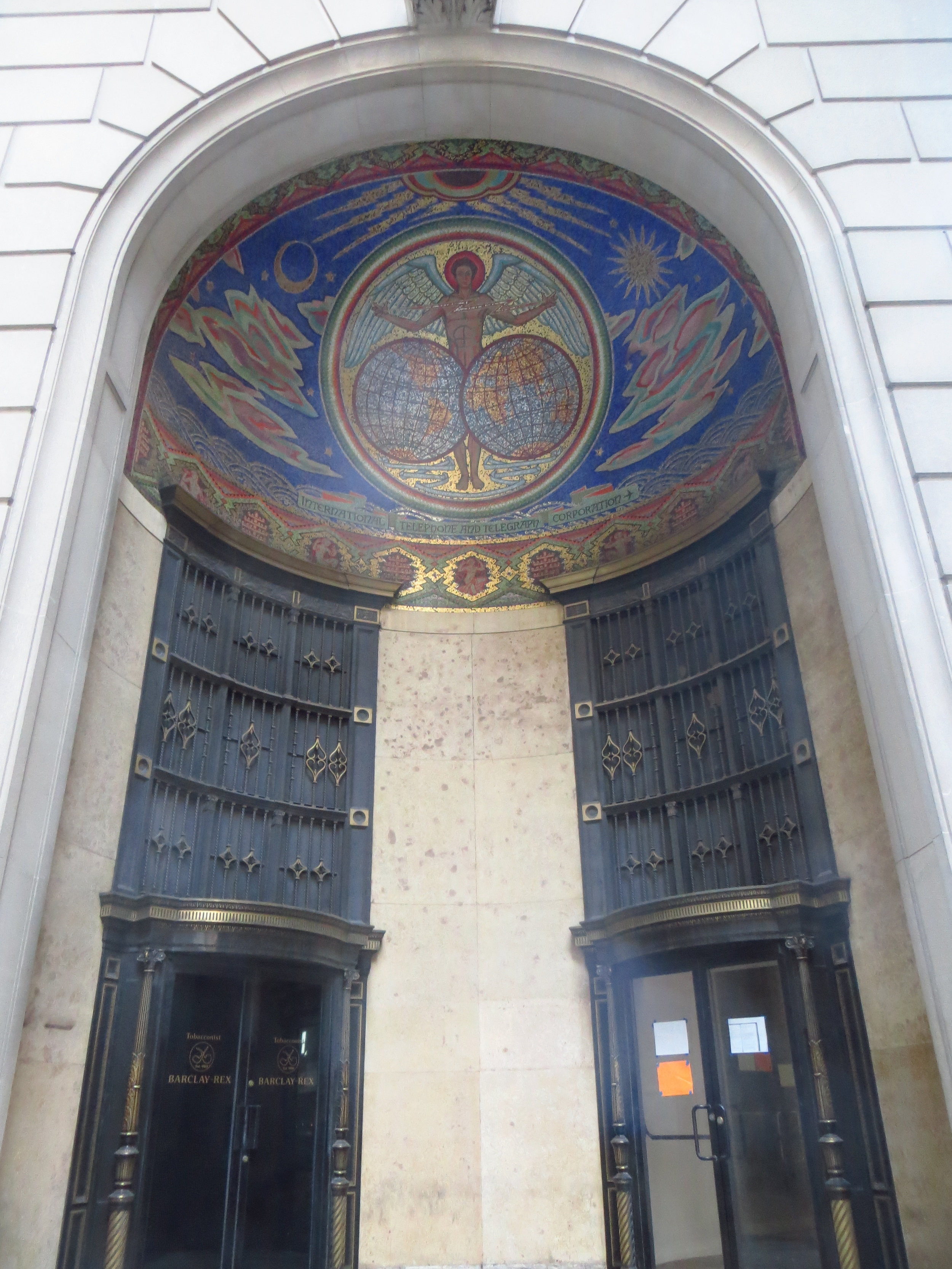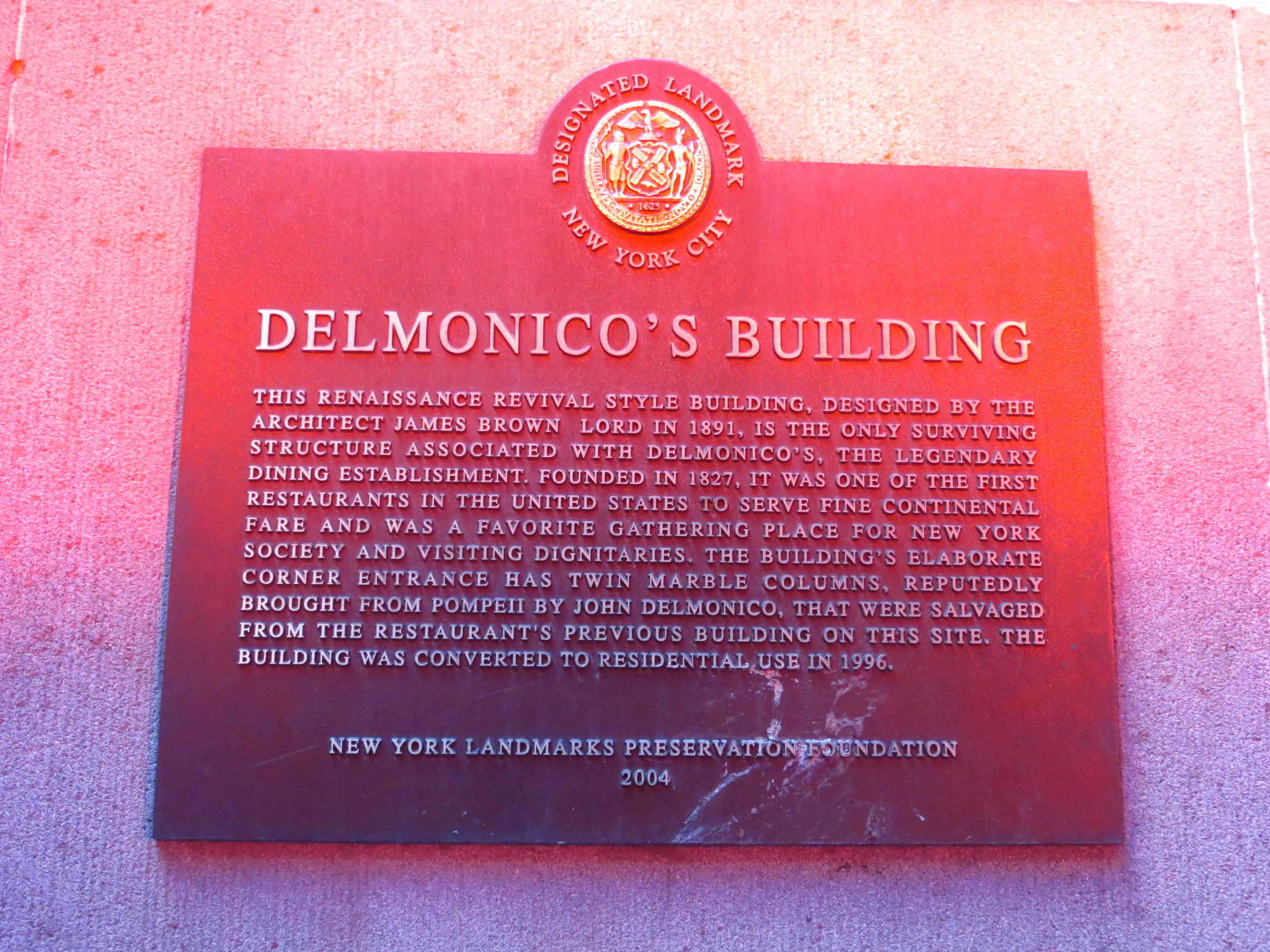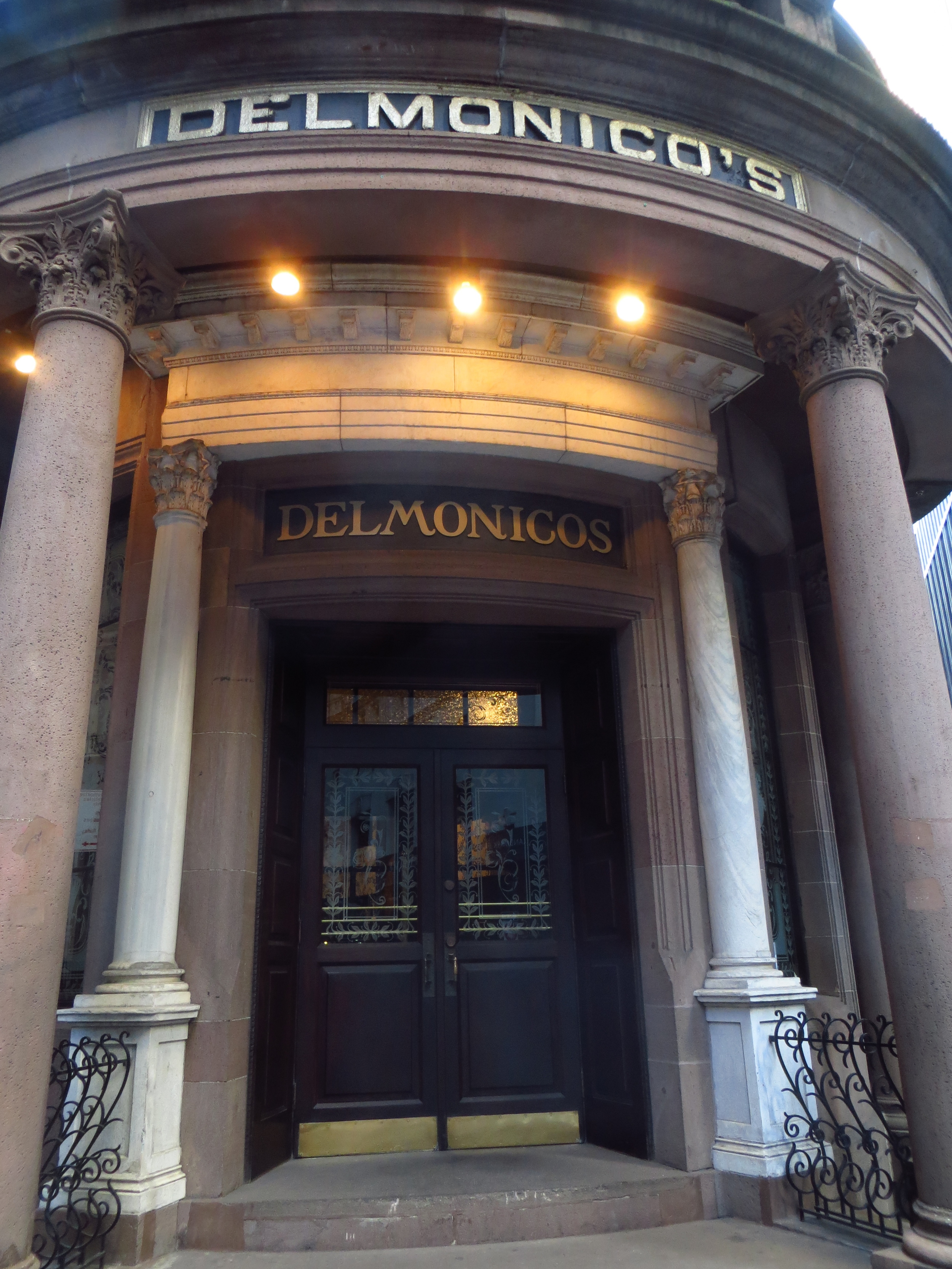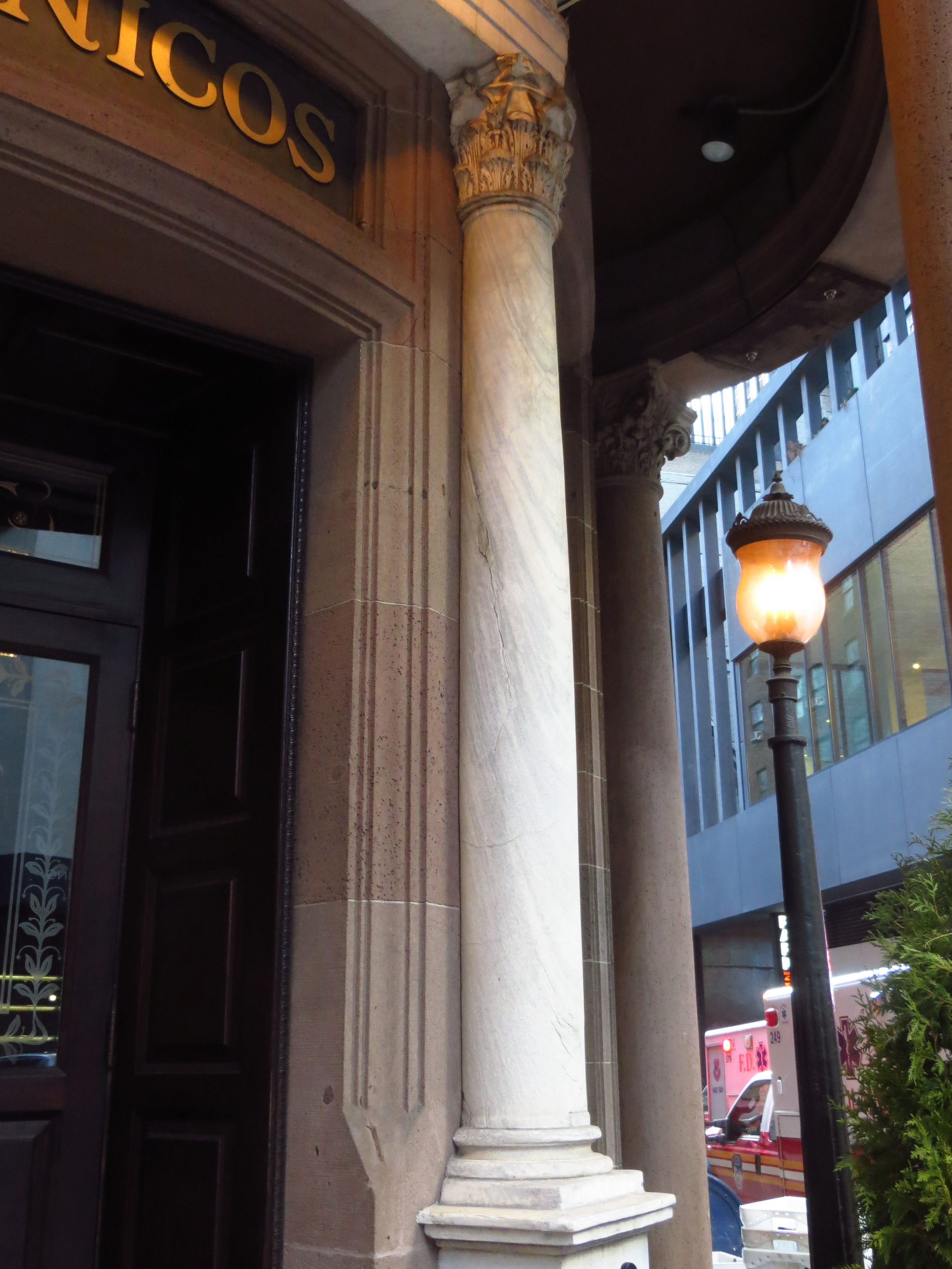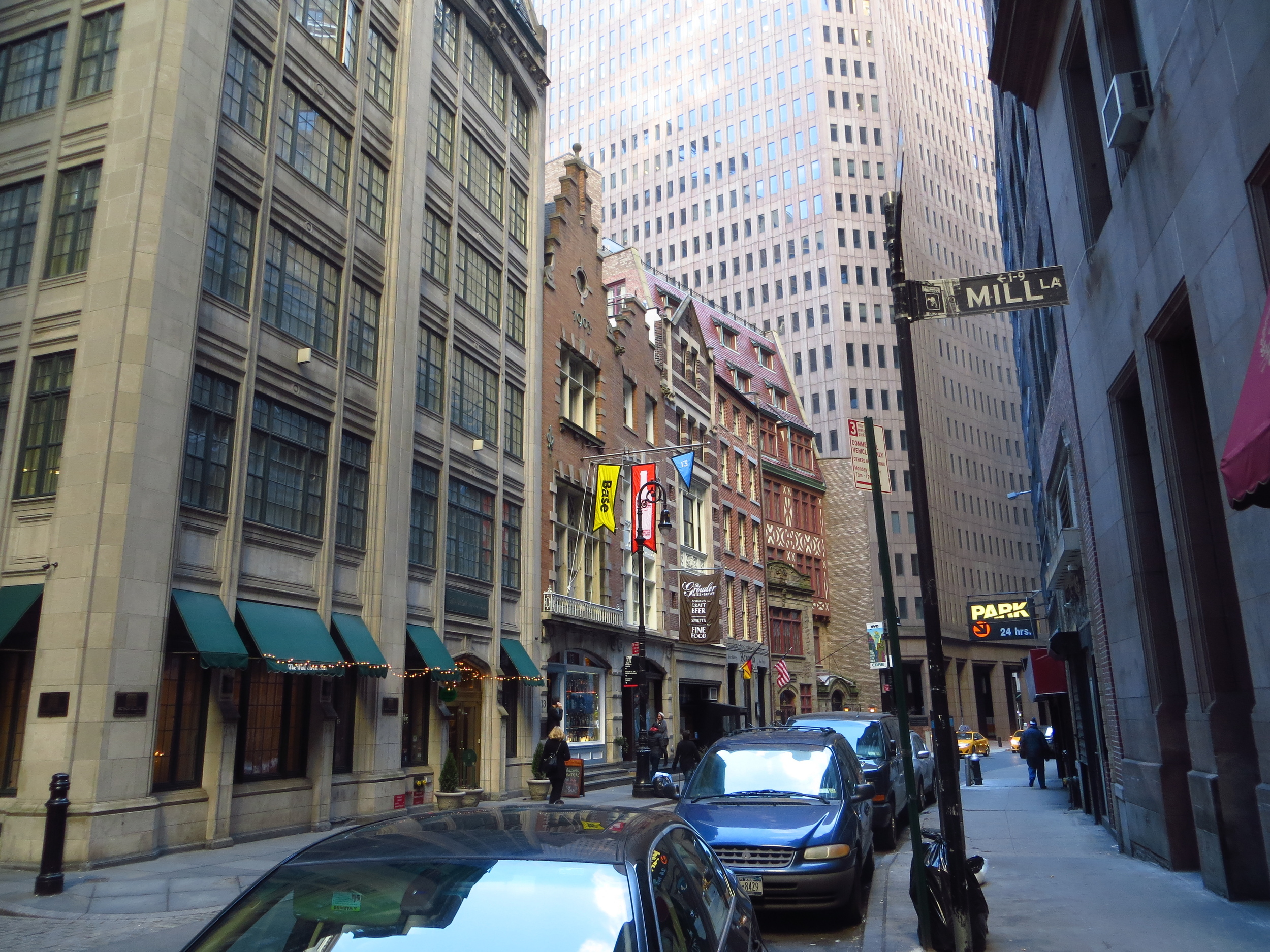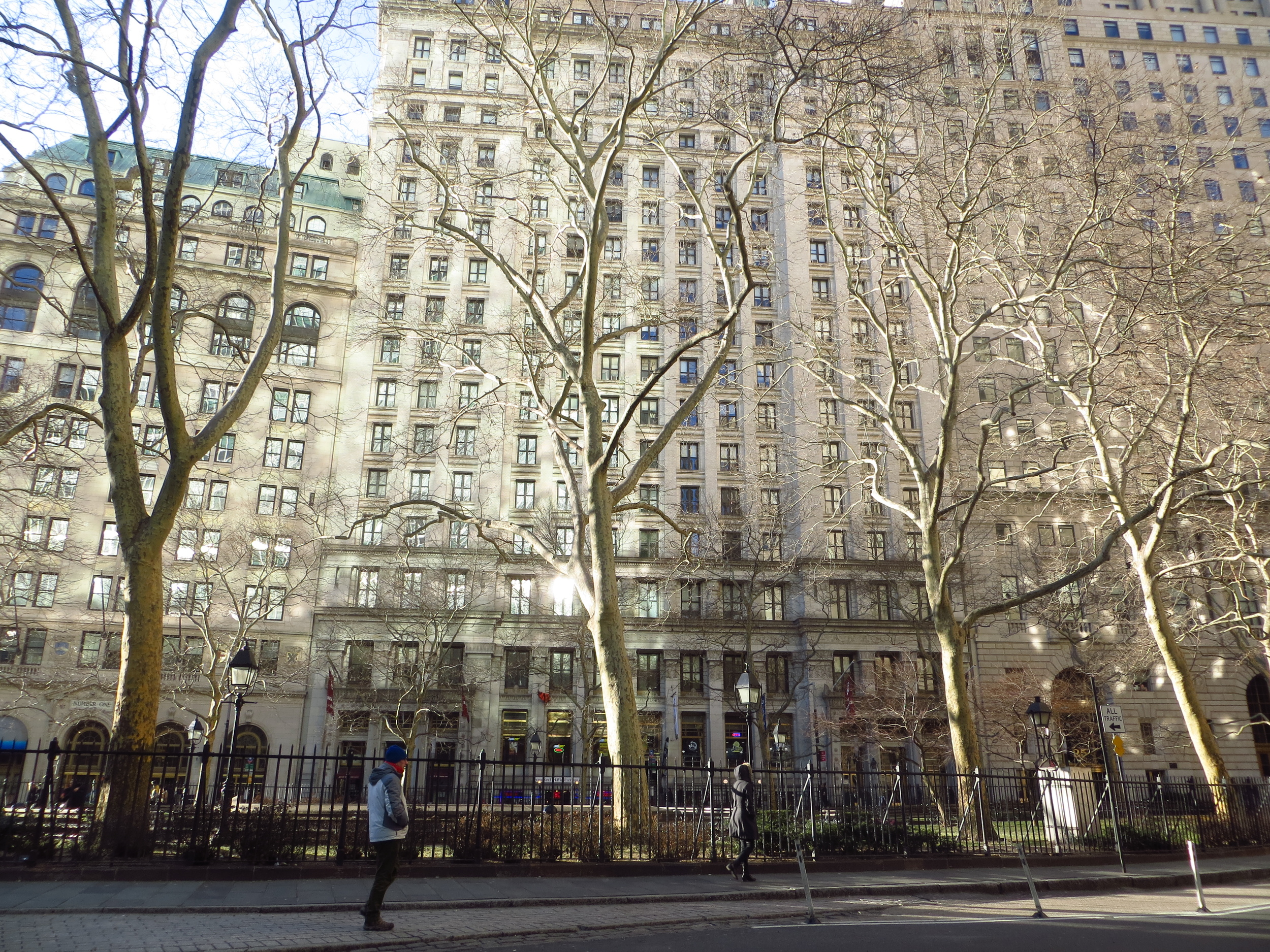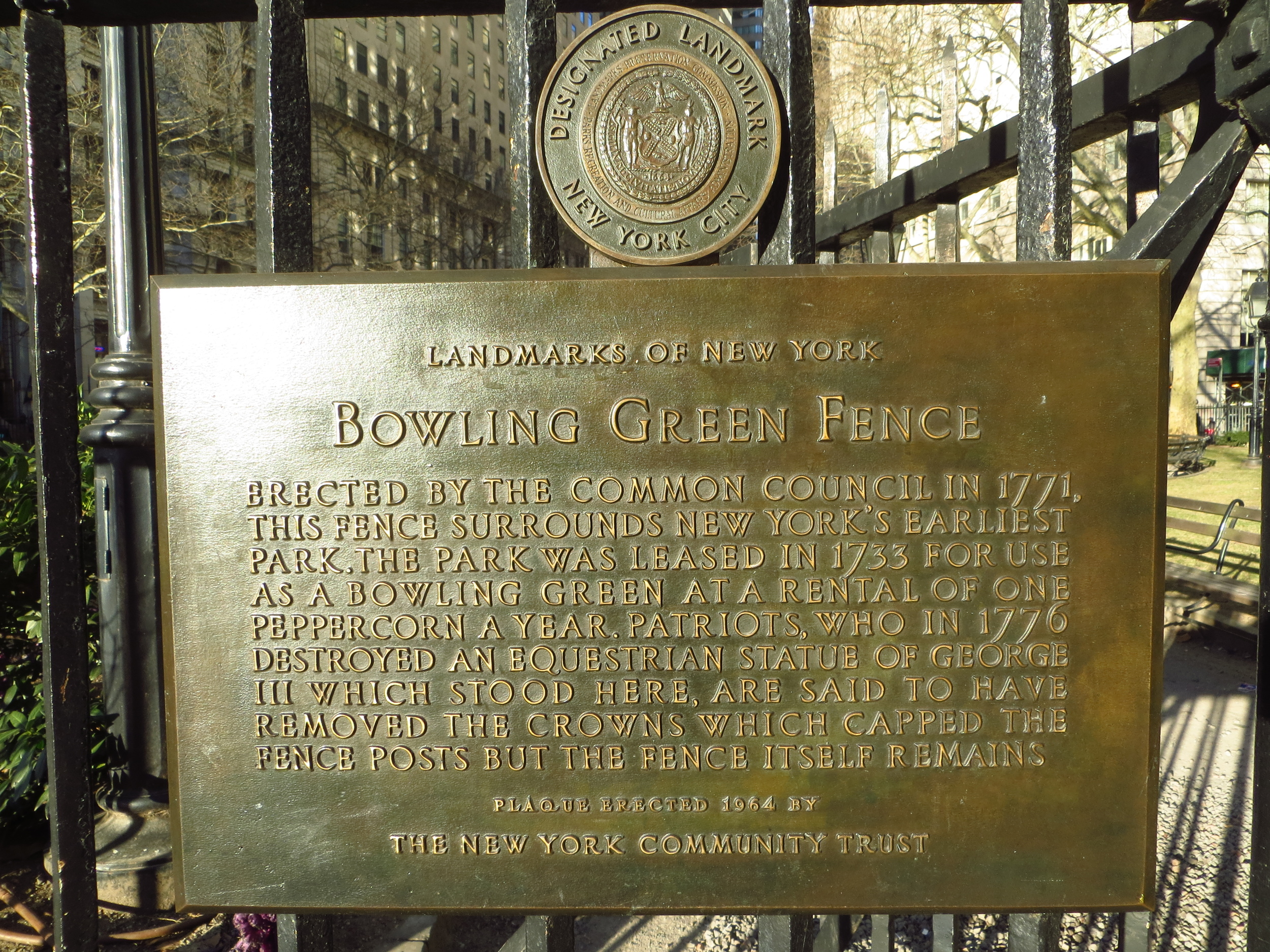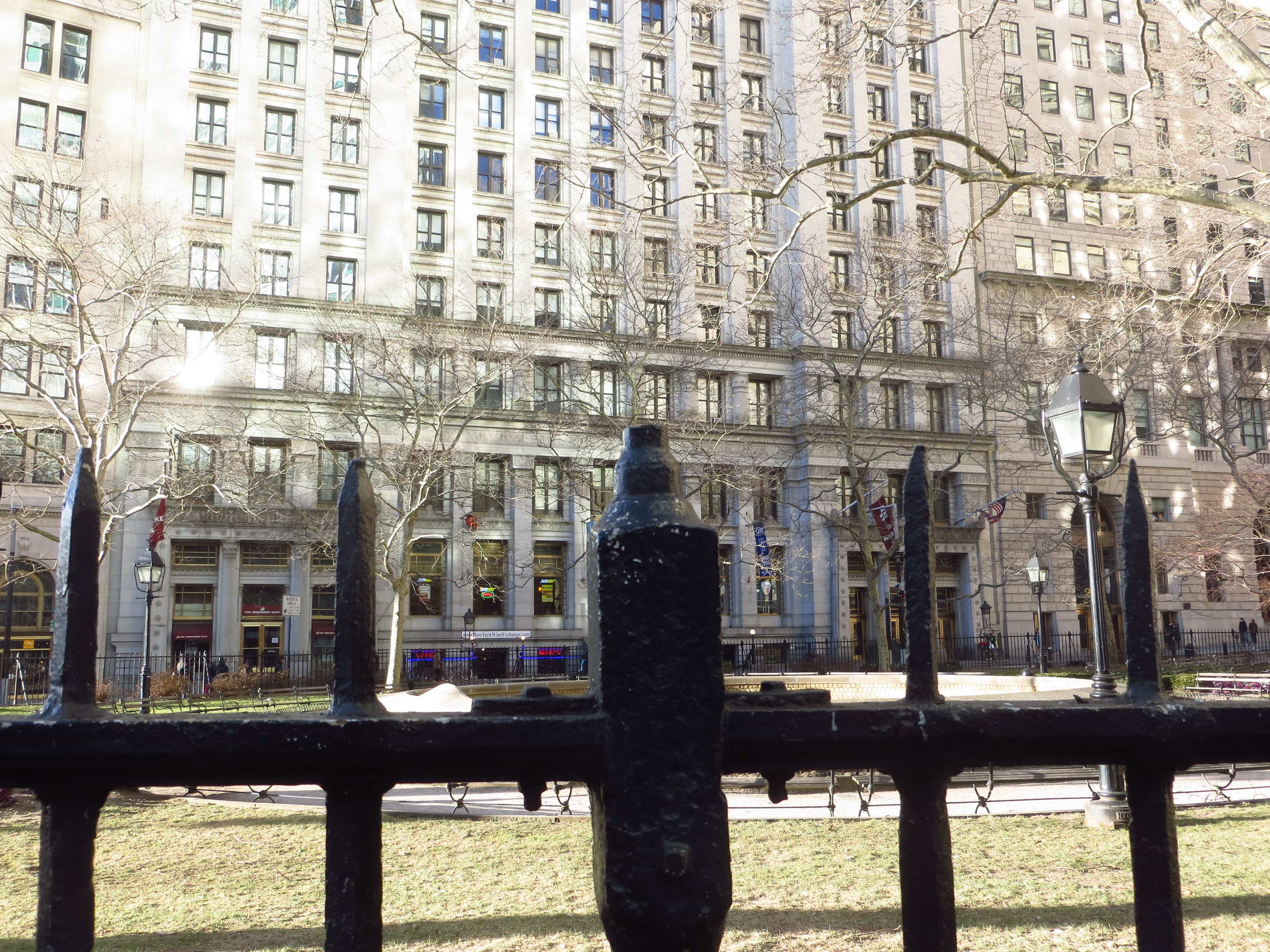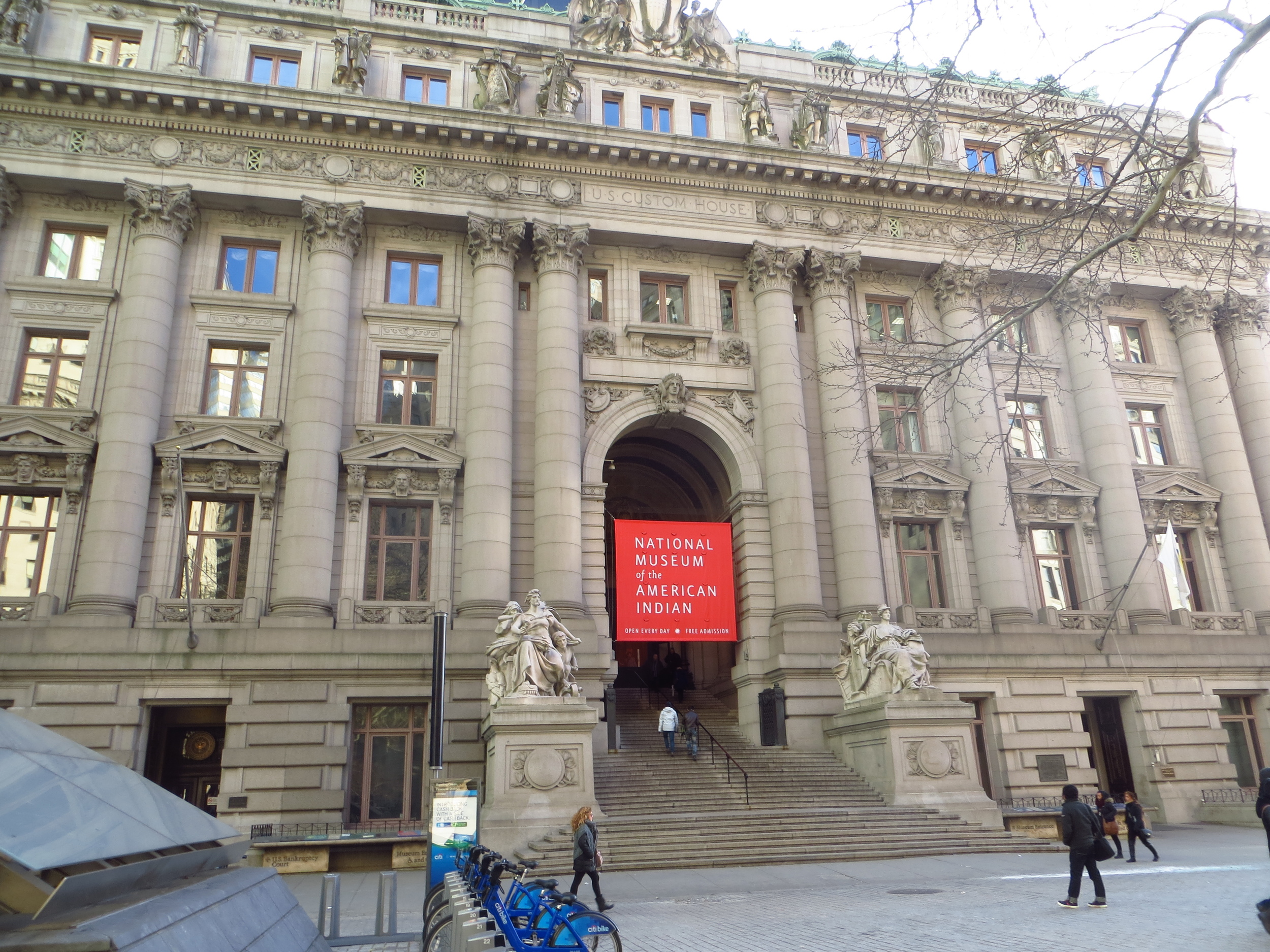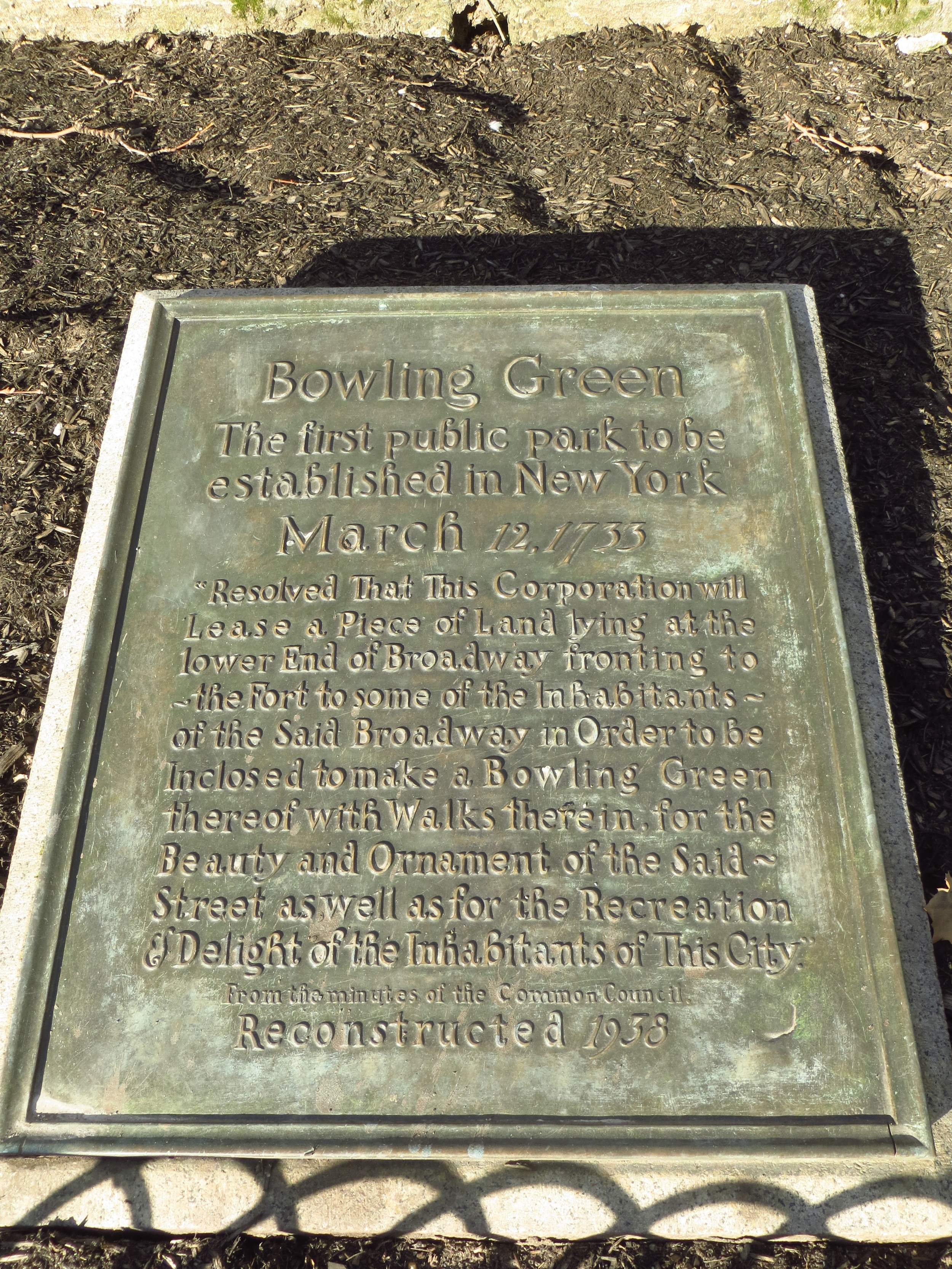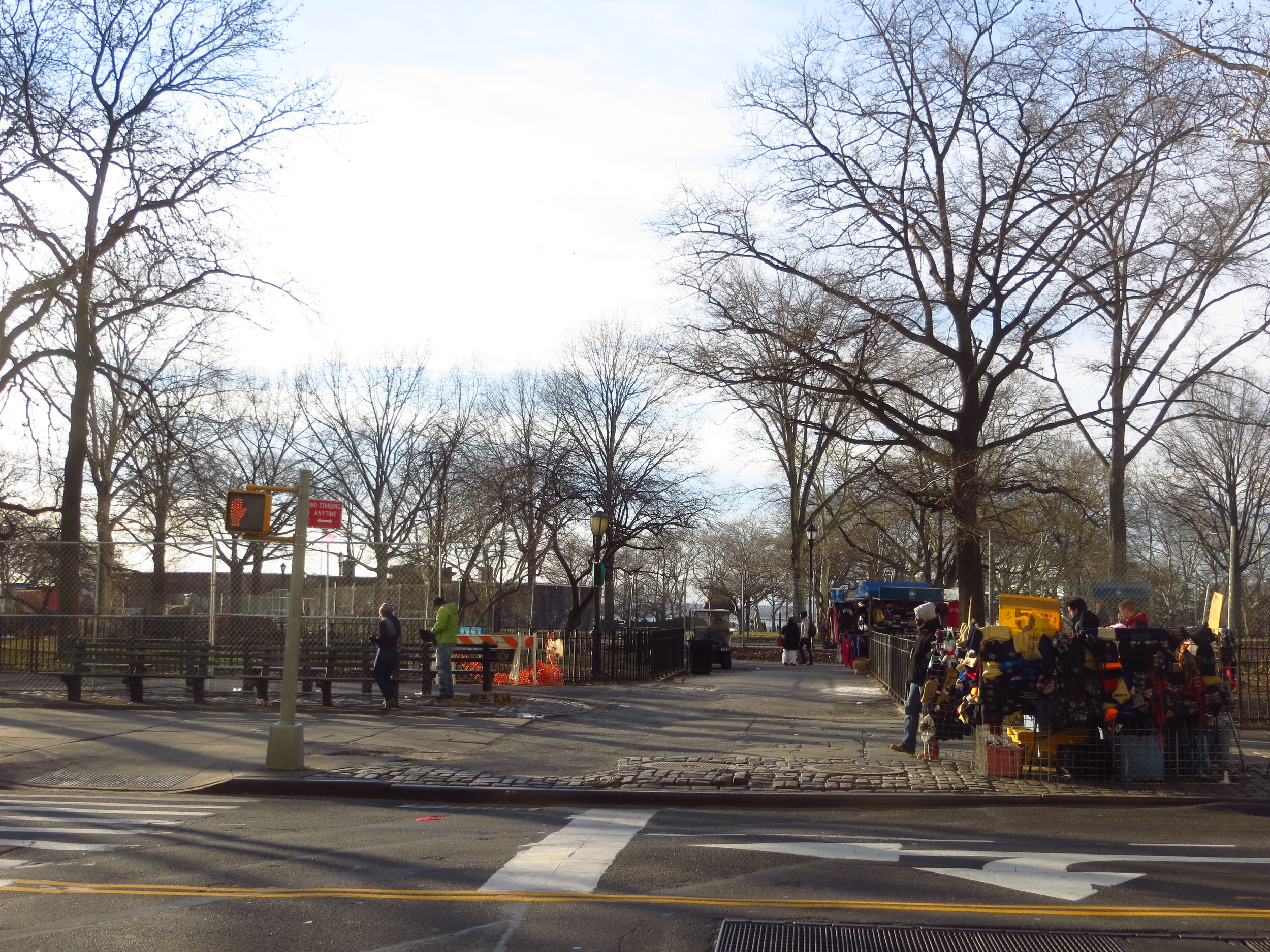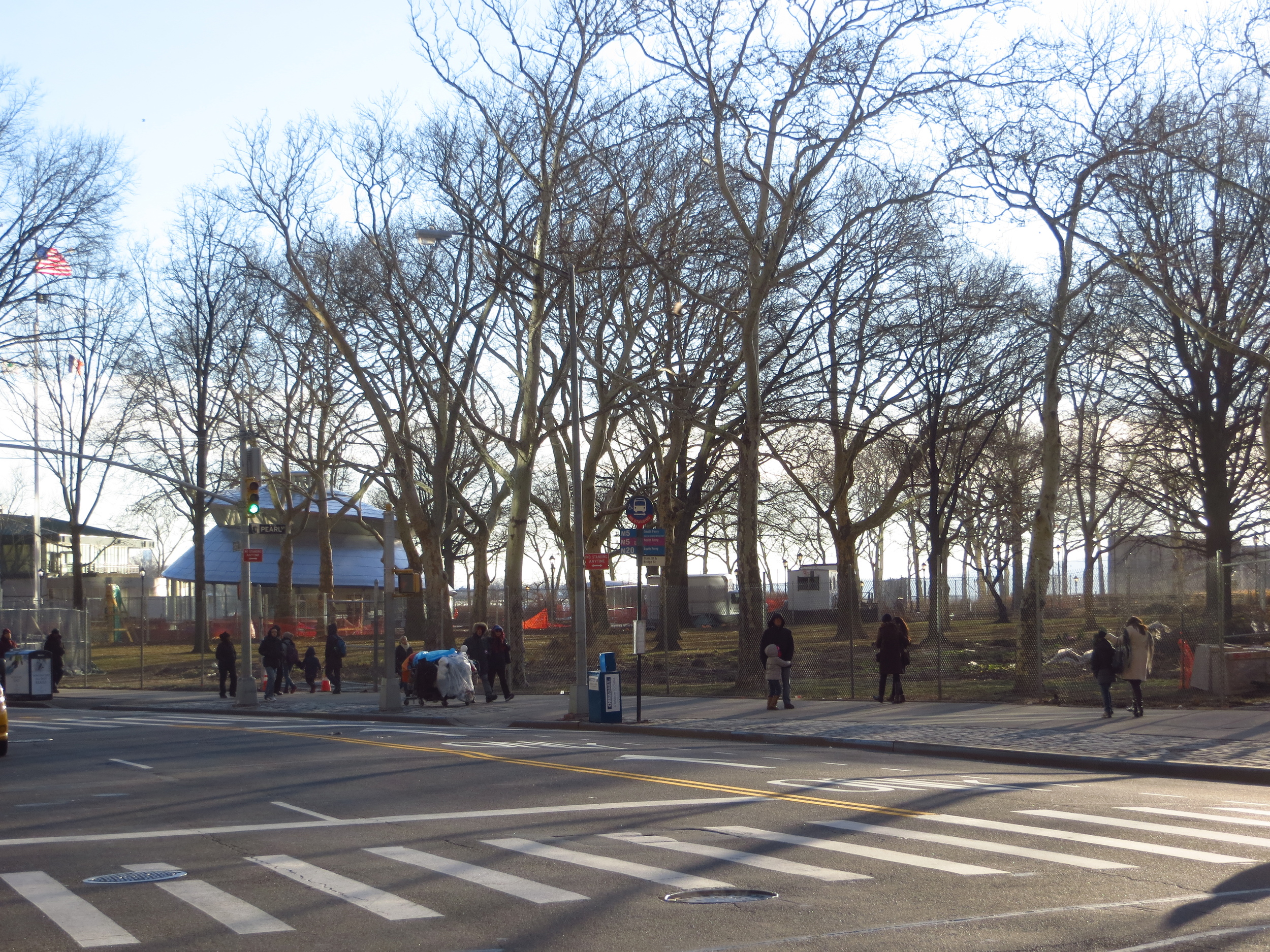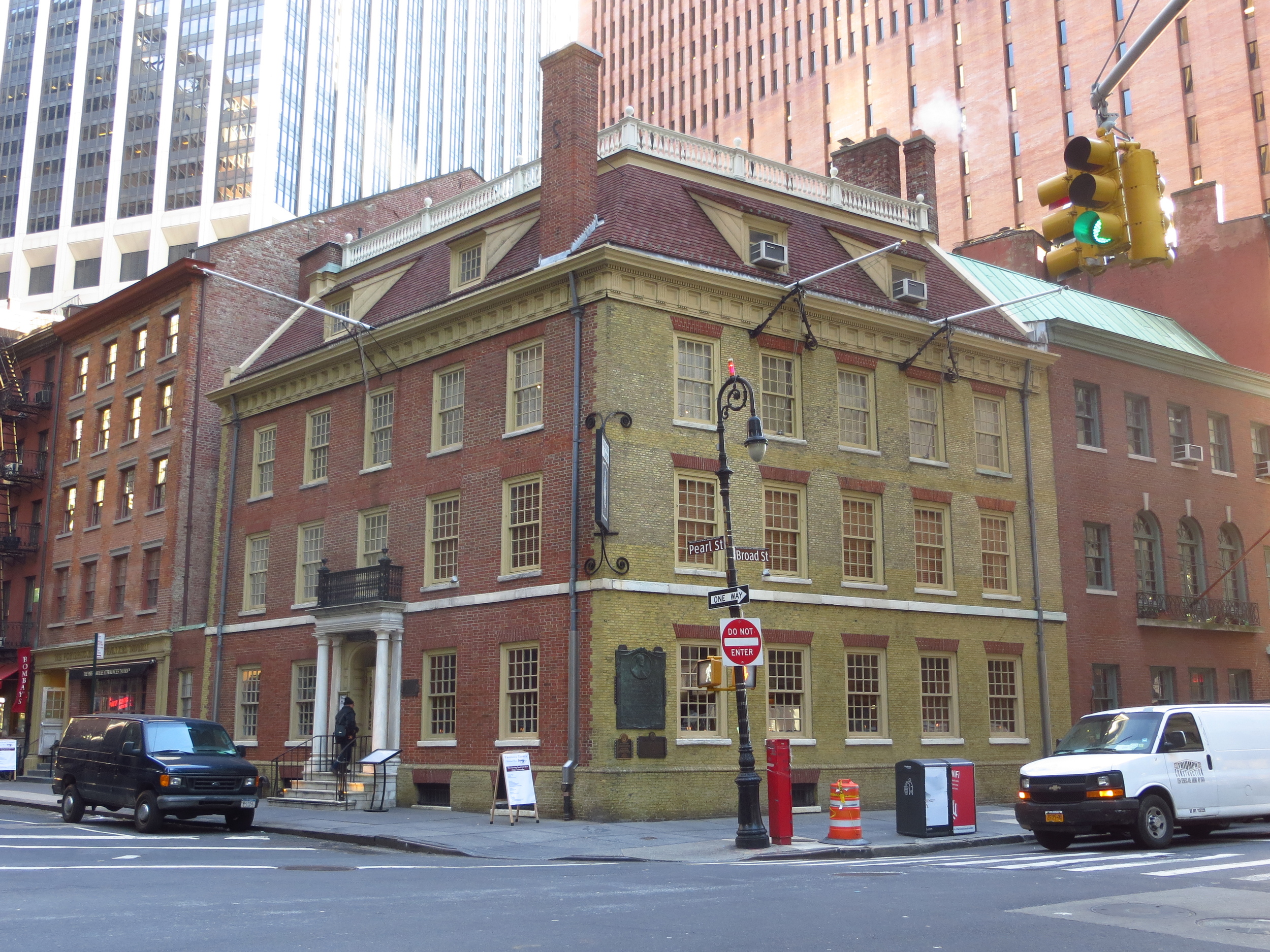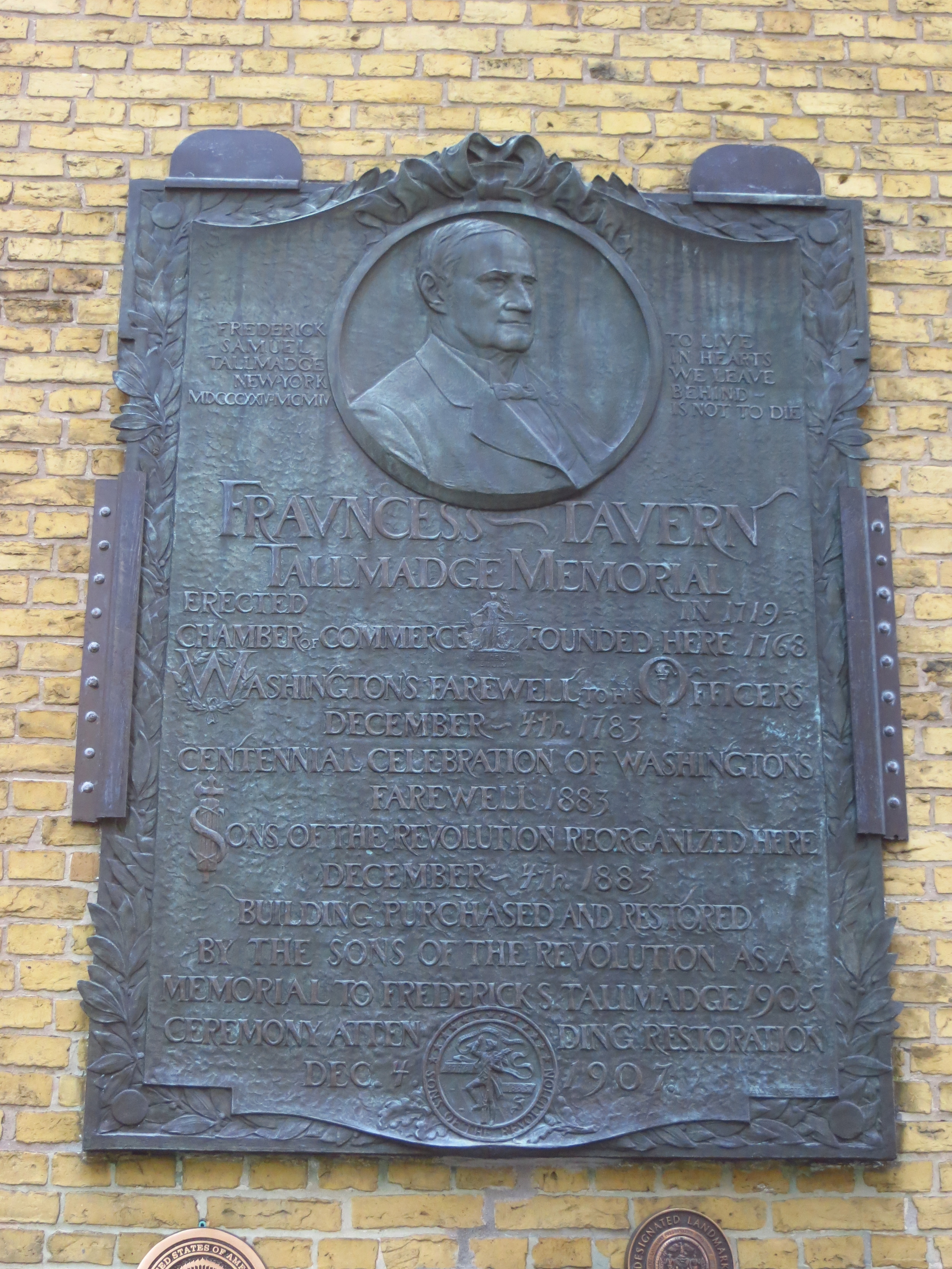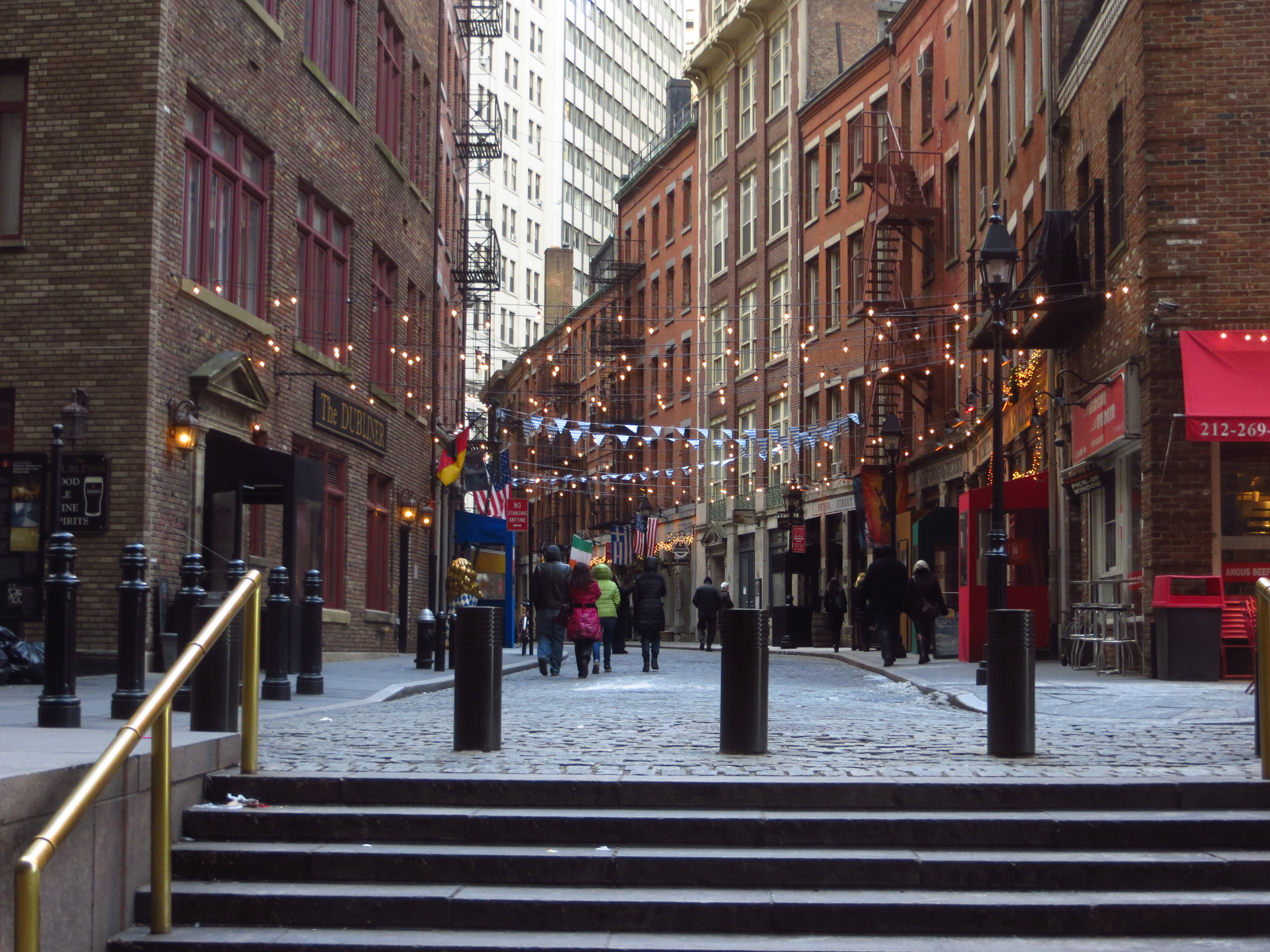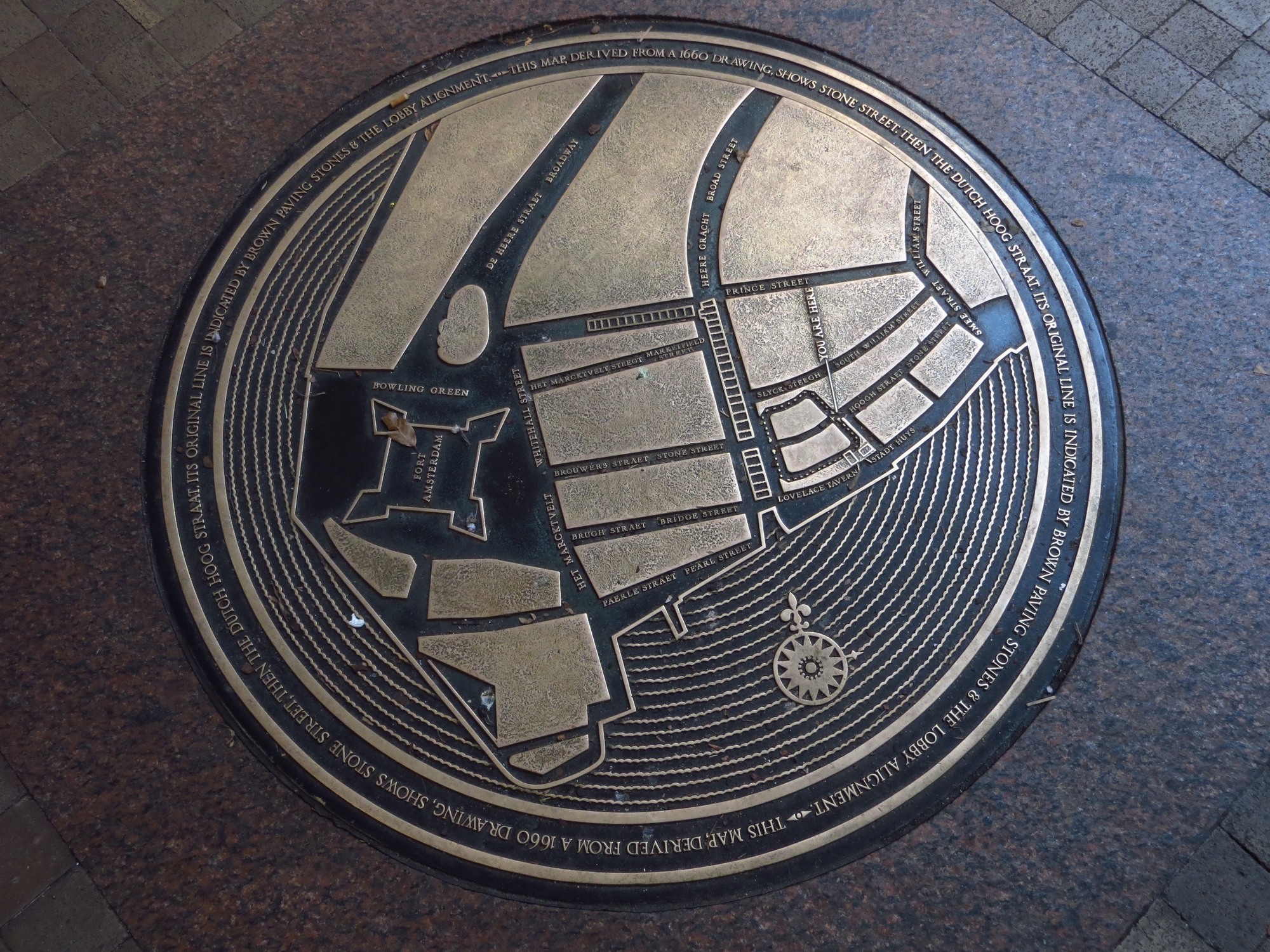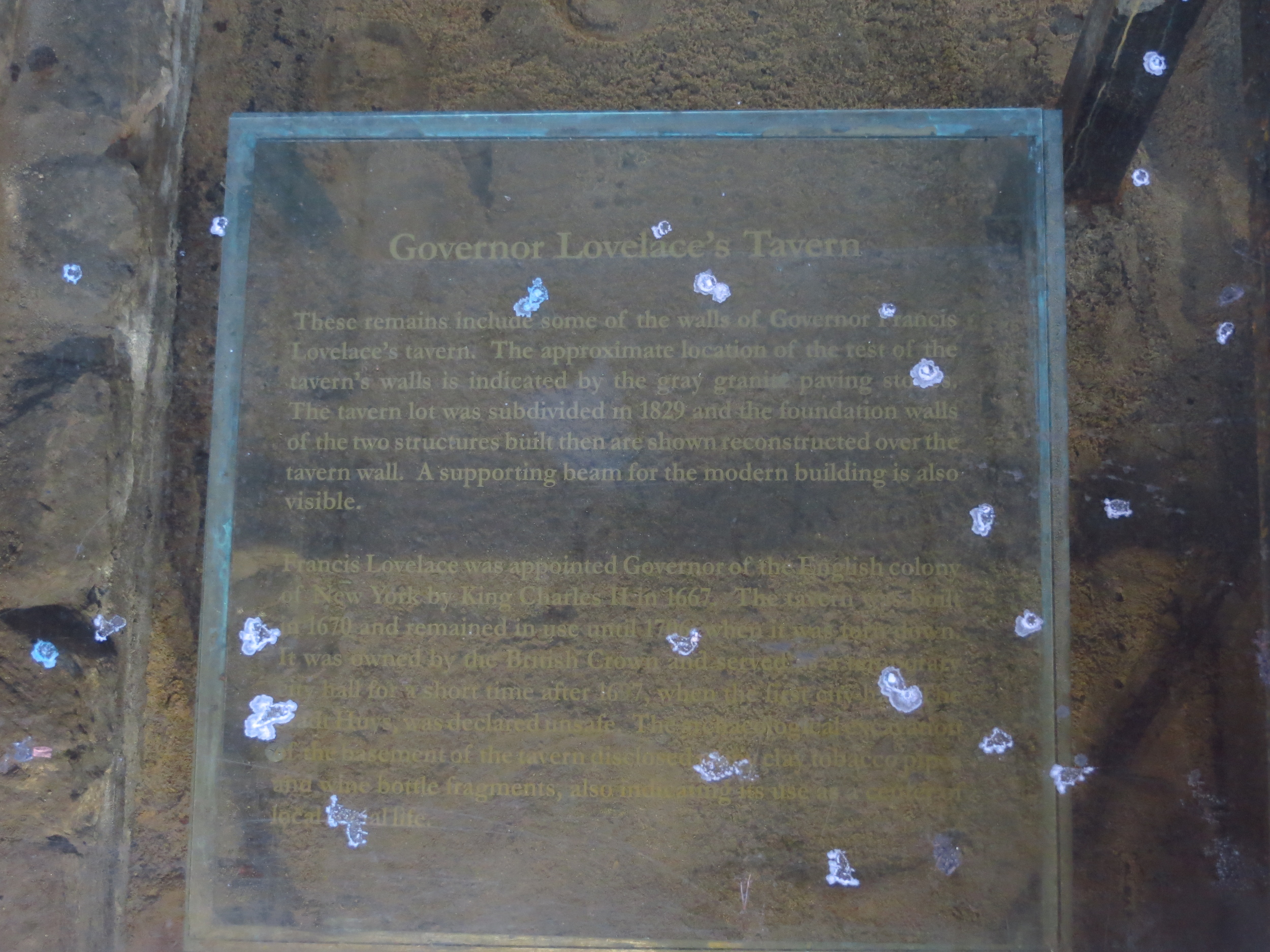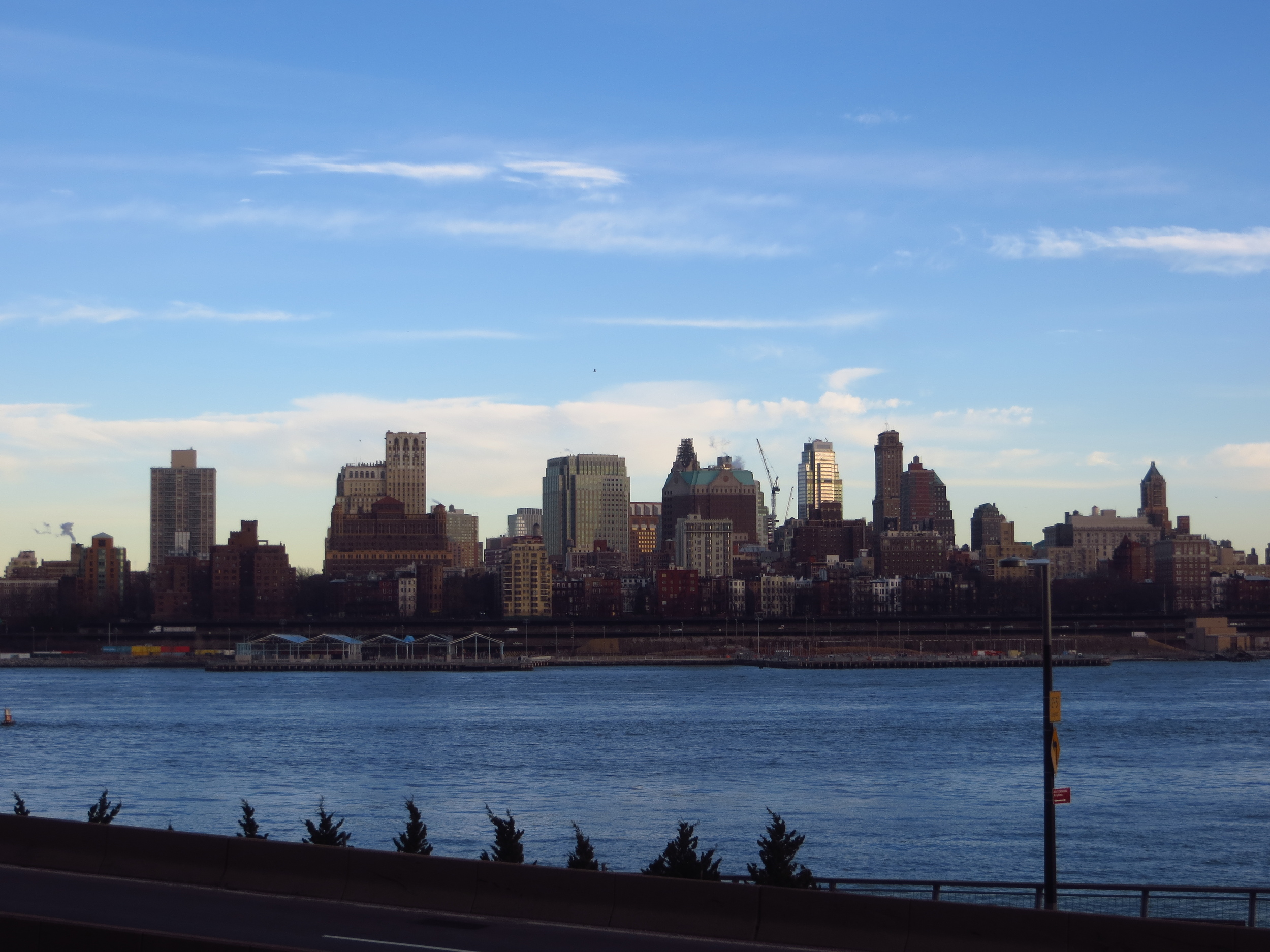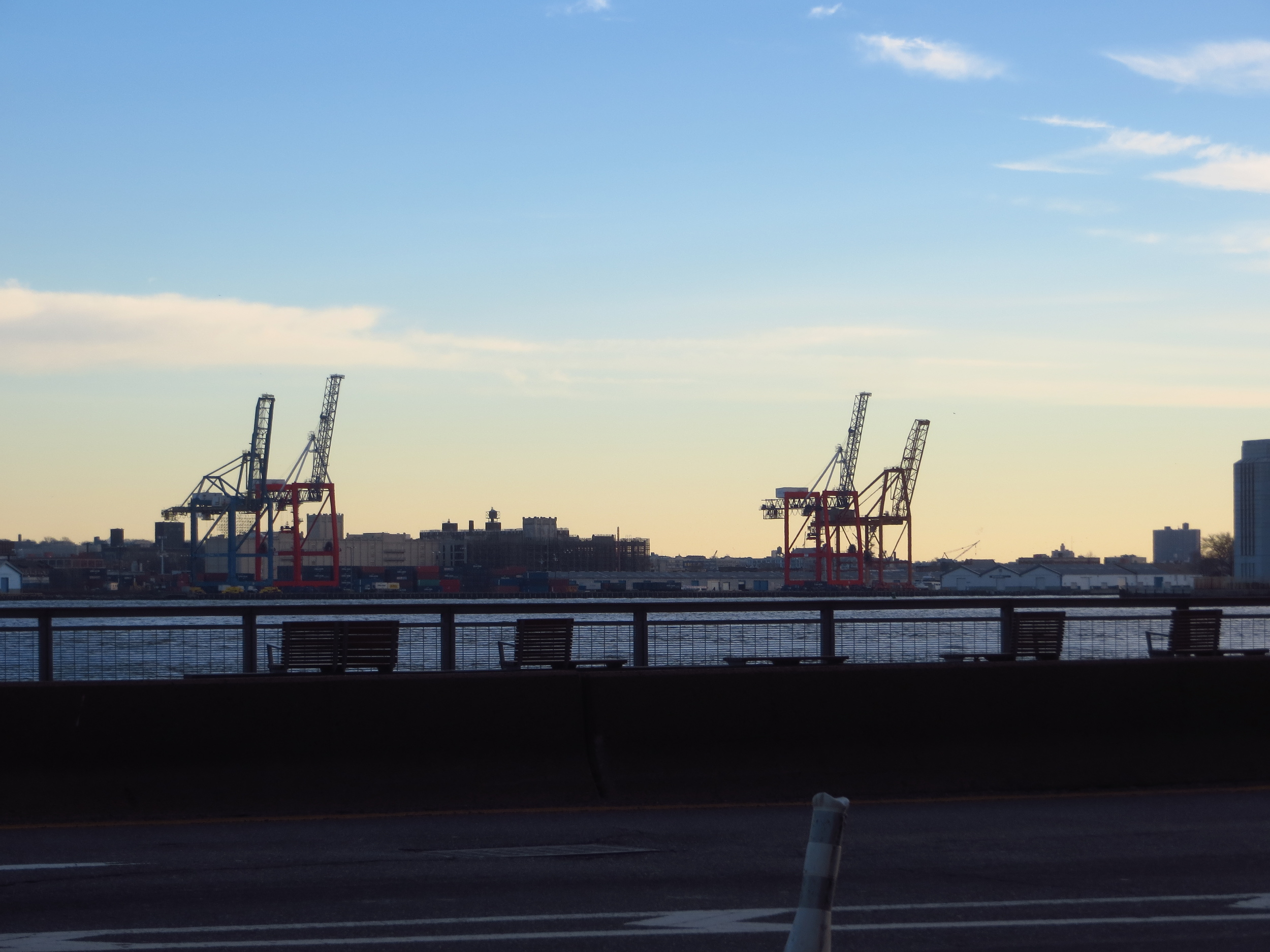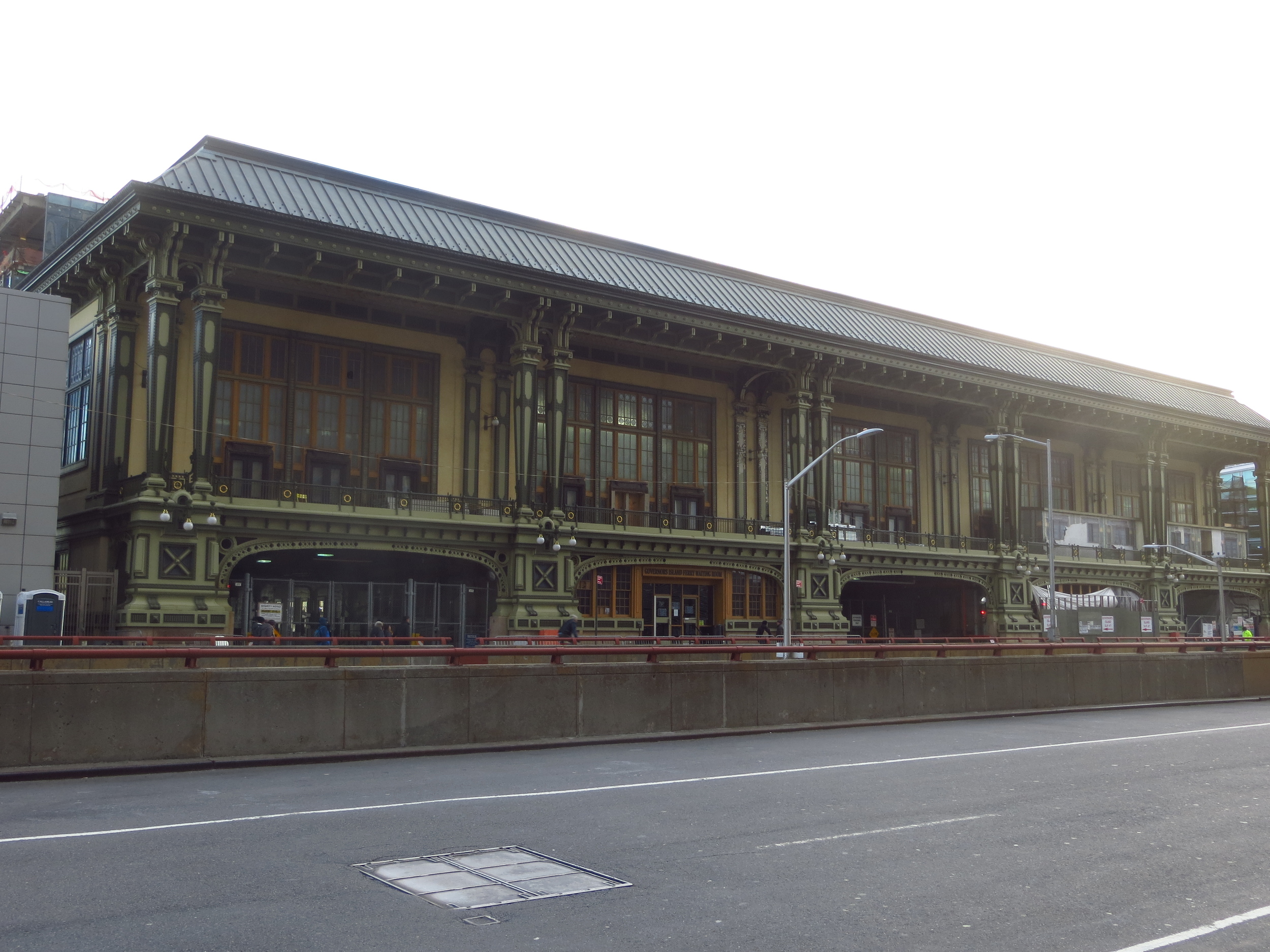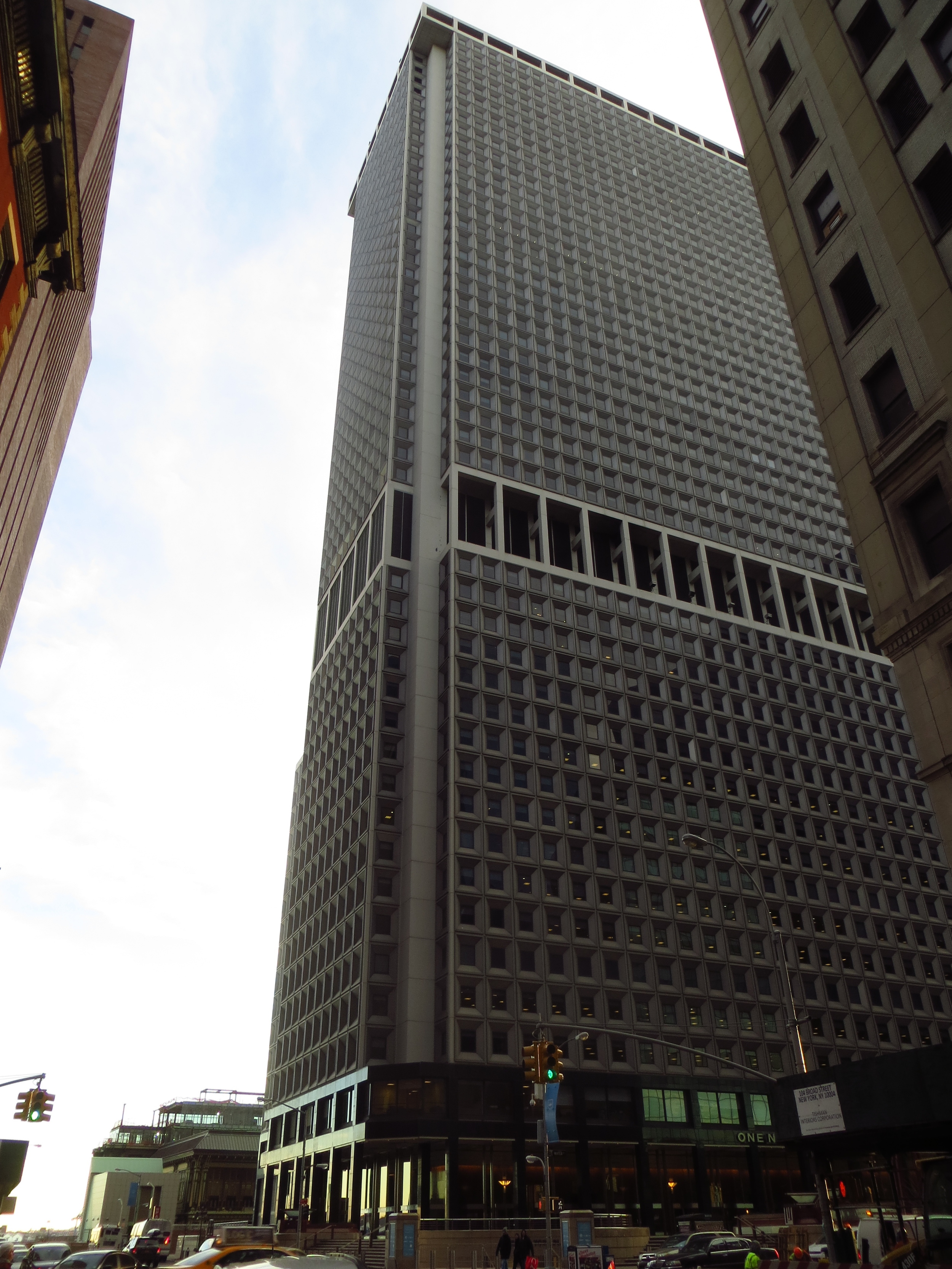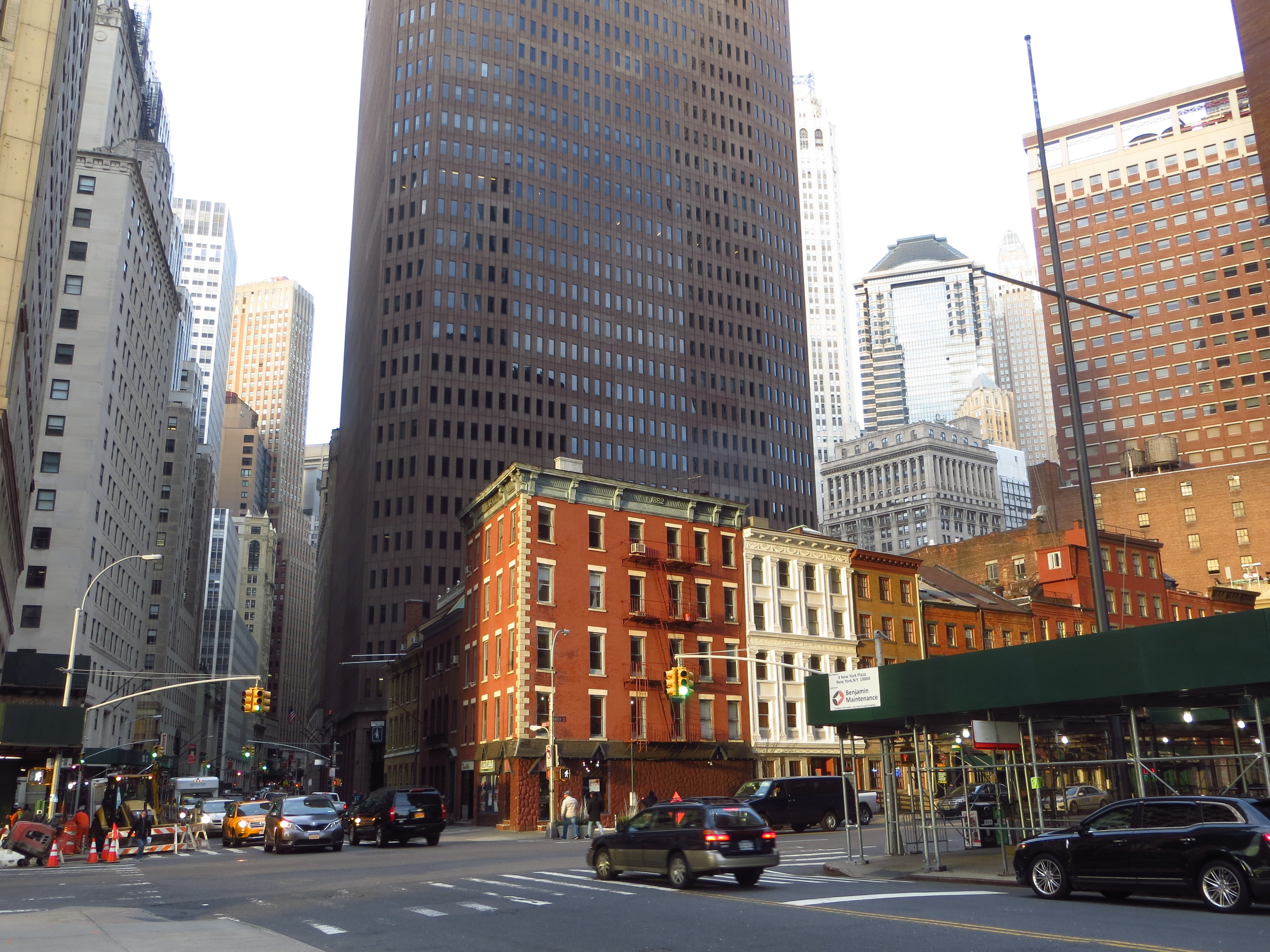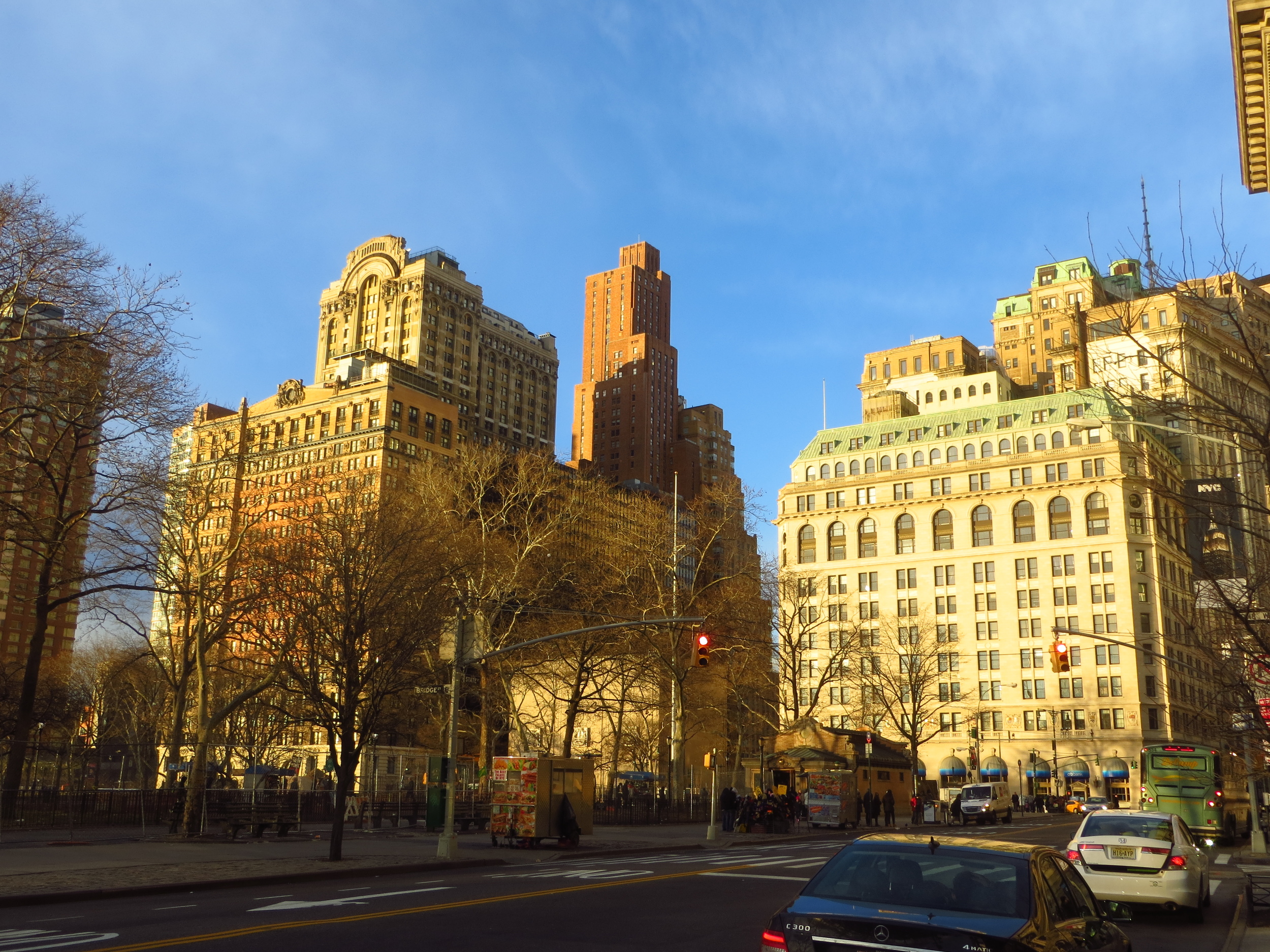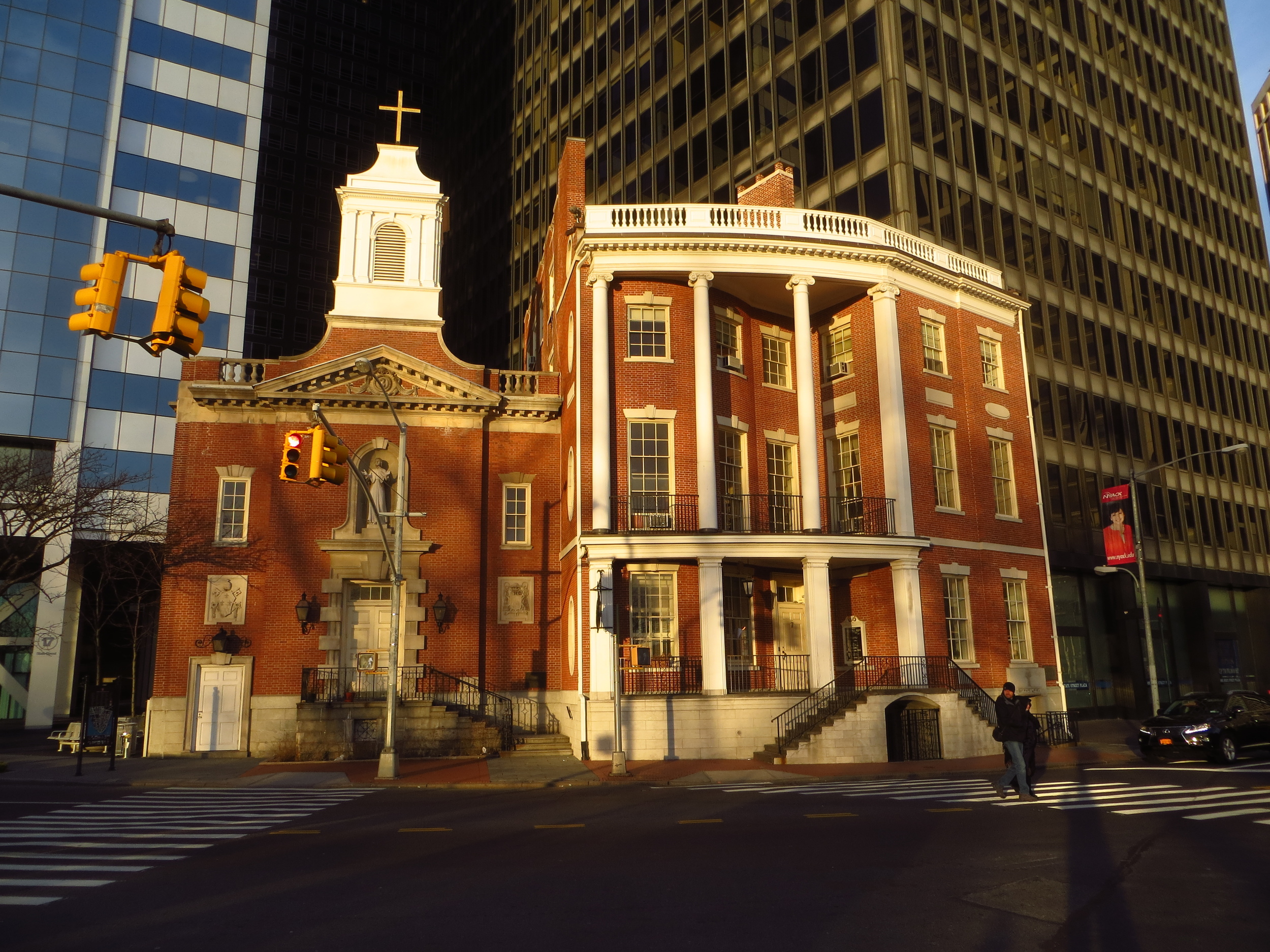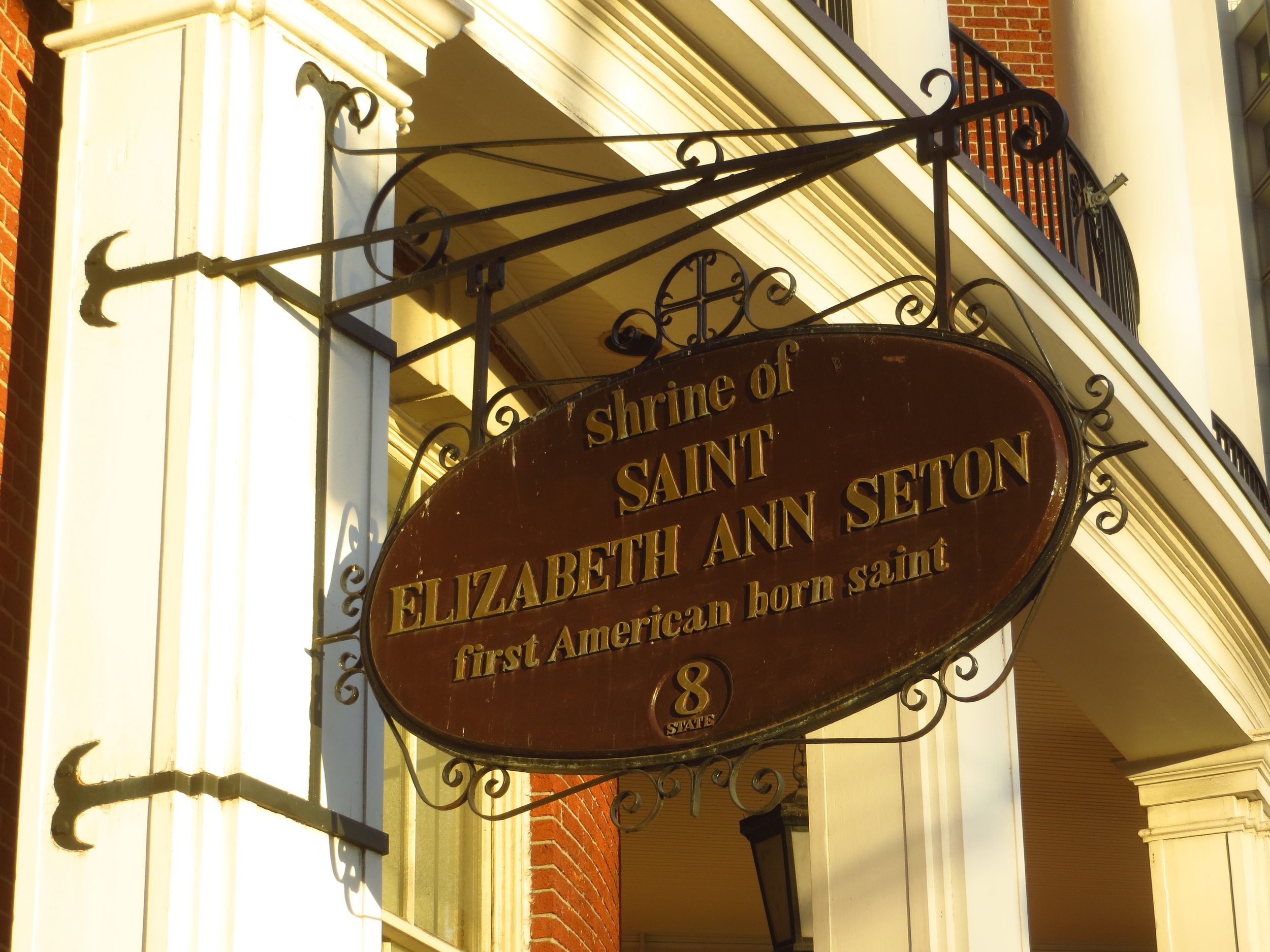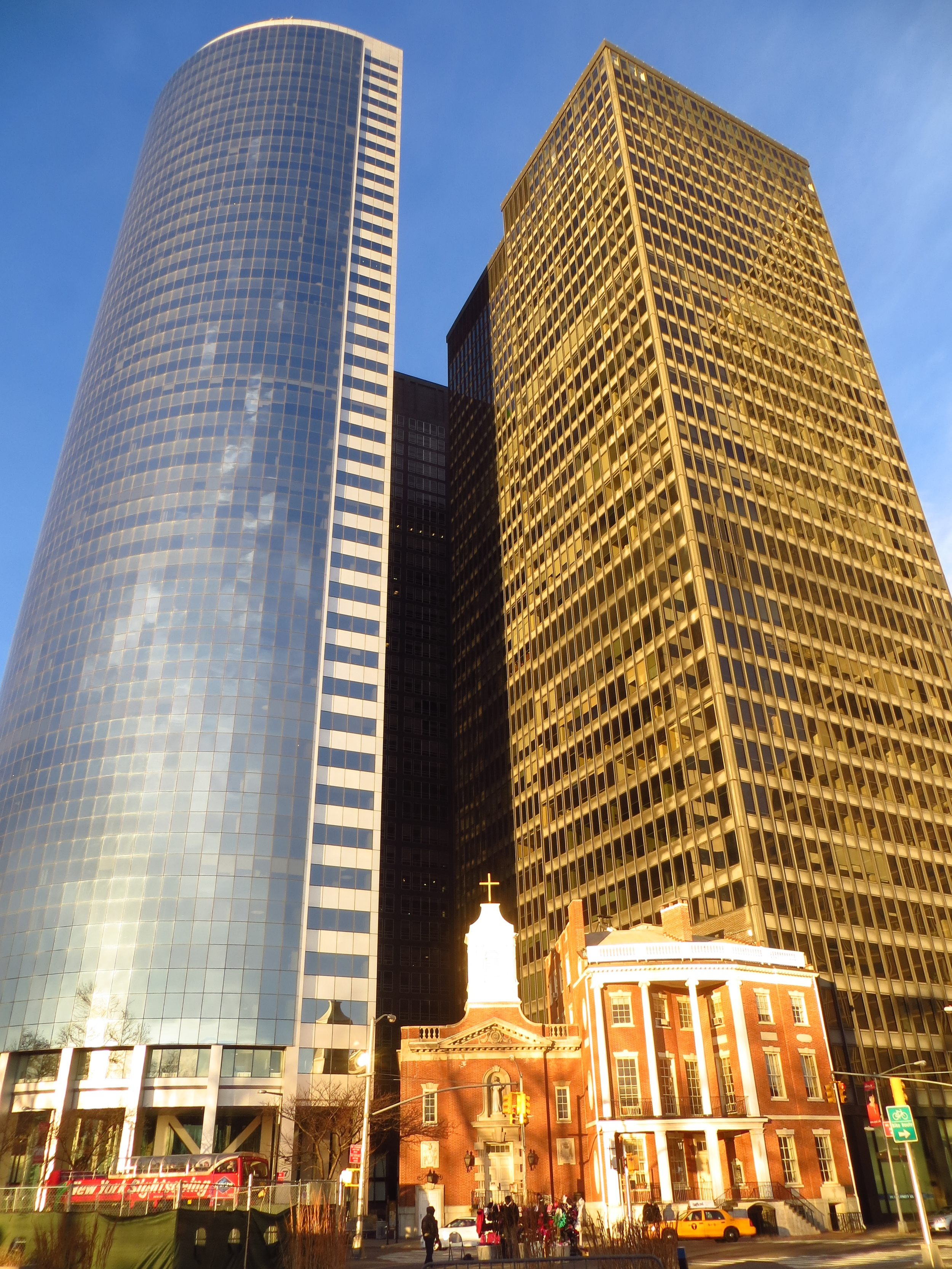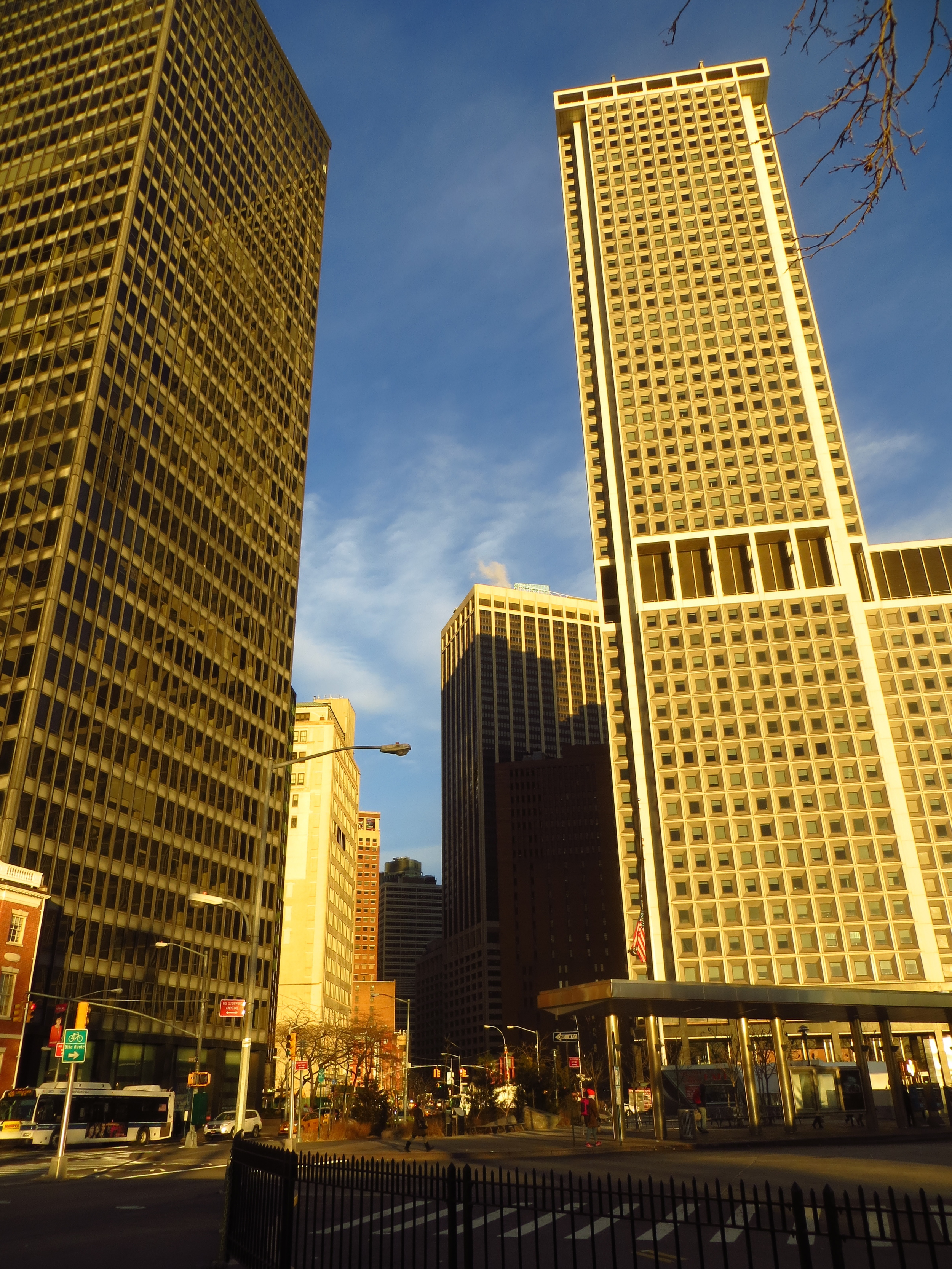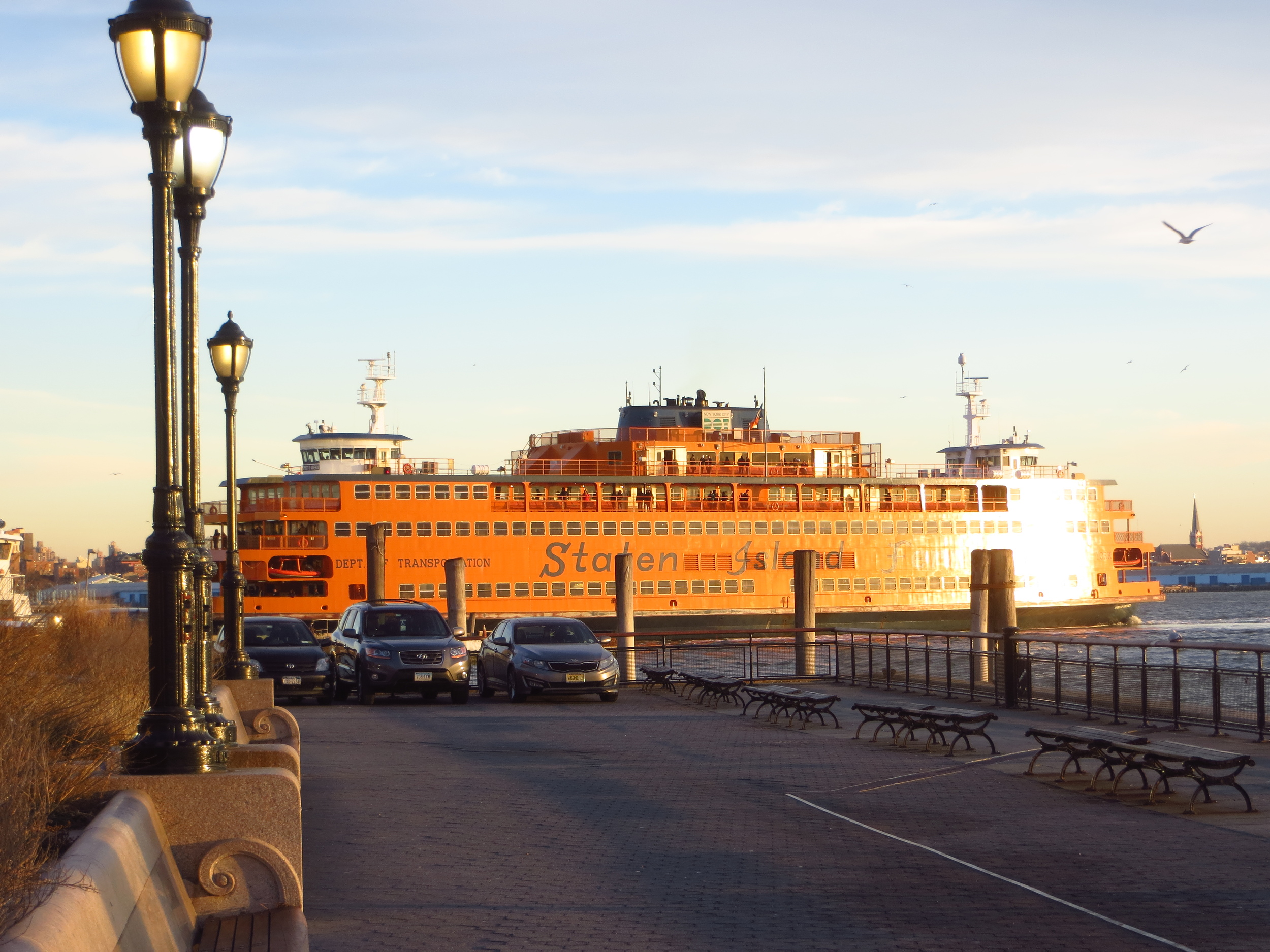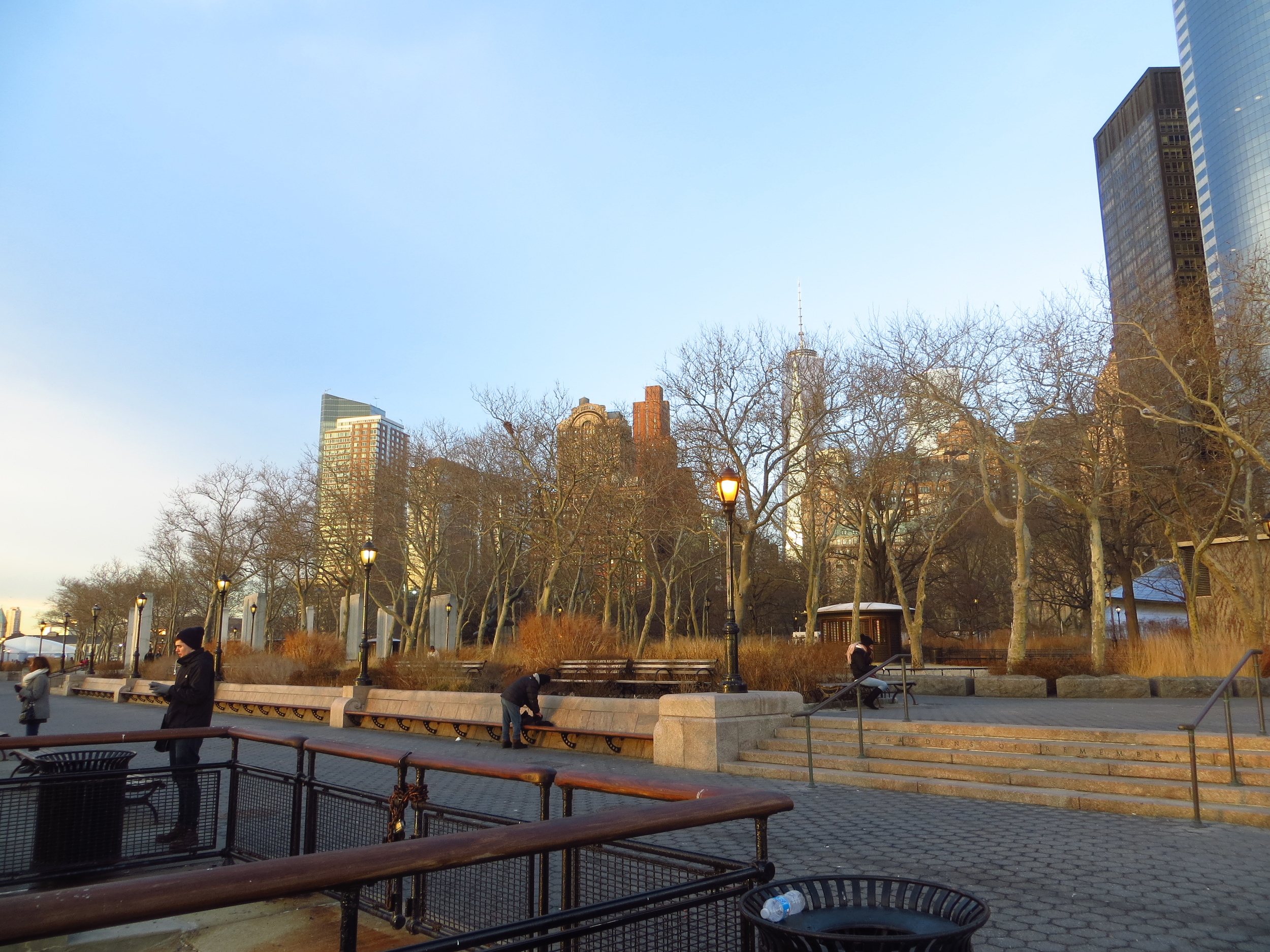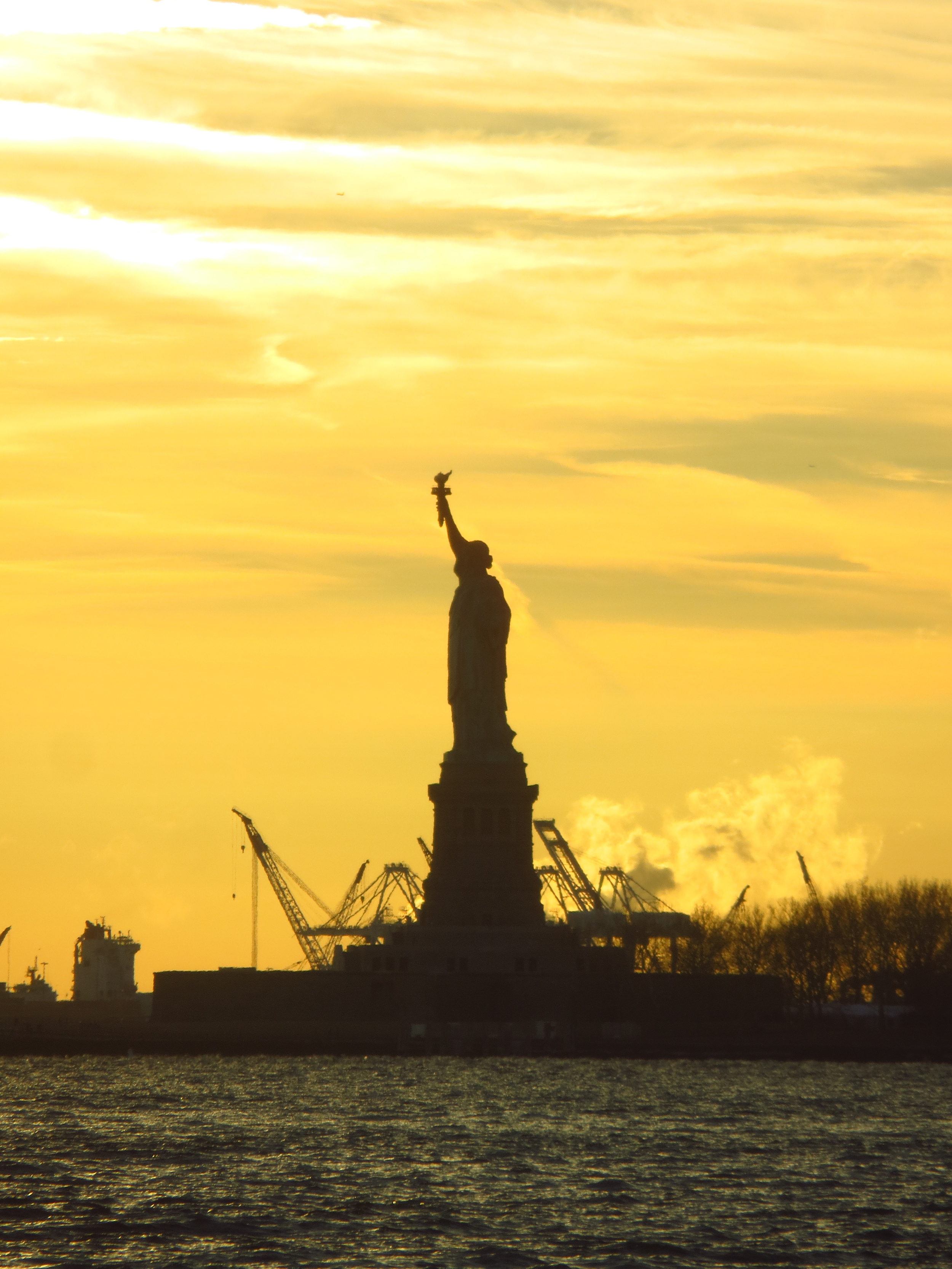New Amsterdam
I went back to Lower Manhattan today for a walk around the Financial District and Battery Park City at the very southern end of the island. Total distance was around 8 miles.
Today's walk (everything inside the red border)
New York got its start in Lower Manhattan as the Dutch colony of New Amsterdam in 1625, and this walk includes some of the City's oldest history. I'm not a native New Yorker, but in the four years I've lived here I've come to believe that New York's place in early American history is unfairly overlooked. From a young age it's hammered into us that America was co-founded by the settlers at Jamestown and the Pilgrims, and these were the people who gave us our national character. Here's the thing - these groups were terrible and I think you could make a much better case for New York being the true source of the American ethos. But you can't just go throwing shade on core components of the American founding myth without justifying your argument, so here it goes. [Side note: I'm not a historian and make no representations that the diatribes that follow paint a fair and unbiased picture of events.]
Why Jamestown Was Terrible
Jamestown was founded as a commercial venture by the Virginia Company; a royally sanctioned but privately funded enterprise whose goal it was to establish profitable settlements in the New World. Jamestown was settled in 1607 by a bunch of aristocratic English entrepreneurs whose bold sense of adventure almost made up for their lack of agricultural knowledge and general survival skills. They built their fort on a swampy island in the James River that they chose largely due to its lack of Native American inhabitants. Of course, the reason no Native Americans lived on the island was that it was mosquito-ridden, unsuitable for agriculture, had no access to potable water and was generally unfit for human habitation. As a result, two-thirds of the settlers had starved to death within a year.
Despite the somewhat regular flow of resupply ships carrying food, tools, and additional settlers, the colony just couldn't get it together. Of the approx. 6,000 colonists who settled in and around Jamestown between its founding and 1624, almost half died as a result of starvation, disease, or war. They also never found an ounce of gold or silver (their initial goal) and after several years of trial and error (mainly error), the combination of a sweeter-tasting strain of the tobacco plant and a seemingly endless supply of slave labor allowed Jamestown to become a viable settlement, but not before the Virginia Company was dissolved by King Charles I and Virginia made a royal colony.
Moral of the Story: Private enterprise fails in spectacular fashion (killing half of its employees in the process) and requires a government bail-out to turn a profit.
Why the Pilgrims Were Terrible
If you paid attention in 2nd grade American history, you would know that the Pilgrims were persecuted for their religious beliefs, and unable to find tolerance in the Old World, courageously traveled to America to form a colony where people would be free to practice their religion as they saw fit. This is mostly false.
It's true that the Pilgrims, who could be best described as Puritan extremists, faced religious persecution in England, but what history books always leave out is that religious tolerance was less than 300 miles away in the the Netherlands. In 1609, the Pilgrims sailed across the English Channel to the Netherlands, where they were welcomed by the Dutch and allowed to practice their religion as they pleased. The 17th-century Dutch were well ahead of their time as far as religious tolerance was concerned, and had what amounted to a "live and let live" philosophy on religious diversity. So long as the Pilgrims' religious activities didn't impede on the rights of the Dutch, they didn't care how the Pilgrims spent their Sundays. Story over, right?
Nope - the Pilgrims found the Netherlands a little too free for their liking. While the older members of the congregation had difficulty adapting to life in the Netherlands, their children were only too happy to integrate with the more free-thinking and permissive Dutch. They learned the language and several left the congregation, either to seek employment elsewhere in the Netherlands or to enlist in the Dutch army. On top of that, it appeared that a truce in the Eighty Years' War between the Netherlands and Spain was in danger of ending, meaning that there was a possibility that the Pilgrims might actually have to fight to protect the freedoms that they claimed to hold so dear. So in 1619, rather than stay and let their religion stand on its own merits in the Netherlands' free marketplace of ideas and/or physically fight for their right to free exercise of religion, the Pilgrims decided to run away.
They sent representatives to England to secure a charter to settle the mouth of the Hudson River (which had recently been explored by the Dutch), which was granted in July 1619 and funding secured through a group of private investors. They set sail on the Mayflower in September 1620, and made landfall in Cape Cod in November. They then tried to sail south to the Hudson, their original destination, but found the seas too rough and, to the relief of every present-day New Yorker, were forced to turn back. Ironically, the Dutch had initially offered to let them settle in Cape Cod (then a part of the New Netherlands colony), but so great was the Ingrates'...sorry, the Pilgrims' desire to avoid Dutch influence that they opted to go with the offer from the English (their original oppressors).
Anyway, the Pilgrims eventually disembarked at Plymouth in late December where nearly half of the party promptly died. Apparently no one questioned the wisdom of emigrating to an unfamiliar and unsettled (by European standards) foreign land in the middle of winter. That's not brave, that's just stupid. The 50% mortality rate would have likely been 100% had it not been for Squanto. Squanto, the Native American who spoke English after having been kidnapped by an English explorer and essentially forced into slavery for about 15 years, inexplicably took pity on the Pilgrims and taught them how to grow crops, hunt, fish, and not die.
Anyway, now that the Pilgrims had made it to the new world, they set up a society where all would be free to practice the religion of their choice, right? No again - attendance at their church was mandatory. So the Pilgrims didn't really come to America in search of religious freedom, they came to America in search of the freedom to be the only religion. A few decades after its founding Plymouth began to receive immigrants outside the Puritanical faith, many of them Quakers, and in 1645 leading citizens actually petitioned the colony to grant "full and free tolerance of religion to all men that will preserve the civil peace and submit unto the government." This was firmly rejected by the Governor, who would later enact laws formally disenfranchising the Quakers (and anyone else with different religious beliefs), and Quakers would be periodically expelled from the colony. I could go on, but you get the picture.
Moral of the Story: Religious fanatics, unable to adapt to a pluralistic society (and too cowardly to fight for their religious freedom), establish a theocracy. Survive only as a result of help from a kind pagan with poor pattern recognition and proceed to act like a bunch of hypocrites when other persecuted persons of faith arrive.
A Short History of New Amsterdam and Why It Wasn't Terrible (Or at the Very Least, Less Terrible)
The first known European to visit New York was Giovanni Di Verrazzano, an Italian explorer working for the French, who sailed into New York Harbor in 1524. A Spanish expedition arrived the following year and sailed into the mouth of the Hudson, but after that the area was largely forgotten. Europeans didn't return until 1609, when English explorer Henry Hudson sailed up the river that would later bear his name while on a mission to find the Northwest Passage for the Dutch East India Company. After determining that the river did not lead to another sea, he backtracked and explored the area around New York. The entire region, from Delaware Bay to Cape Cod, would be claimed for the Dutch in 1614 and named New Netherland.
The first permanent Dutch settlement in New Netherland was a fur trading outpost established on Nut Island (today Governor's Island), a small island south of Manhattan in New York Harbor, by the Dutch West India Company (a merchant-backed, government chartered company, similar to the Virginia Company) in 1624. In 1625 the settlement was moved to the southern tip of Manhattan where a fort was built to defend the mouth of the Hudson River and their fur trade operations upriver from attacks by the English or French. Although the settlement would be known as Fort Amsterdam for the next 28 years, this is generally considered to mark the official founding of New Amsterdam (and by extension New York).
The following year the new leader of New Netherland, Director-General Peter Minuit, made the legendary purchase of the island of Manhattan. He traded an estimated $1,100 worth of Dutch goods with the Lenape tribe in exchange for exclusive use of Manhattan. While this has traditionally been framed as a raw deal for the Lenape, they may have actually come out on top, since the island (at least according to Wikipedia) was actually largely controlled by a rival tribe at the time.
It's also worth noting that when the Dutch arrived, Manhattan was much smaller than it is today. If you look at the Castello Plan, a map of New Amsterdam circa 1660, you'll see that the shore of the Hudson River river ran along what is today Trinity Place on west side of the island and the East River met the island at what is today Pearl Street. The land that today makes up Battery Park didn't exist. Over the ensuing centuries the island was expanded using infill - so much so that today more of the area south of Wall St. (named for a defensive wall built along the northern end of the settlement) is infill than natural island. Even the World Trade Center is built on land that would have been riverbed in 1625.
It would be an exaggeration to say that the settlement immediately prospered; between 1625 and 1640 Fort Amsterdam's population only grew from 270 to about 500. But it did not face the self-inflicted hardships experienced by the Jamestown settlers or the Pilgrims. As far as I've been able to ascertain, the Dutch pretty much knew what they were doing and as a result didn't face mass starvation or disease.
As the Dutch upriver fur trade expanded, the settlement at Fort Amsterdam grew in importance as a trading hub, and the population doubled between 1640 and 1650. The settlement's growth was further aided by the arrival of a new Director General in 1647; Peter Stuyvesant. Stuyvesant, who walked with a peg leg after a run-in with a Spanish cannon ball in St. Martin, was not a lot of fun but ran a tight ship. He was selected by the Dutch West India Company to restore a level of order in the colony that they felt had been lacking. Although it didn't win him any friends (he was fairly unpopular with the masses), Stuyvesant did his job and Fort Amsterdam thrived as never before.
The settlement officially became a Dutch city and changed its name to New Amsterdam in 1653, and over the next decade its population boomed from around 1,500 to nearly 2,500 inhabitants; only about half of which were Dutch. Because the New Amsterdam was considered to be a commercial venture first and foremost, its ethnic / racial / religious composition of New Amsterdam wasn't of particular concern to its residents or the Dutch West India Company. So long as a person was willing to work hard and not be a burden on others (or a jerk), they were welcomed (or at least tolerated) in New Amsterdam. This policy attracted talent from all over the world and was a key component in New Amsterdam's growth. Stuyvesant was a notable exception to this rule, and was hostile to those who did not belong to the Dutch Reformed Church. But when he petitioned the Dutch West India Company to expel a group of Sephardic Jews that had come to the city after fleeing Portuguese persecution in Brazil, he was told that such an action would be "unreasonable and unfair", and instead the Jews were granted permanent residency.
The English had long maintained a claim to New Netherland, but nothing much had ever been done about it until King Charles II gave the colony to his brother, the Duke of York, as a gift. The Duke, who would later attach his title to the city, was quick to claim his prize, and the Dutch history of New York came to an end in August 1664 when four English warships entered the harbor and demanded New Netherland's surrender. Stuyvesant initially refused and promised a fight to the death, but this didn't sit well with the rest of the city's residents. The half that weren't Dutch saw no reason do die for Stuyvesant's nationalistic pride, and the half that were Dutch thought of New Amsterdam more as a company and themselves employees. If anything, being under British rule would expand their trading opportunities with other colonies to the north and south. So instead of getting themselves killed in a fight they were never going to win, they negotiated a deal with the British that allowed them to keep on going about their daily lives much as they had been. No property was confiscated and the ethnic / racial / religious tolerance that many of the city's residents had enjoyed was maintained. Even old Peter Stuyvesant decided to stick around, and lived out the rest of his days at his Bouwerij (Dutch for "farm") north of town, in what would later be known as the Bowery.
Not much is left of Dutch New York in the physical sense. Large fires in 1776 and 1835 destroyed large swaths of Lower Manhattan and most of the buildings that didn't burn were eventually demolished to make way for new construction. Today New Amsterdam's most recognizable contributions to the City are the confusing street plan below Wall Street, the numerous Dutch names of neighborhoods and streets (Harlem, Bowery, Brooklyn, Bronx, Beekman, etc.), and America's values of hard work and equal opportunity for all.
Moral of the Story: Motivated by profit, hard working men and women found a successful company. Hiring practices are based on merit and do not allow for discrimination based on race, religion, national origin or color. Avoid unnecessary violence/layoffs when a larger conglomerate makes a buyout offer they can't refuse.
